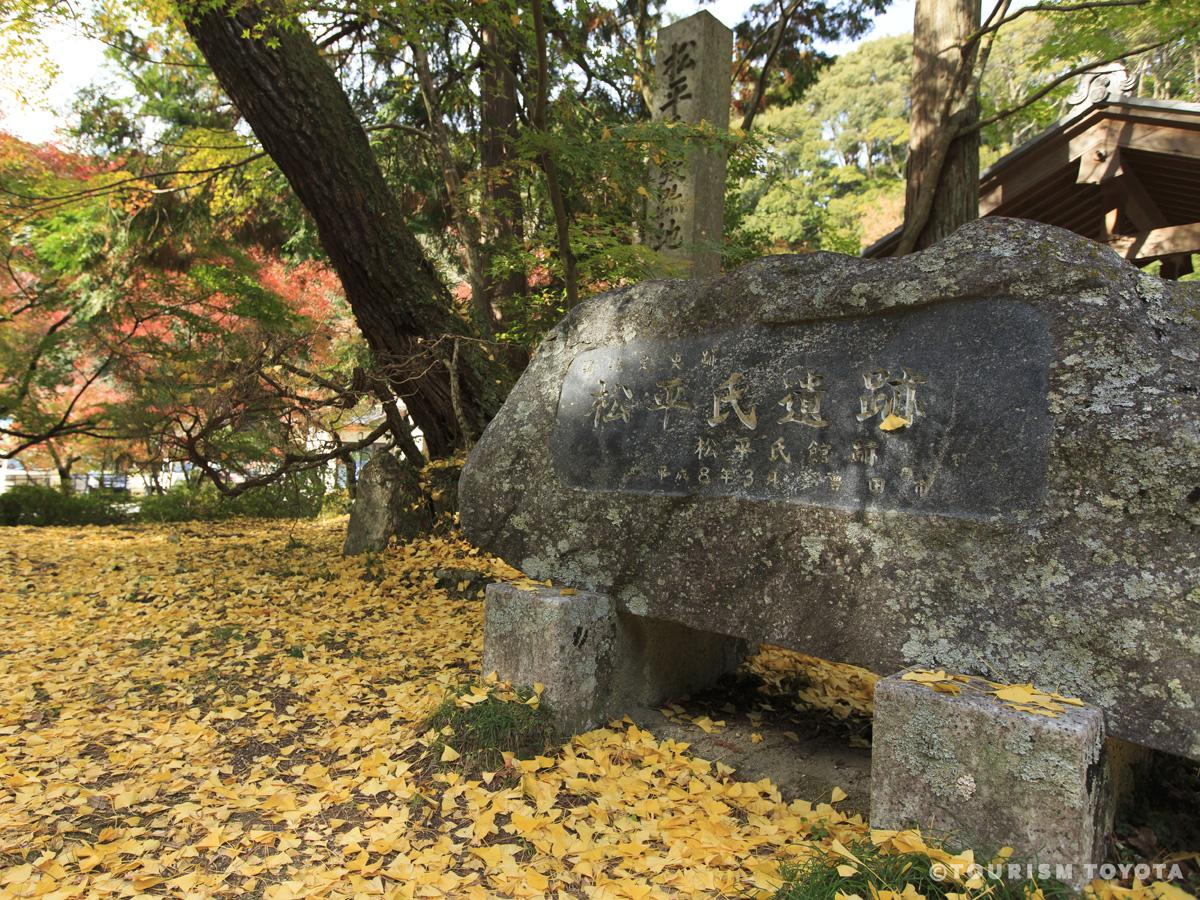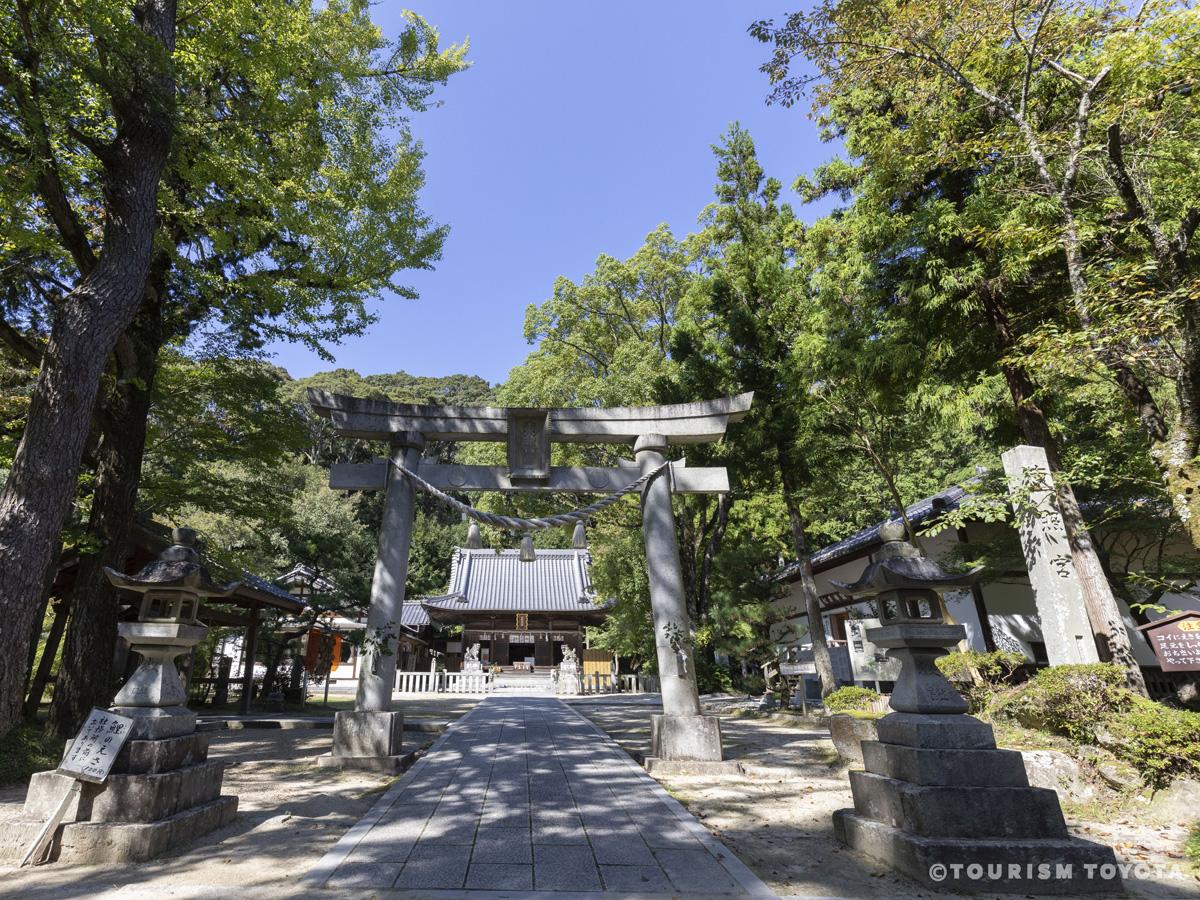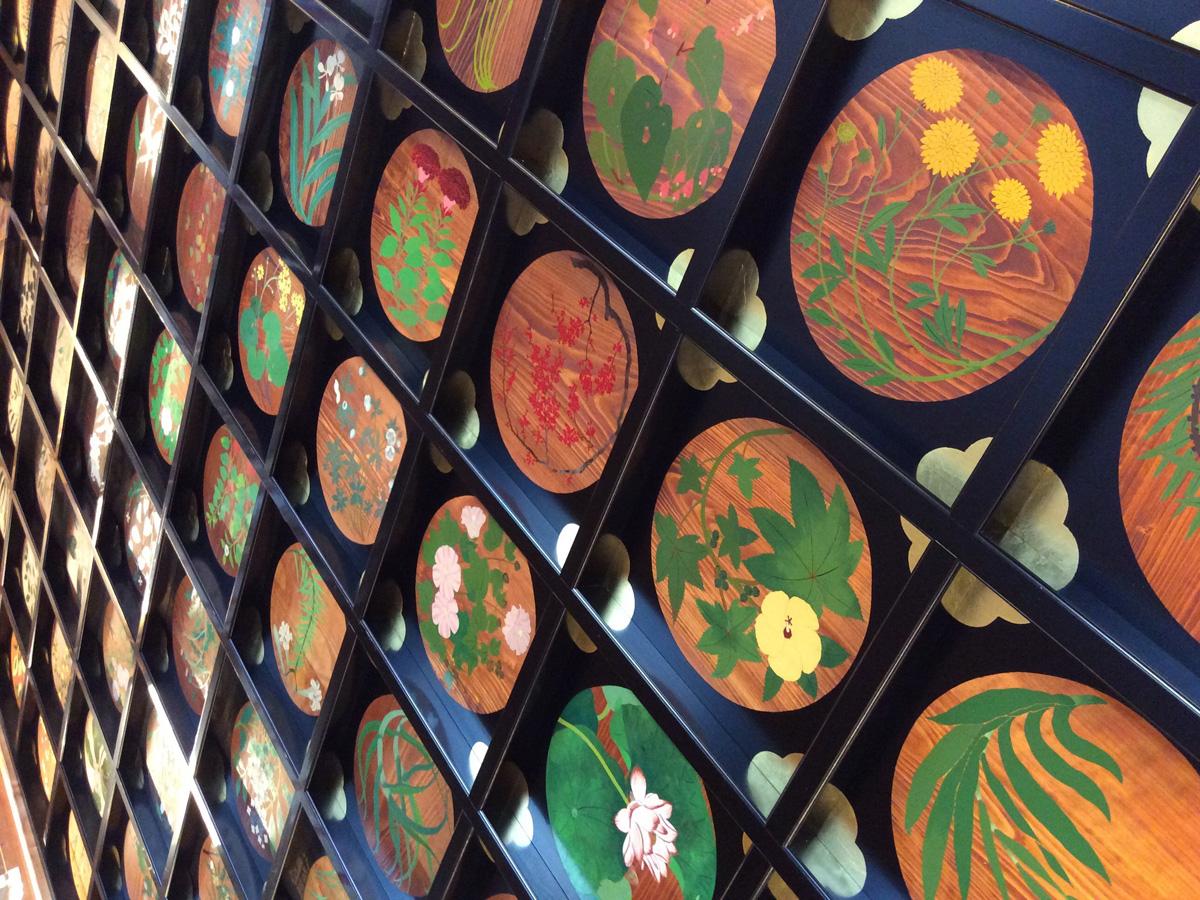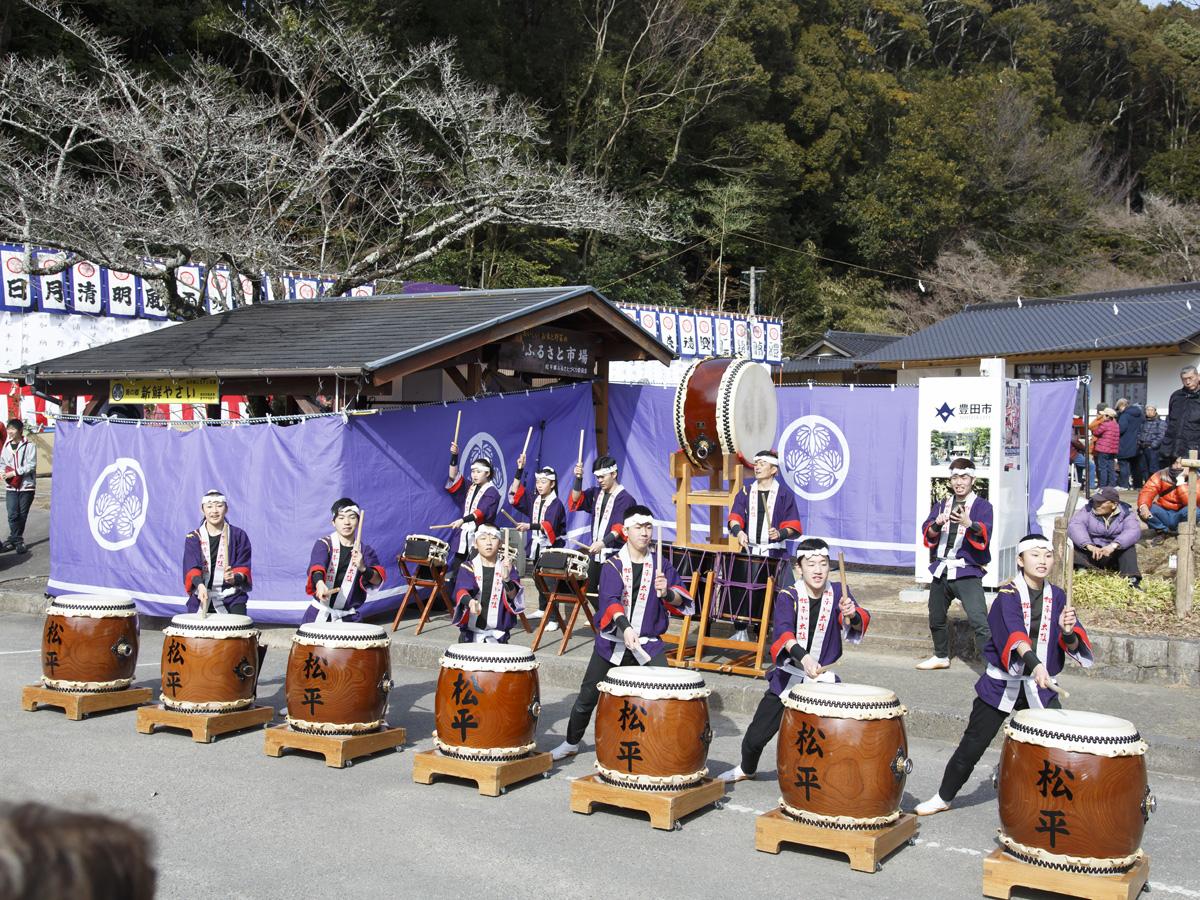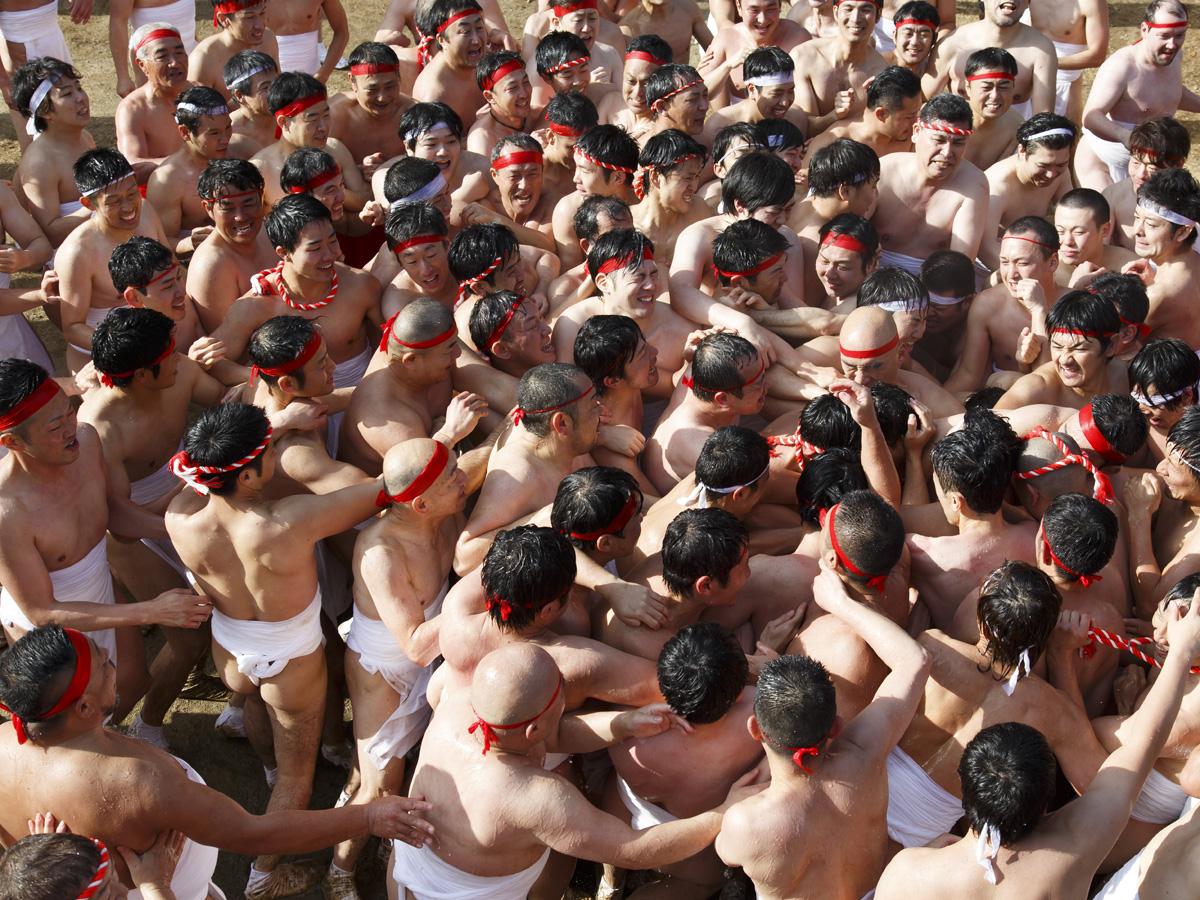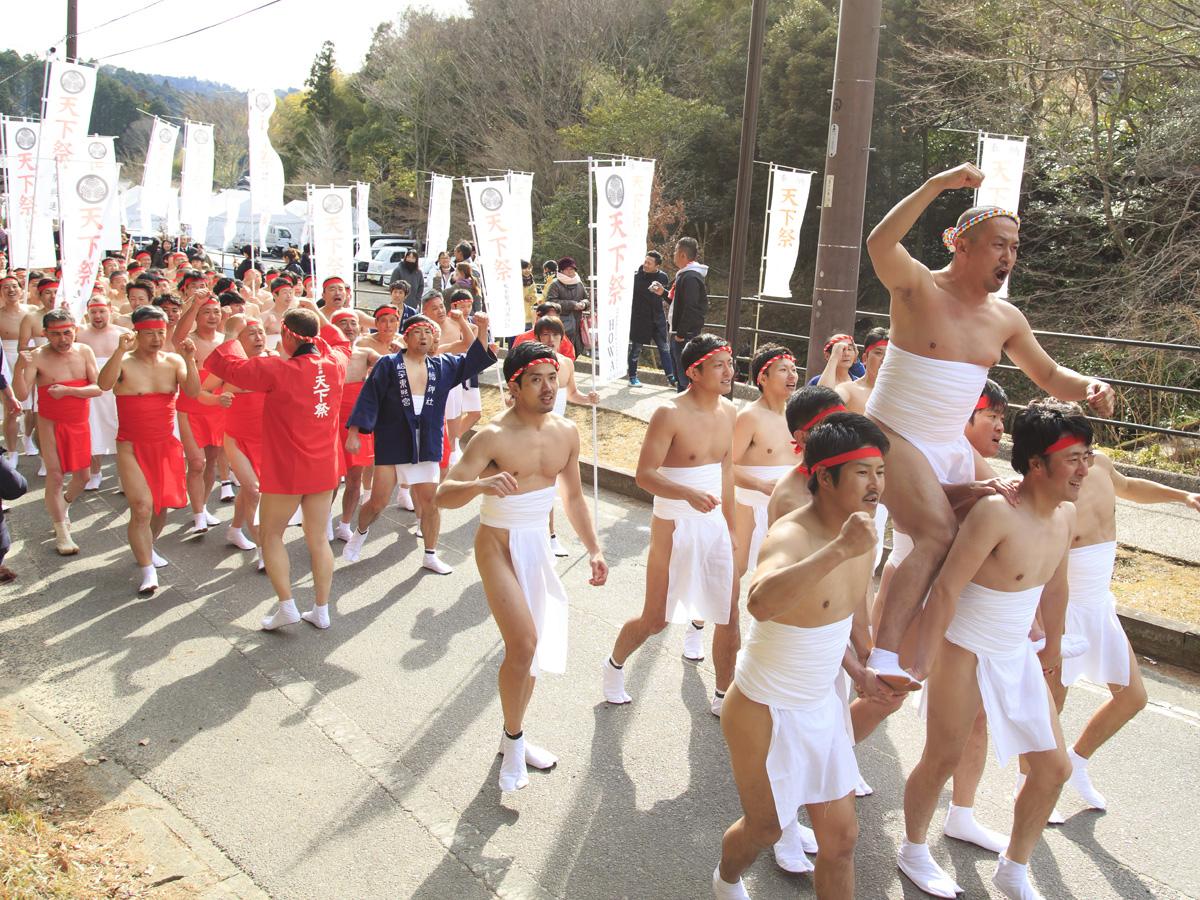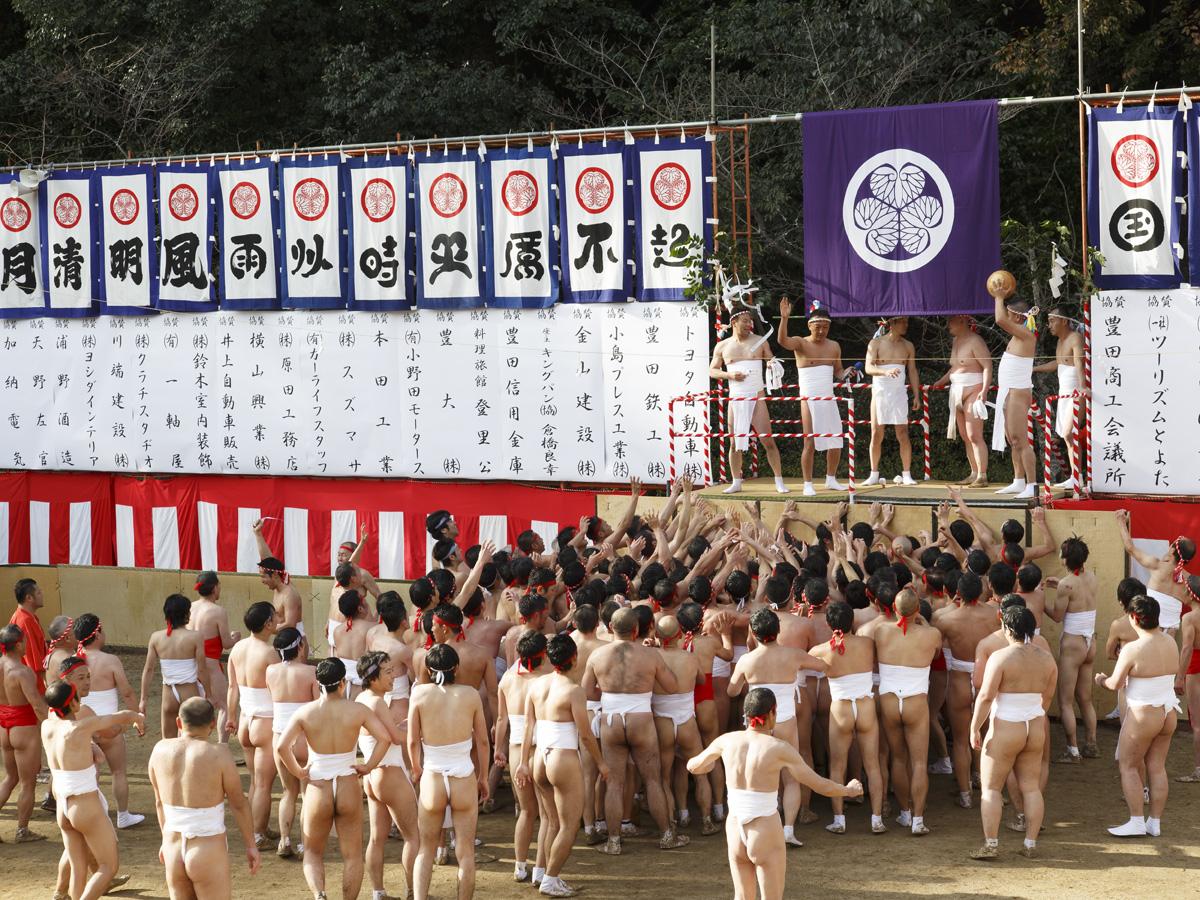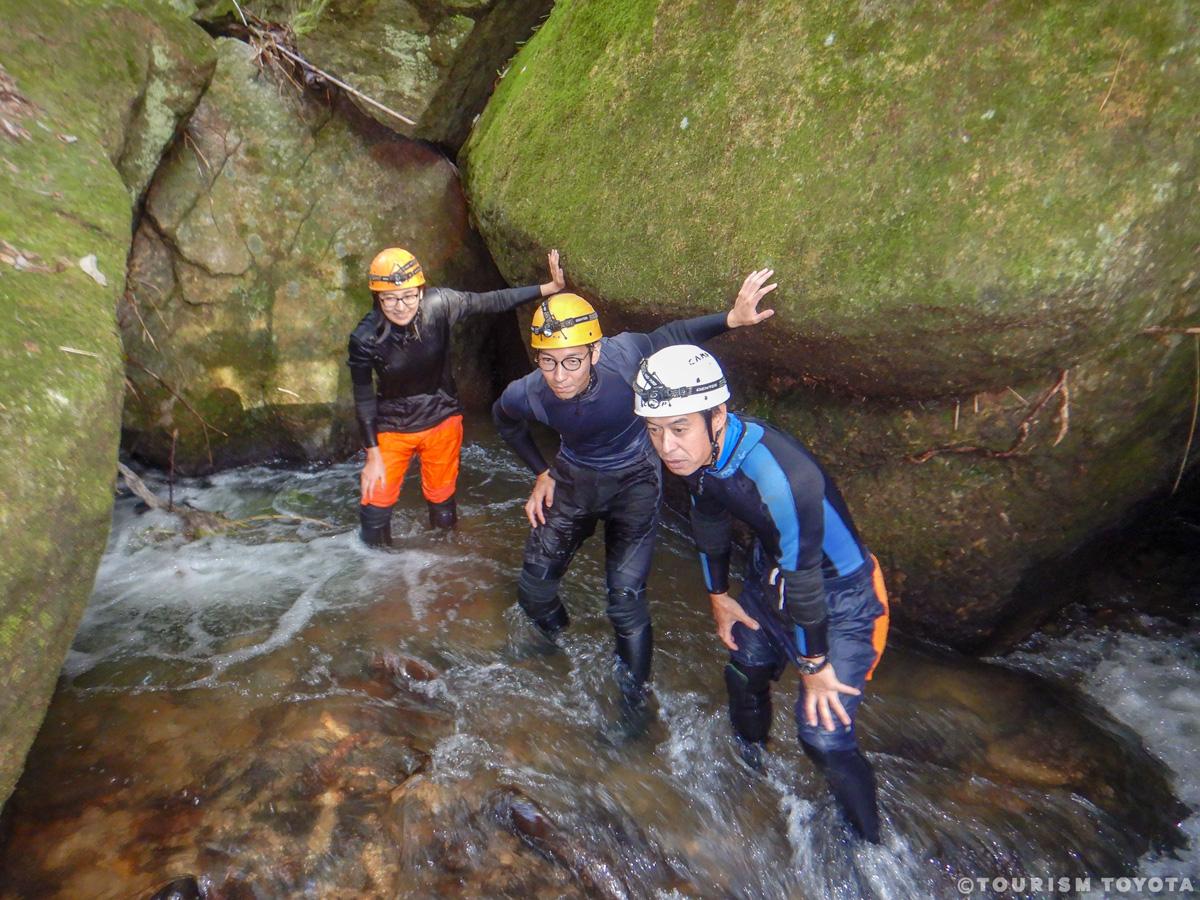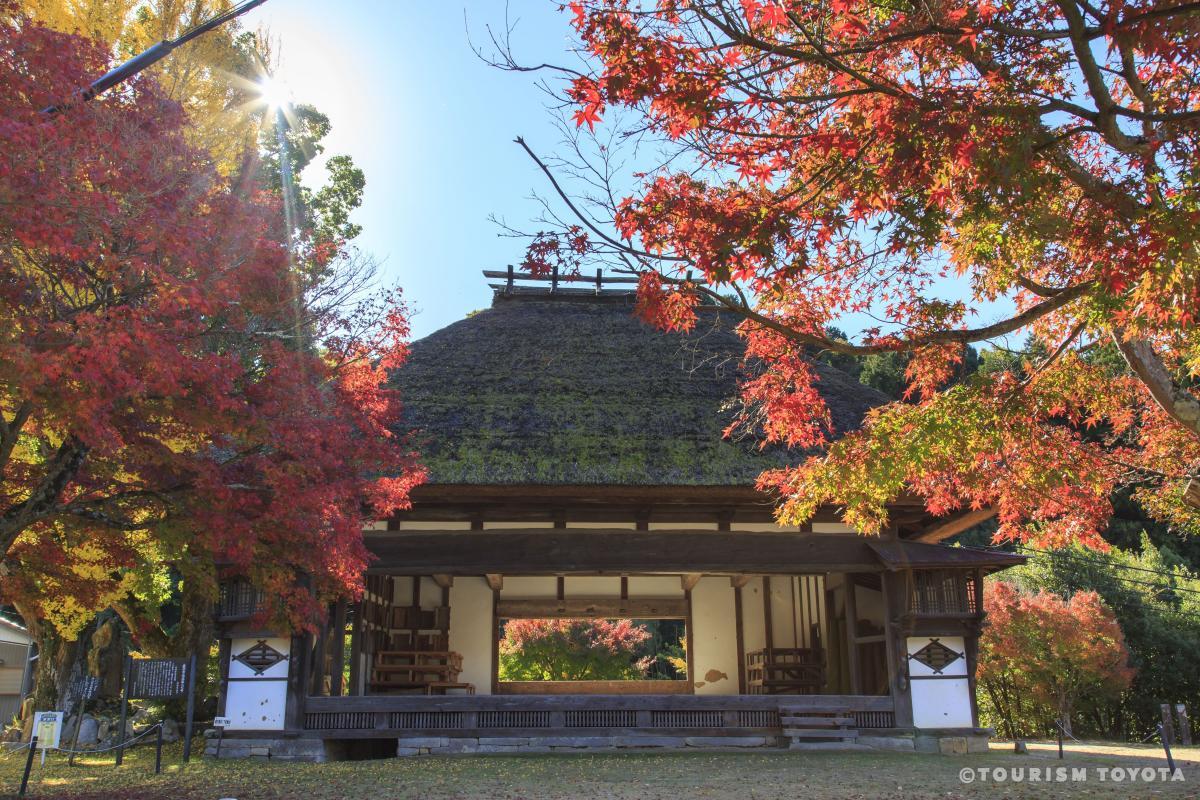Matsudaira-go and the Matsudaira Family
The village of Matsudaira (Matsudaira-go) in the mountains southeast of central Toyota is the ancestral home of the Matsudaira, one of the most influential samurai families in Japanese history. A Shinto shrine, Buddhist temple, two former hilltop strongholds, and a museum convey the origins of this family that first rose to local prominence and eventually came to rule all of Japan with the establishment of the Tokugawa shogunate (1603–1867).
According to local lore, the village of Matsudaira was founded in the late thirteenth century by nobleman Ariwara Nobumori, who moved there from Kyoto, which was the capital at the time. Nobumori’s son Nobushige took over the estate from his father. One day, Nobushige received a visit from an itinerant monk named Tokuami (d. 1394?). The monk fell in love with Nobushige’s daughter Suihime, married her, and thus became heir to the Ariwara household. Tokuami assumed the name Matsudaira Chikauji, thereby founding the Matsudaira family. His date of death is unconfirmed.
Chikauji placed the seven nearest villages under his control, and his successors expanded the family’s domains even further, advancing across the plains to the south and west. By the mid-1500s, the Matsudaira controlled most of Mikawa Province (the eastern half of present-day Aichi Prefecture). Their base of power was Okazaki Castle, about 13 kilometers southwest of Matsudaira-go. This castle was the birthplace of Matsudaira Takechiyo (1543–1616), the ninth head of the Matsudaira family.
The expanding power of the Matsudaira was largely subdued by powerful rivals, but Takechiyo survived and cultivated a network of alliances that eventually made him one of the most formidable warlords of his time. He changed his name to Tokugawa Ieyasu, and following the decisive victory at the Battle of Sekigahara in 1600, established the Tokugawa shogunate that was to rule Japan until 1867.
The Matsudaira name lived on within the Tokugawa family because only the heirs of each branch were called Tokugawa, while their siblings used the Matsudaira name. There were several other branch families of the Matsudaira as well, many of which were granted domains or important positions within the shogunate.
At the heart of present-day Matsudaira-go is Matsudaira Toshogu Shrine, where Tokugawa Ieyasu is enshrined as a Shinto deity. The shrine stands on the site of the former Matsudaira estate, a fortified compound at the foot of a steep mountainside that was protected by a moat on three sides. The estate remained home to a branch of the Matsudaira family well into the twentieth century. Further into the valley is Matsudaira-go Enchi Park, where a statue of Chikauji keeps watch over passersby. Beyond the park is Kogetsuin, the Matsudaira family temple.
Overlooking the road into Matsudaira-go is a hill where the Matsudaira were prepared to retreat in the event that the village should fall into enemy hands. Though known as Matsudaira Castle, this stronghold is thought to have consisted mainly of rudimentary fortifications around the top of the hill. Further west toward the mouth of the valley is the site where Ogyu Castle stood in the 1500s. The fragments of stone walls and ramparts visible there indicate that it was a much more “castle-like” fortification than was Matsudaira Castle.
Matsudaira Toshogu Shrine, Kogetsuin Temple, and the two castle sites together make up the Matsudaira National Historic Site.
Also known by its original name, Jakusei-ji Temple, Kogetsuin Temple was reputedly built in 1367 by the monk Kanryu with the support of Ariwara Nobushige (father of Chikauji’s wife). Tradition holds that it came to be known as Kogetsuin Temple in 1377, when Chikauji donated the main image of the Amida Buddha, as well as all of the halls and towers.
Later, Tokugawa donated a temple estate of 100 koku (1 koku was a year’s supply of rice for one person), and it received generous patronage from the reigning shoguns until the Meiji Restoration.
Within the precincts there is a Matsudaira family cemetery where stand the graves of Chikauji, Yasuchika, and the wife of Chikatada. The current temple gate and main hall were erected by the shogun Tokugawa Iemitsu in 1641, and many cultural properties are preserved there.
Matsudaira Toshogu Shrine

Matsudaira Toshogu Shrine is dedicated to the shogun Tokugawa Ieyasu and Matsudaira Chikauji, the founder of the Matsudaira clan. It is said that the temple was founded when Matsudaira Chikauji built a home here, and prayed to transfer Wakamiya Hachiman here as its patron deity. The site of the shrine is the former location of a Matsudaira clan residence. Located near the prayer hall is Matsudaira-Go Hall, which displays a variety of items connected with the Matsudaira and Tokugawa families. It is also the location of the Ubuyu no Ido well, used by the Matsudaira clan for ubuyu (a newborn’s first bath), and said to be sacred water that grants worshipers eternal youth and long life, as well as blessings for safe childbirth. There is a moat which runs on the south and west sides of the stone wall that is said to be the remains of a house built by Matsudaira Naoyoshi, 9th head of the clan, after the Battle of Sekigahara.
Matsudaira-go has walking trails throughout the area, making it recommended for taking a stroll while admiring the seasonal scenery.
Matsudaira Toshogu Shrine holds the Tenka Festival and the Matsudaira Spring Festival, with ceremonies such as omizutori (a ceremony for drawing sacred water), attracting large crowds of visitors every year.
The 108 ceiling paintings that decorate the prayer hall include images of white plum blossoms, red plum blossoms, bamboo grass, and small chrysanthemums. Created over an 18-month period, they were completed in 2015. The ceiling paintings were painted in lacquer onto cedar panels treated with two coats of rubbed lacquer.
Tenka Festival (Tenka Matsuri) (second Sunday in February)
This festival was revived in 1988 to re-enact a festival which traces its history back to the Edo period. A ceremony honoring the great achievements of Matsudaira Chikauji, who prayed for peace throughout the land. The highlights are nerikomi (a parade) and tamazeri (wrestling over a globe) by yaku-otoko (men of the unlucky ages 25, 42, and 61) wearing only loincloths. The spirited competition for the wooden globe is a stirring sight to see.
Matsudaira Spring Festival (Matsudaira Haru Matsuri) (the Saturday immediately before April 17th)
A pre-event is held in addition to the main festival. At the pre-event, the omizutori ceremony is performed at the Ubuyu no Ido well, and there is an offering of powerful fireworks that are held by the participants. At the main festival, there is a traditional procession called Mikoshi-togyo (a portable shrine parade) from Matsudaira Toshogu Shrine to Kogetsuin Temple.
| Address |
〒444-2202
9-1 Akabara, Matsudaira-cho, Toyota City (Matsudaira-Go Furusato Zukuri Committee Office) |
| Parking |
100 parking spaces for passenger cars, 10 spaces for buses. |
| Closed |
None |
| Directions by car |
15 min. from the Tokai-Kanjo Expressway Toyota-Matsudaira Interchange |
Recommended Spots
-
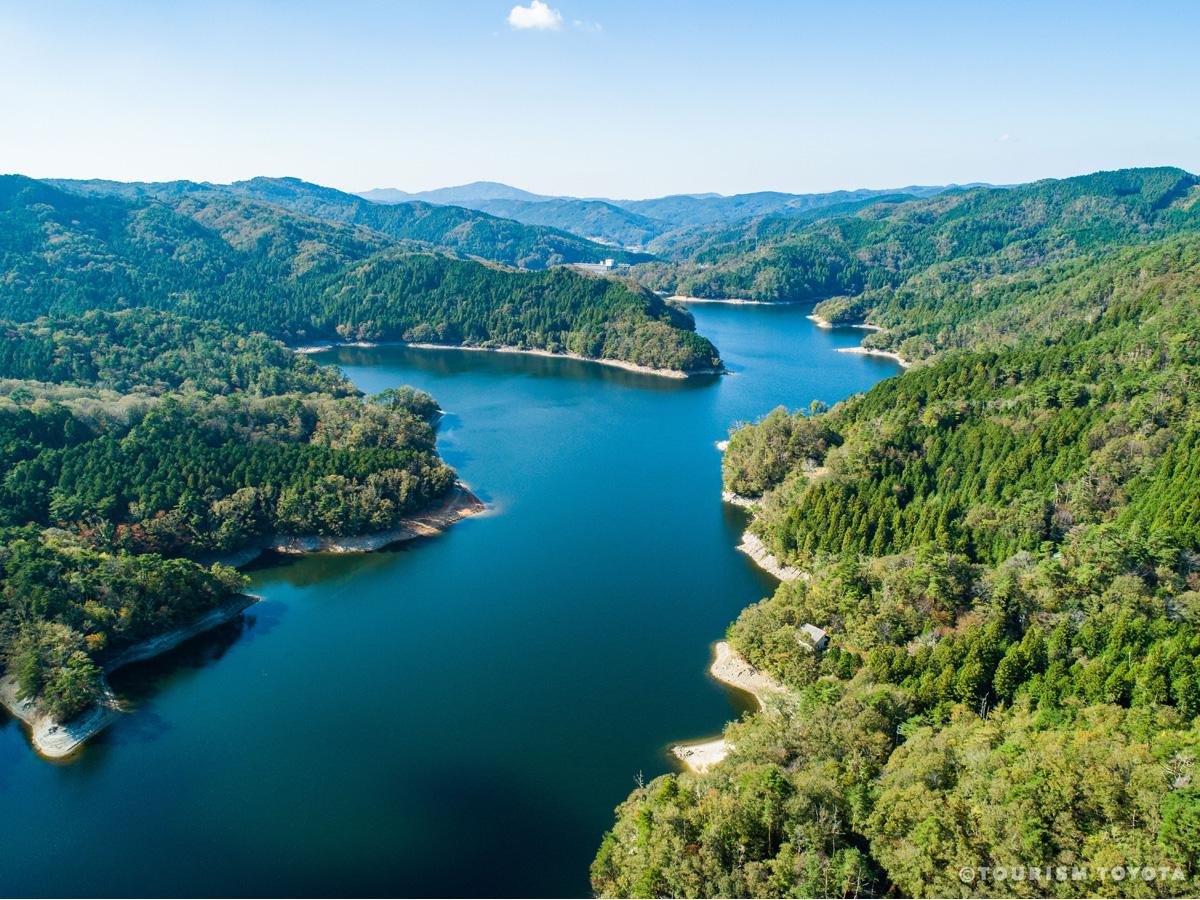
Lake Mikawa
Shimoyama-Area
Many people come to see the lake’s seasonal beauty. You can drive around the lake’s 16-km…
-
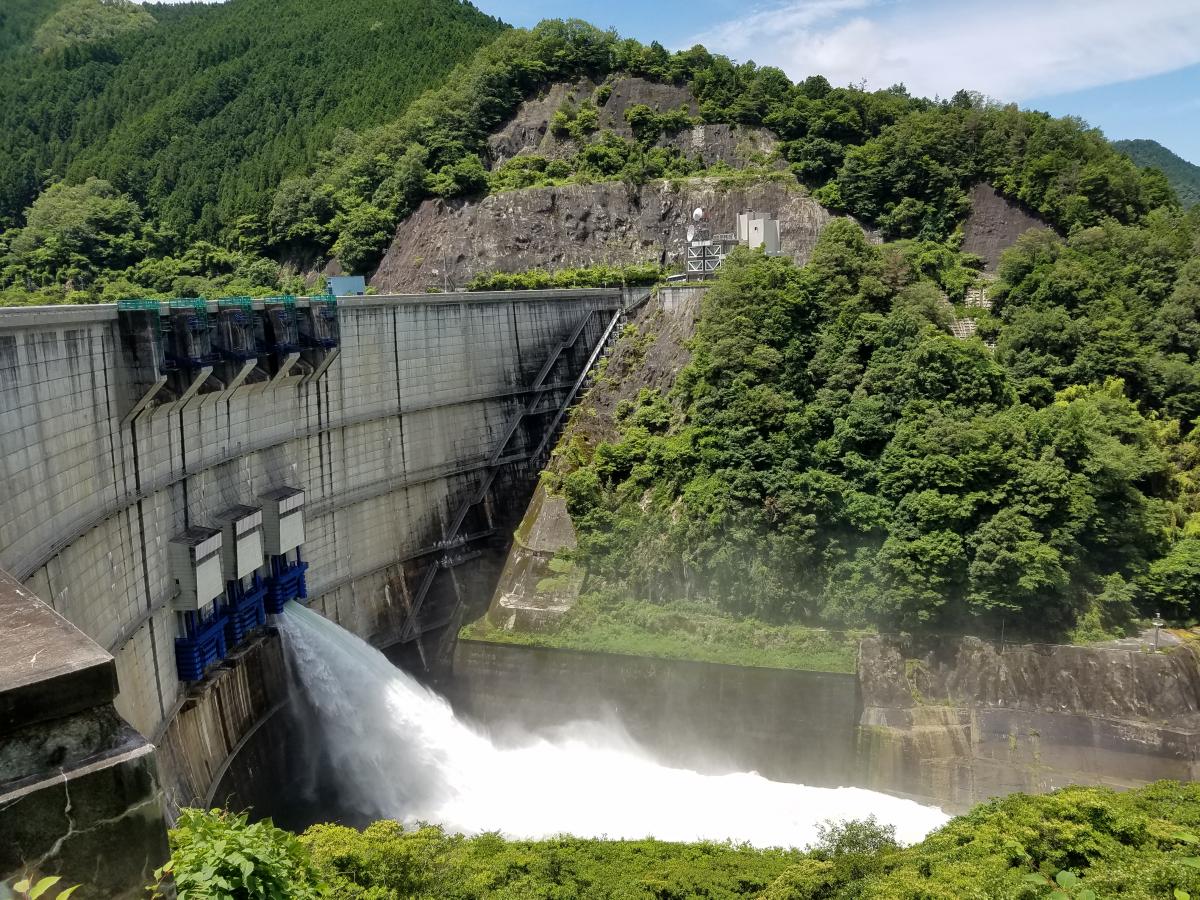
Yahagi Dam
Asahi-Area
Yahagi Dam is an arched concrete dam that embanks the Yahagi River, creating Oku Yagahi L…
-
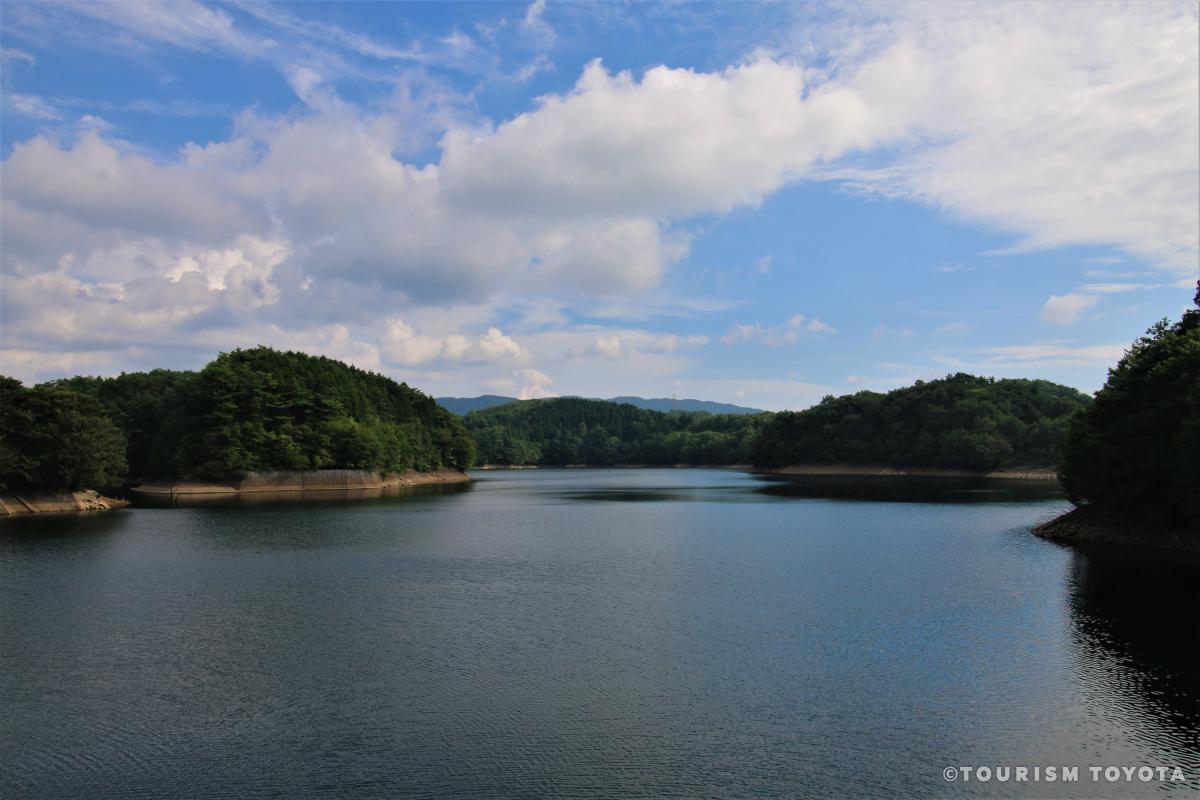
Kuroda Dam
Inabu-Area
Kuroda Dam is a concrete gravitational power generation dam along the City of Toyota's Ku…
-
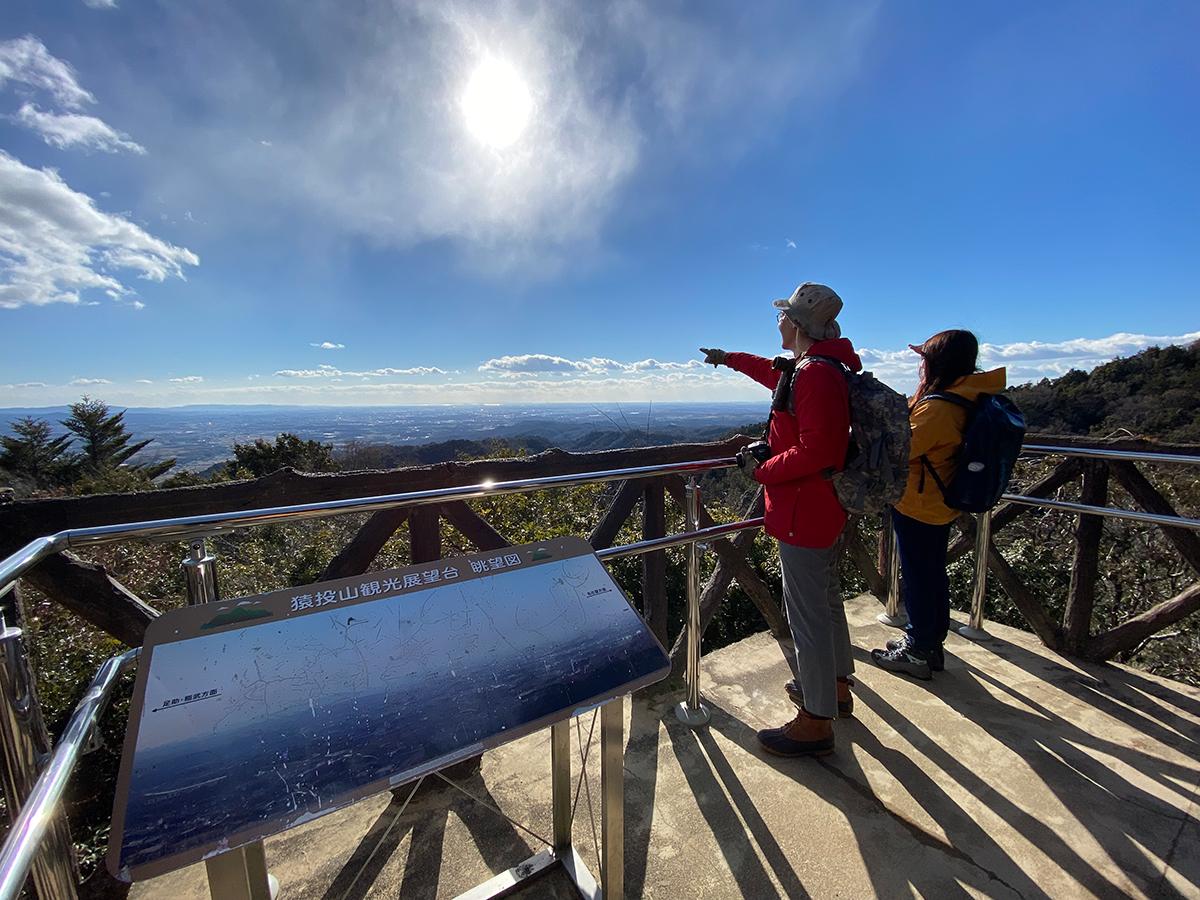
Mt. Sanageyama
Toyota-Area
-
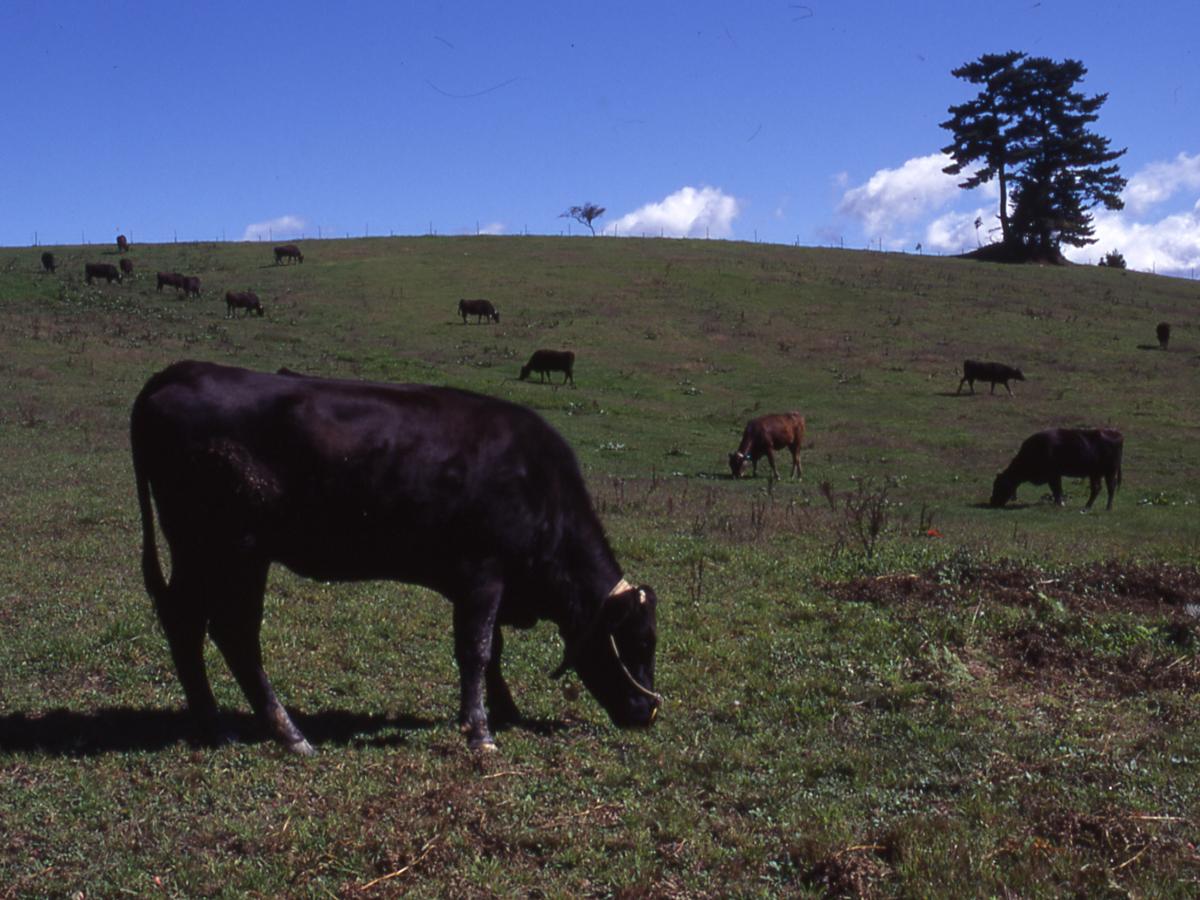
Mikawa Plateau (Mikawakougen)
Shimoyama-Area
Mikawakougen is a gently sloping plateau with an altitude of 600 meters near the center o…
-
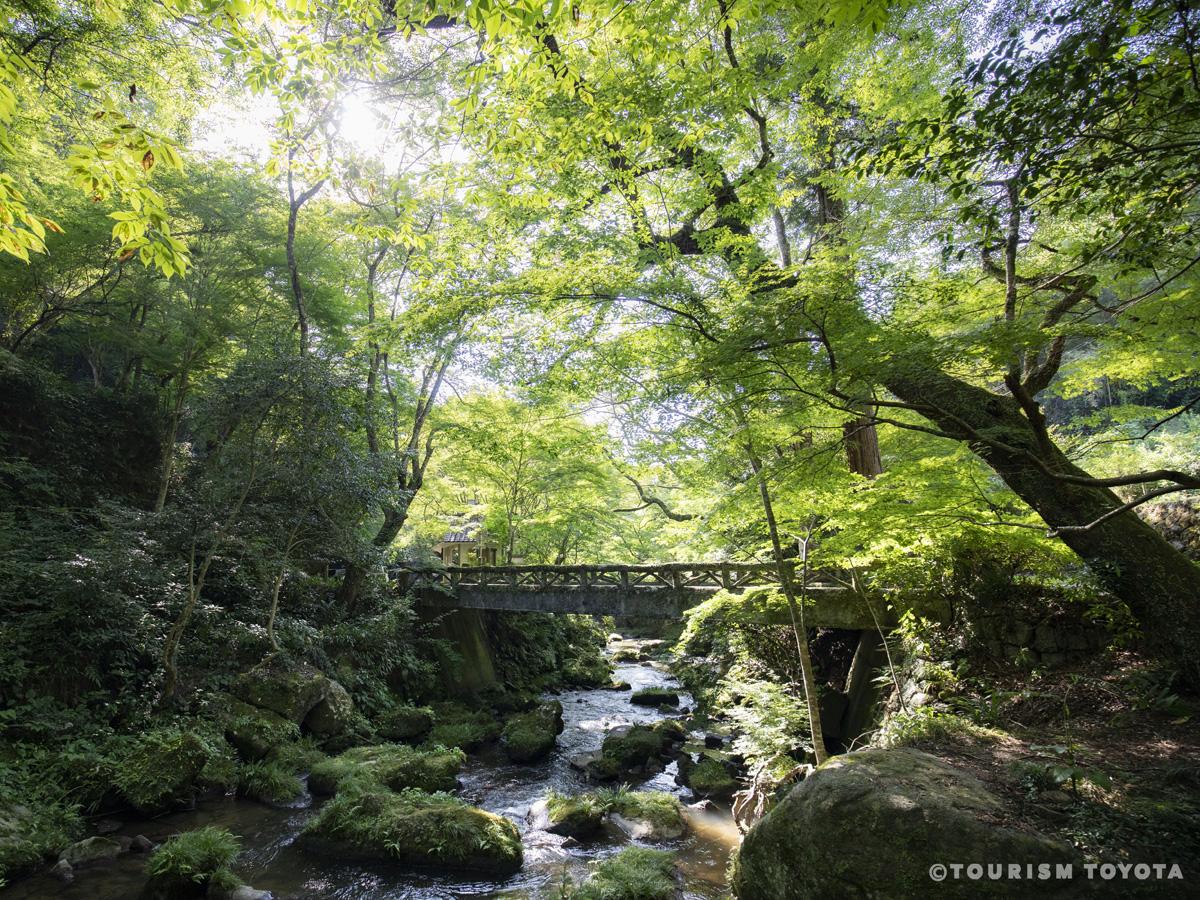
Otaki Gorge
Matsudaira-Area
-
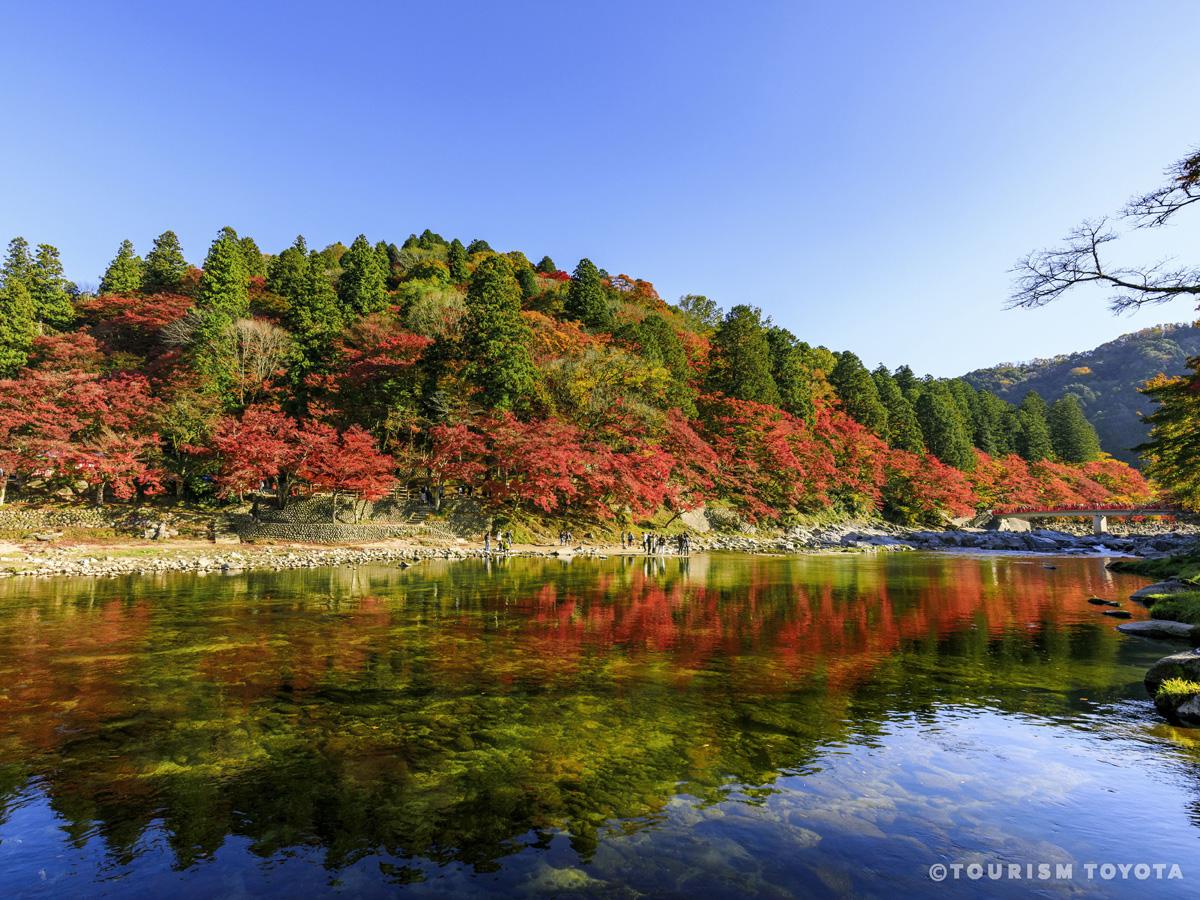
Korankei Gorge
Asuke-Area
Korankei Gorge is famous as a location for fall foliage. The best time to see the foliage…
-
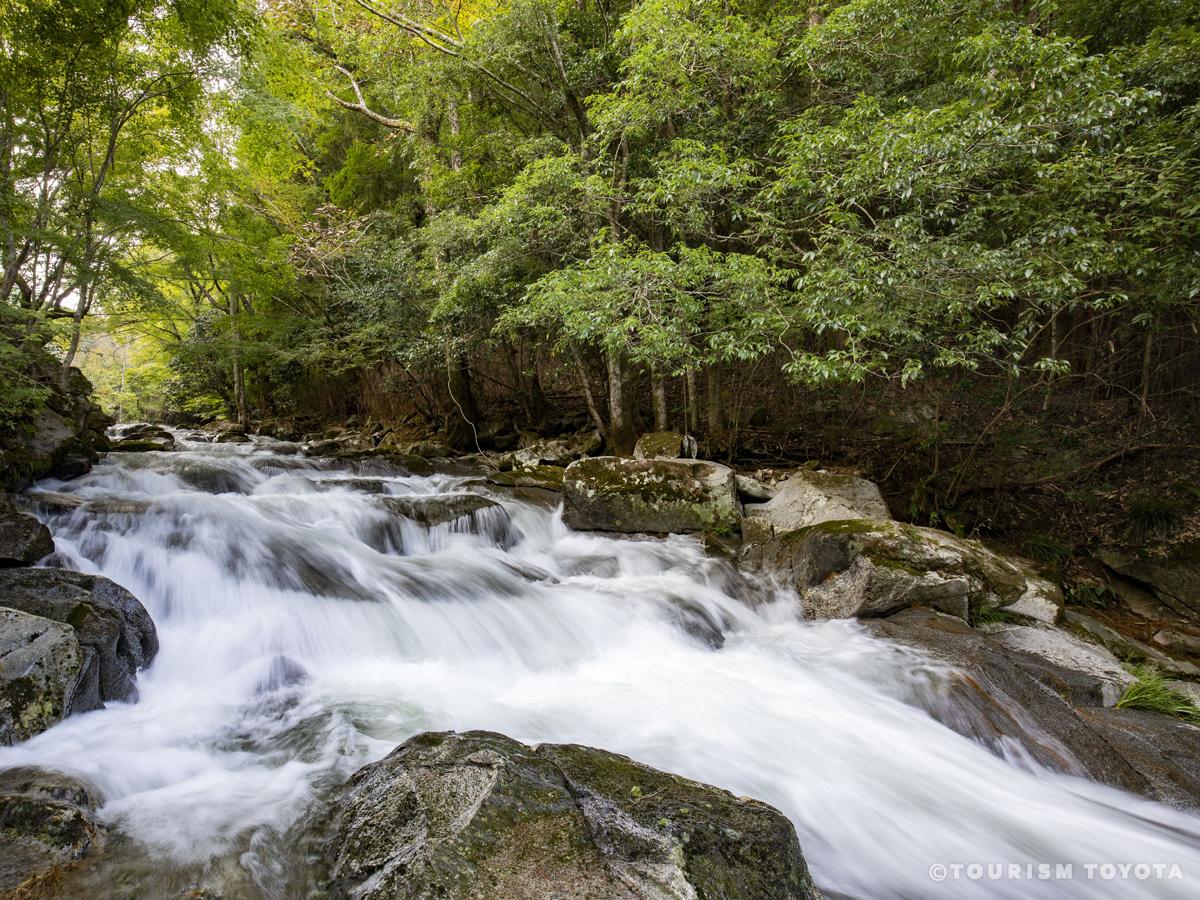
Hodo no Nanataki Waterfall
Shimoyama-Area
Hodo no Nakataki Waterfall is located on a tributary of the Nohara River. Stretching for …
-
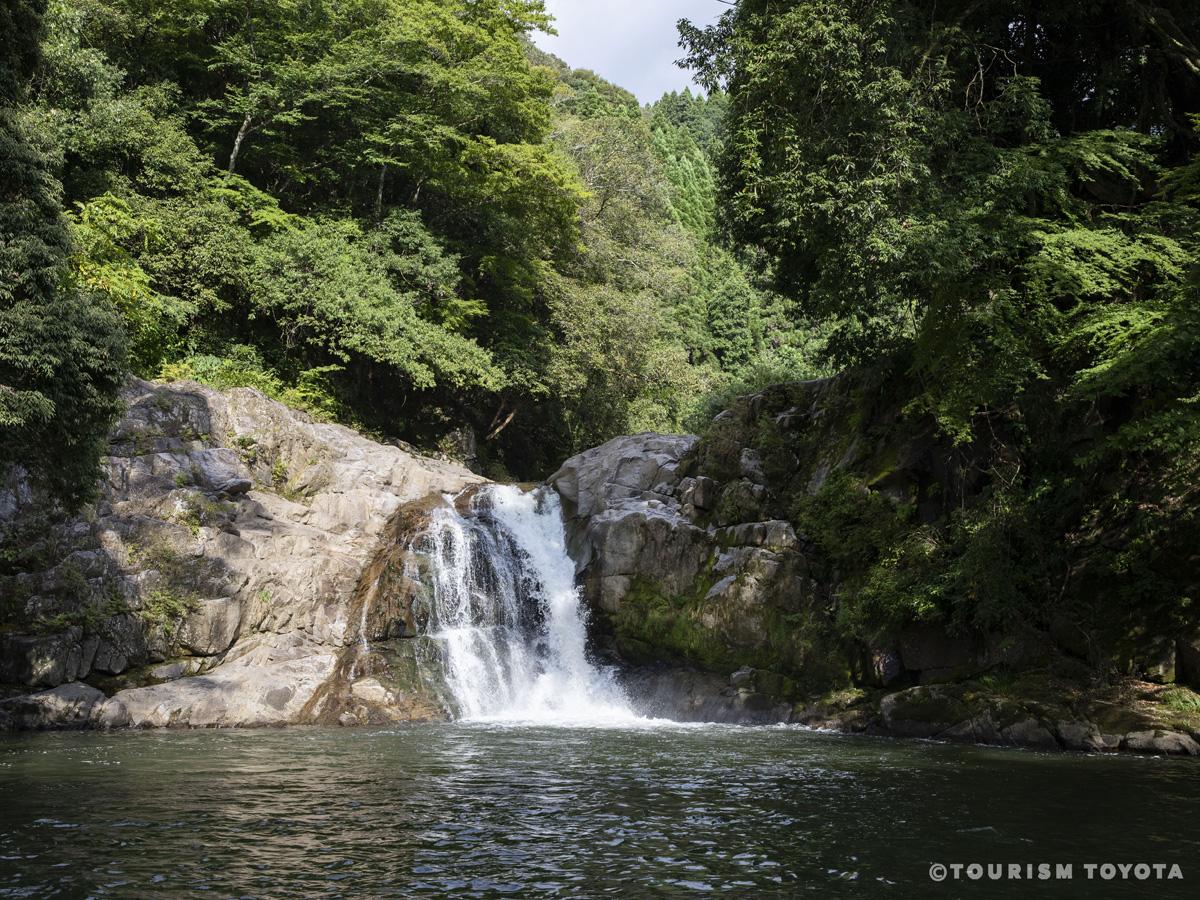
Oshikawa Waterfall
Inabu-Area
Oshikawa Waterfall is a calming spot where you can enjoy the rushing sound of water falli…
-
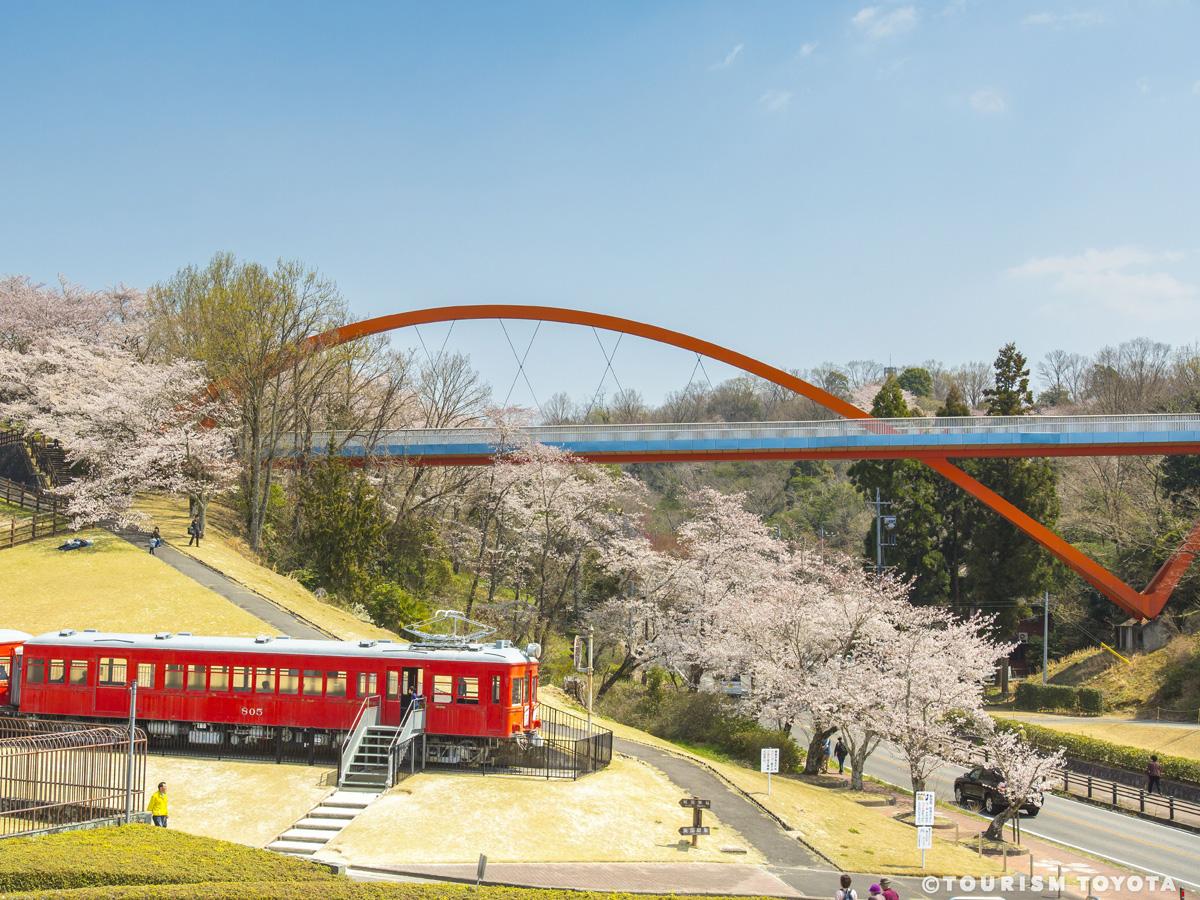
Kuragaike Park
Toyota-Area
-
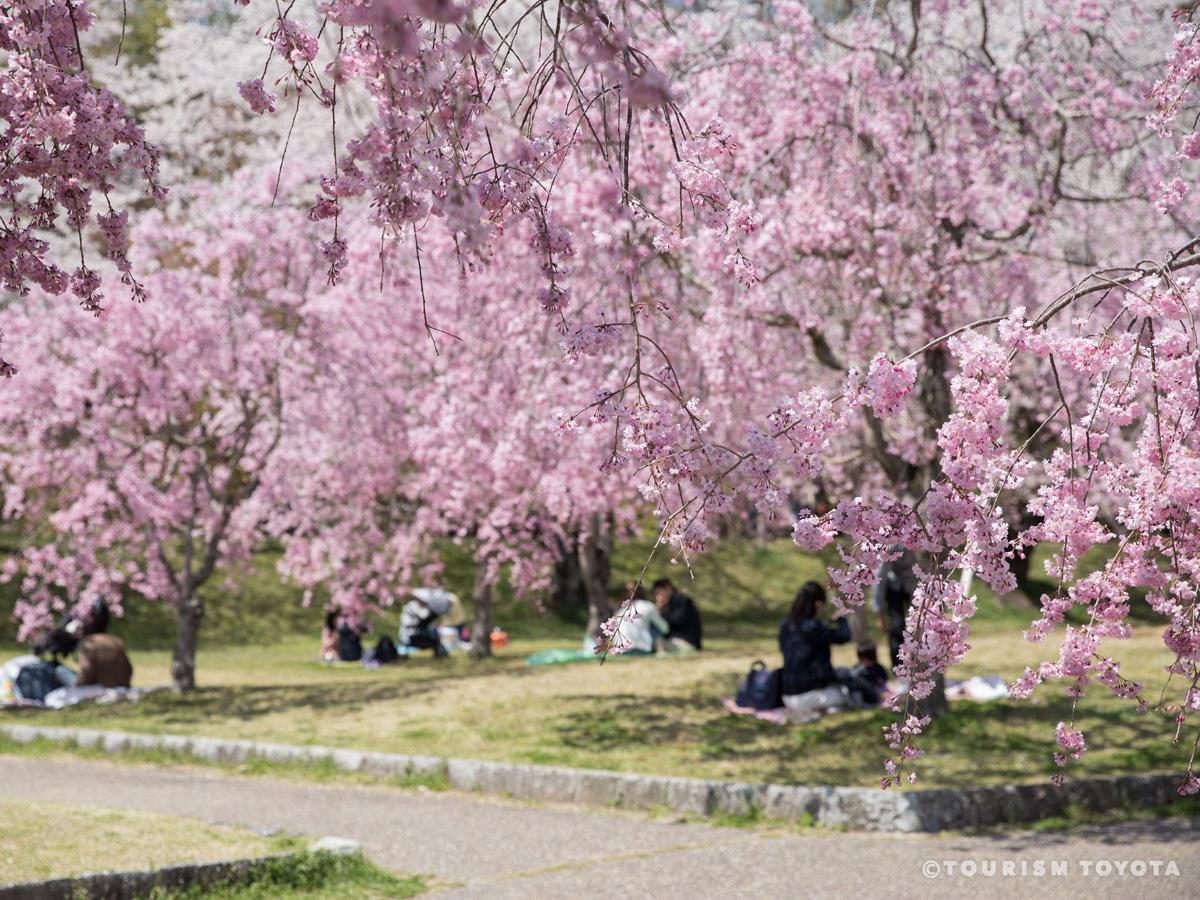
Suigen Park
Toyota-Area
Stretching out along the Yahagi River, it is one of the city’s most famous spots for cher…
-
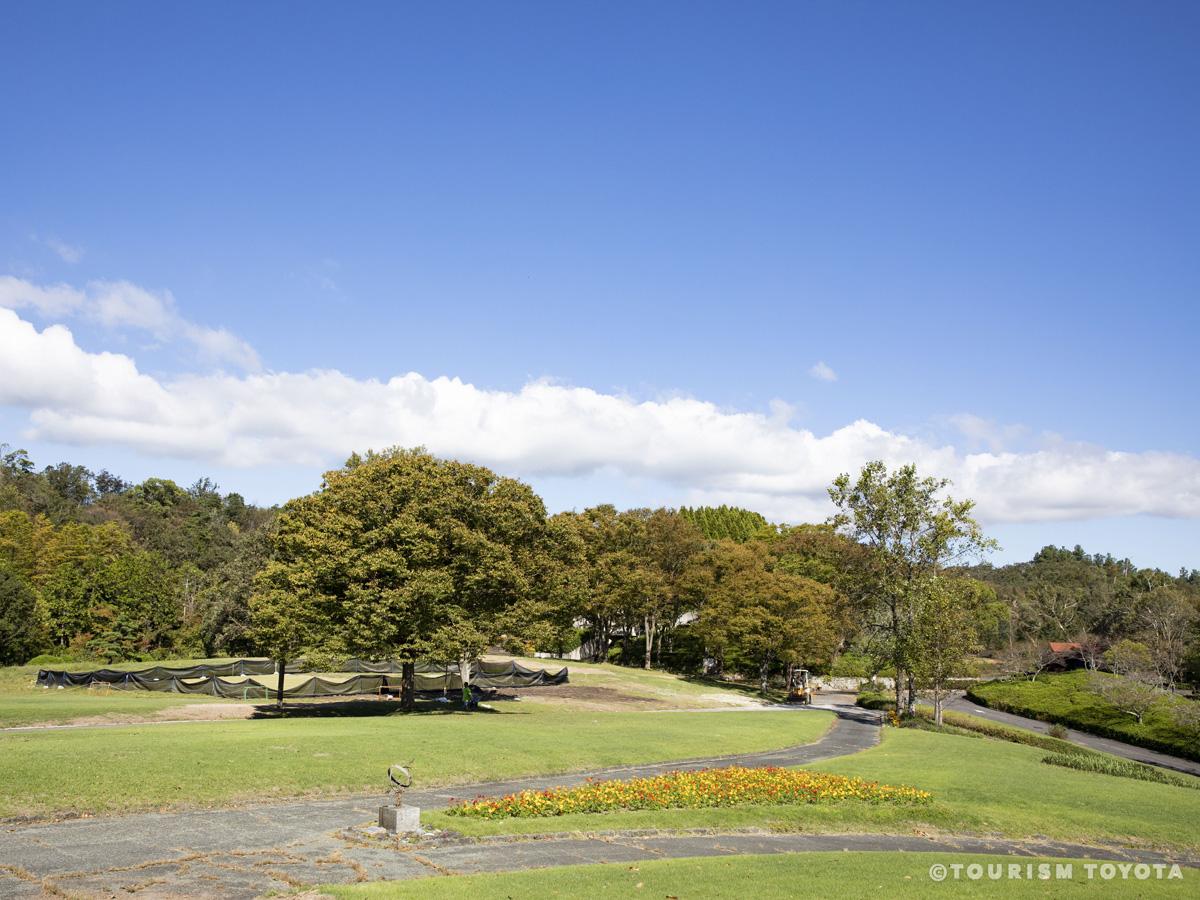
Aichi Prefectural Greenification Center
Fujioka-Area
A facility filled with a variety of gardens such as Japanese gardens and rock gardens whe…
-
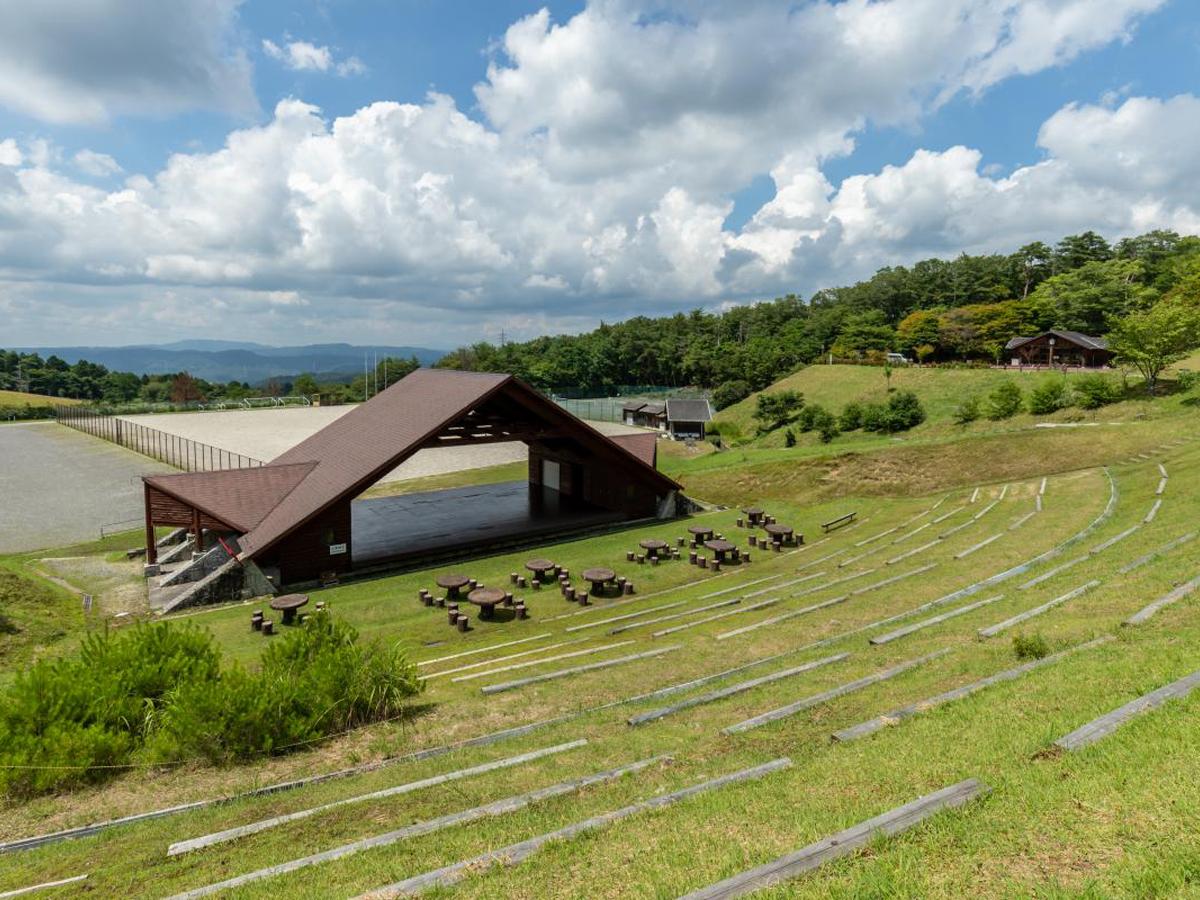
Asahi Nature Highland (Asahi Kogen Genki-Mura)
Asahi-Area
A multipurpose leisure facility on a highland elevation of 650 m. Enjoy various activitie…
-
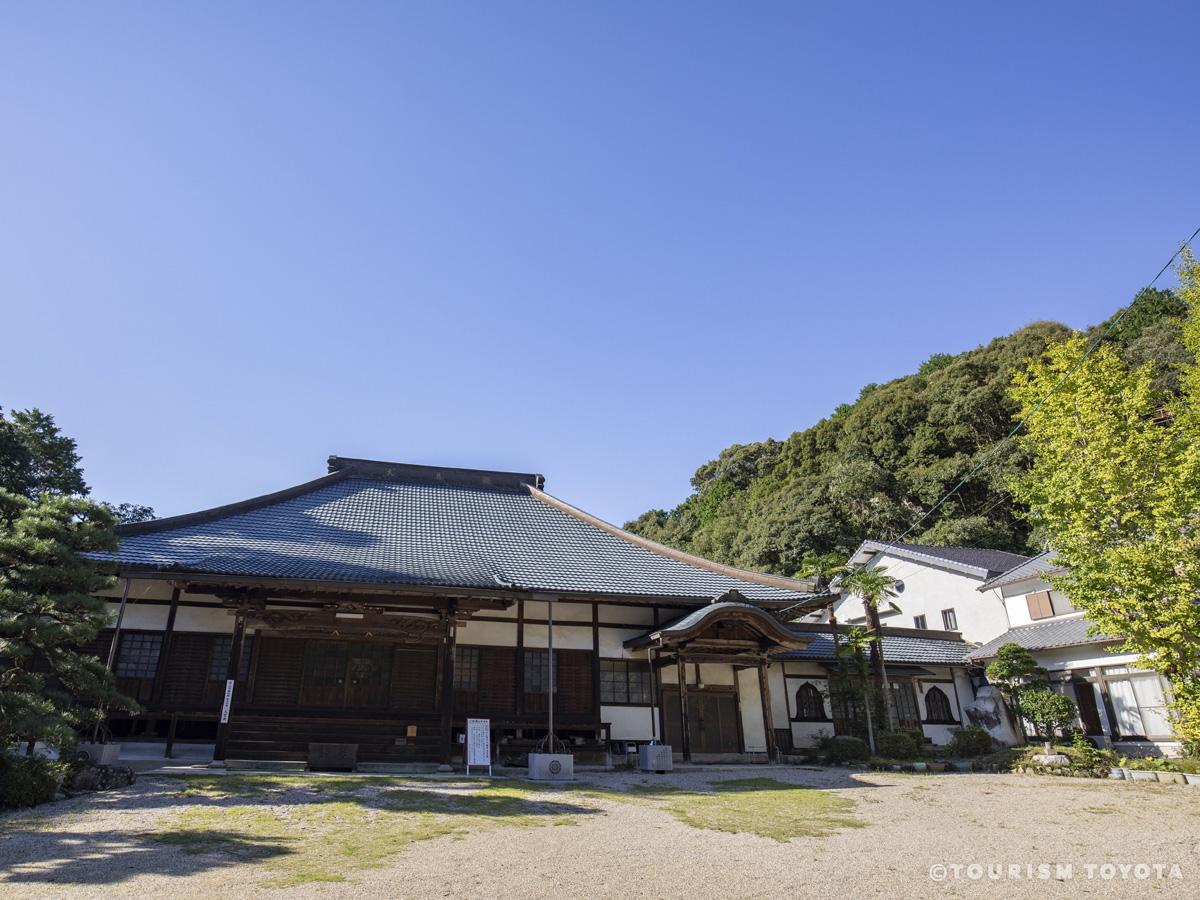
Daihiden Toshoji Temple
Toyota-Area
Daihiden Toshoji is a Soto Zen temple located approximately 300 meters northeast of the m…
-
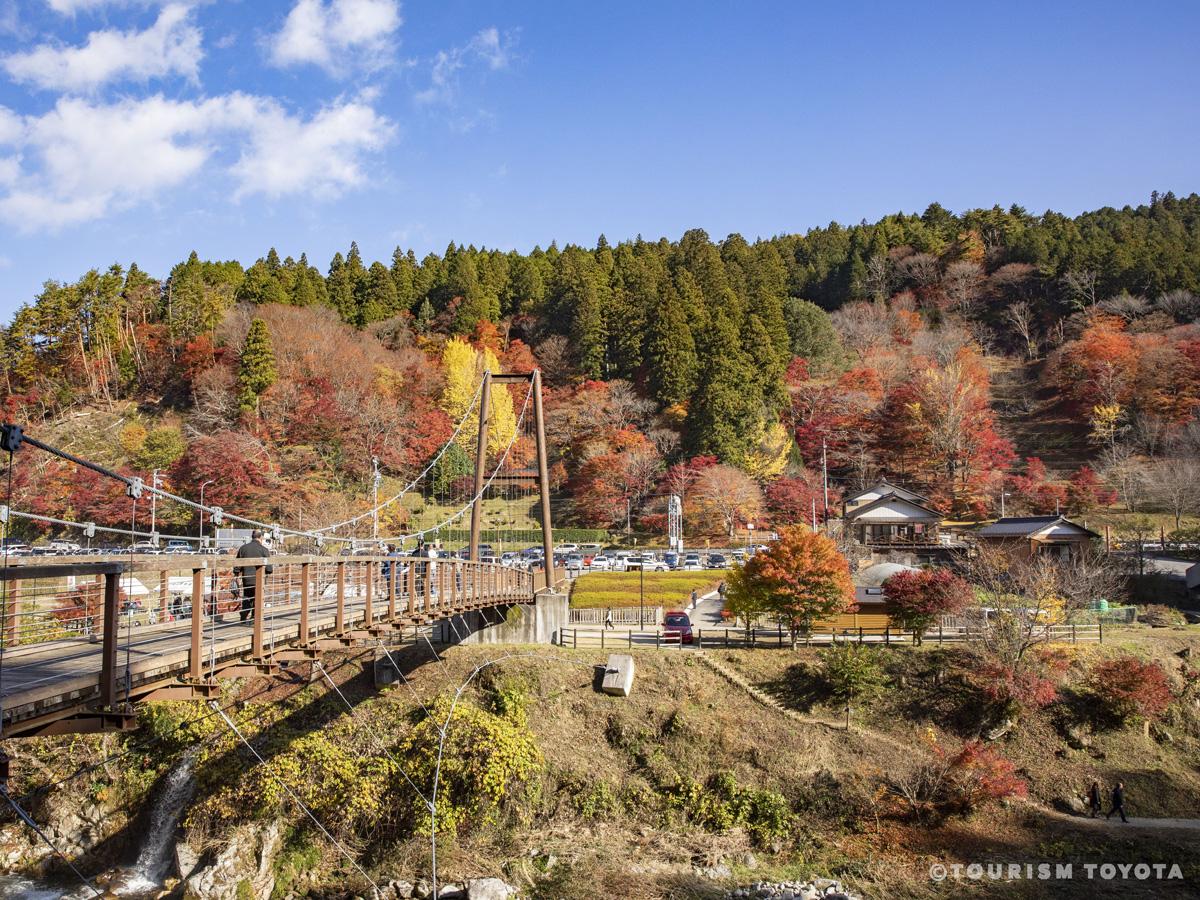
Oidaira Park
Inabu-Area
Oidaira Park was created by the local Furuhashi clan, where they created a small school f…
-
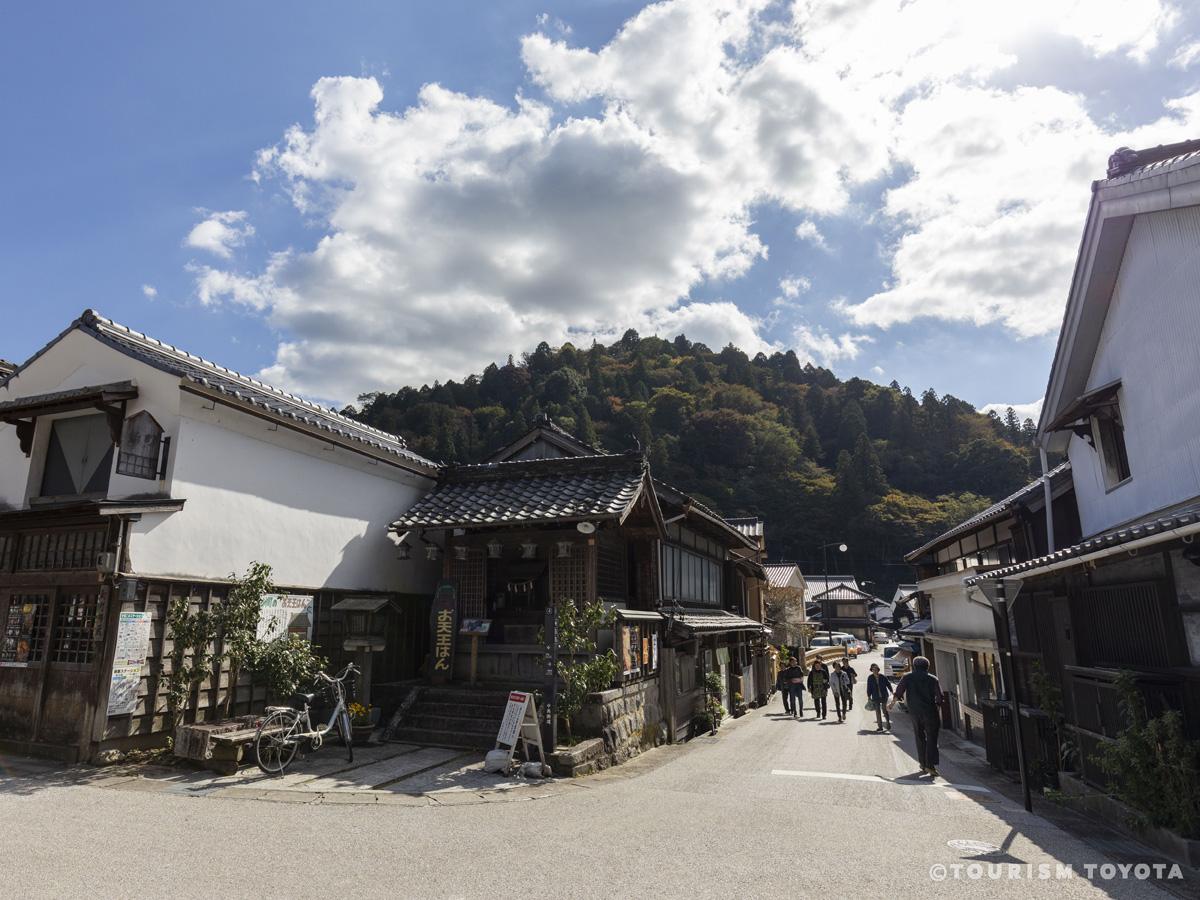
Asuke Townscape (Important Preservation District of Historic Buildings)
Asuke-Area
The basic pattern of the Asuke Townscape (Important Preservation District of Historic Bui…
-
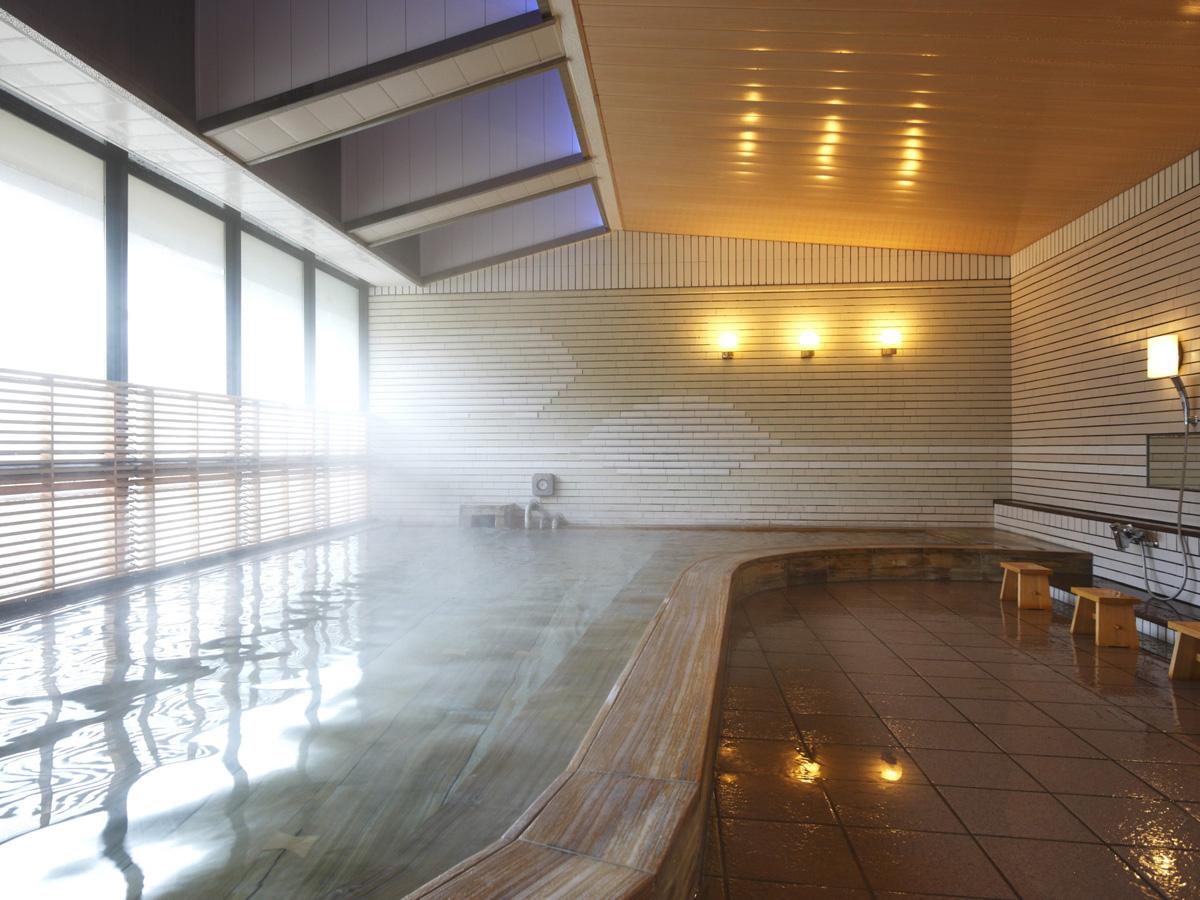
Sanage Onsen Resort
Toyota-Area
Sanage Onsen is Aichi Prefecture's largest natural radon hot spring. The hot spring water…
-
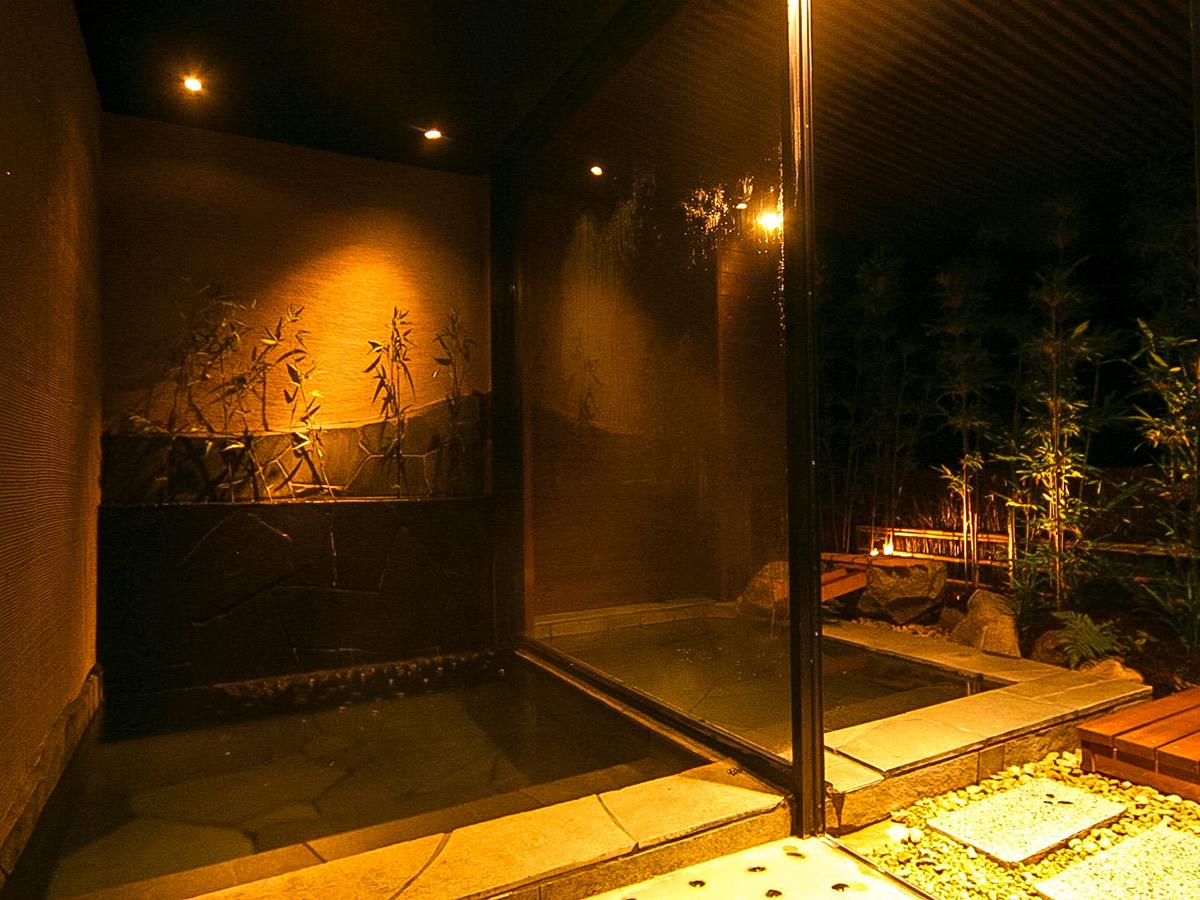
Shirasagi Onsen Resort
Asuke-Area
The sulphur spring water is good for beautiful skin. The large scenic bath has views of T…
-
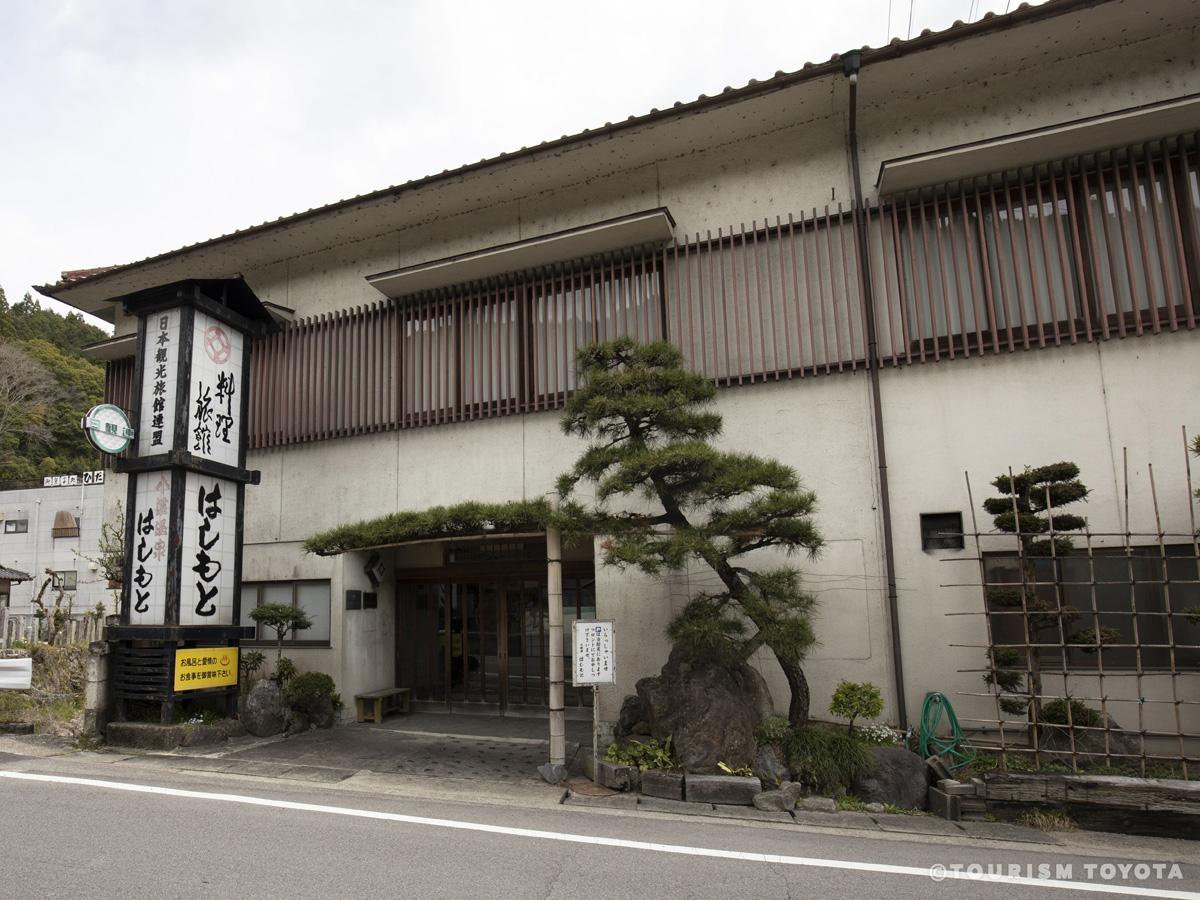
Odo Onsen Resort
Asahi-Area
Odo Onsen Hot Spring's main attraction is the radon bath. It can help ease rheumatism, ne…
-
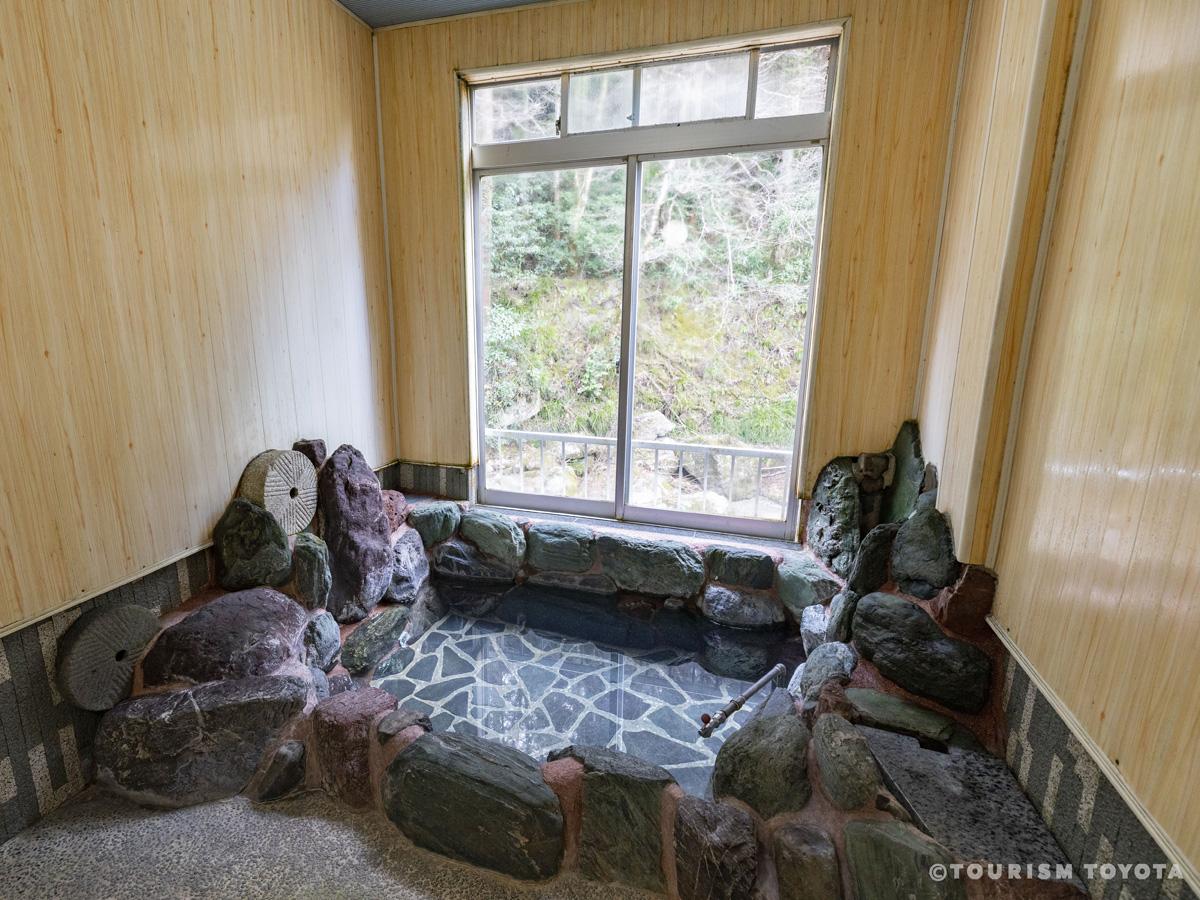
Sakakino Onsen Resort
Asahi-Area
Along with Odo Onsen Hot Spring and Sasado Onsen Hot Spring, Sakakino Onsen Hot Spring is…
-
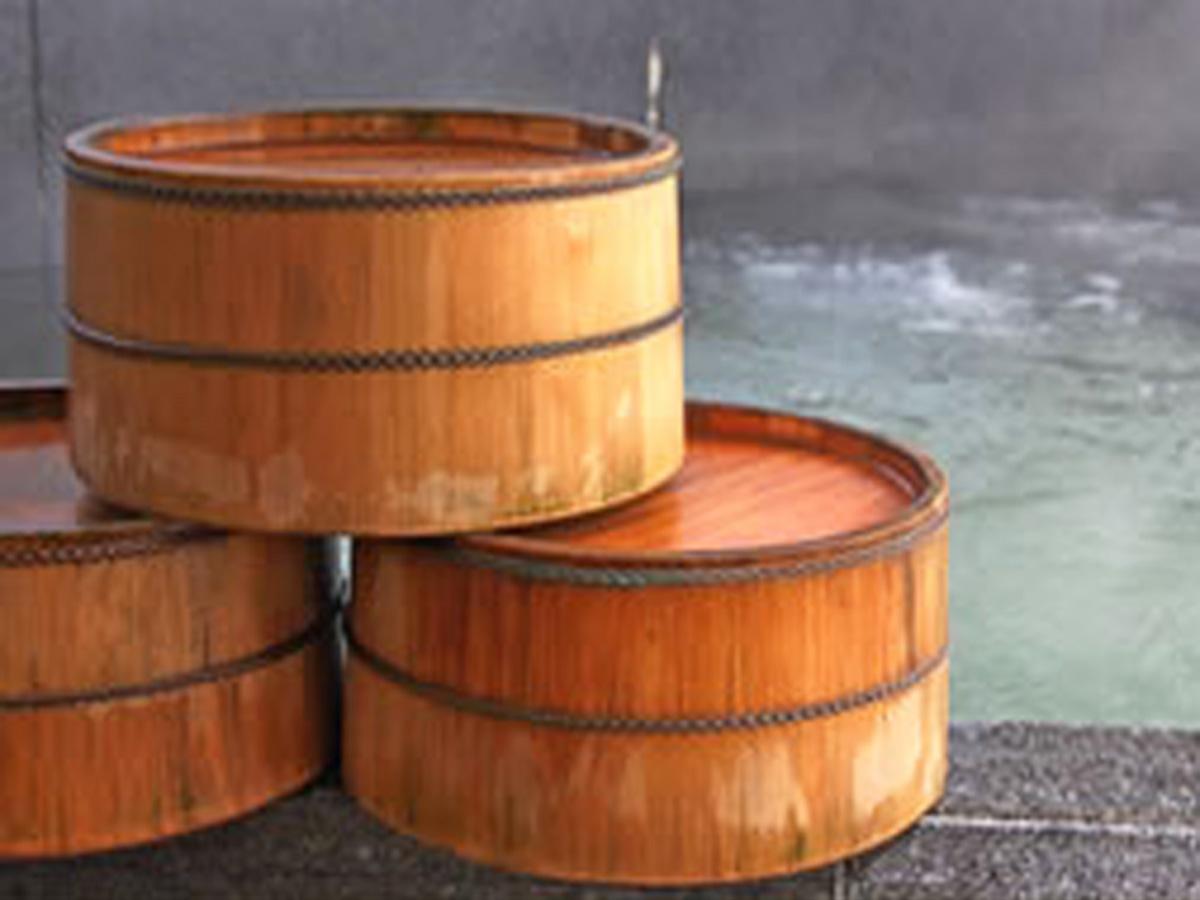
Sasado Onsen Resort
Asahi-Area
Discovered in the Muromachi Period over 600 years ago, Sasado Onsen Hot Spring is Aichi P…
-
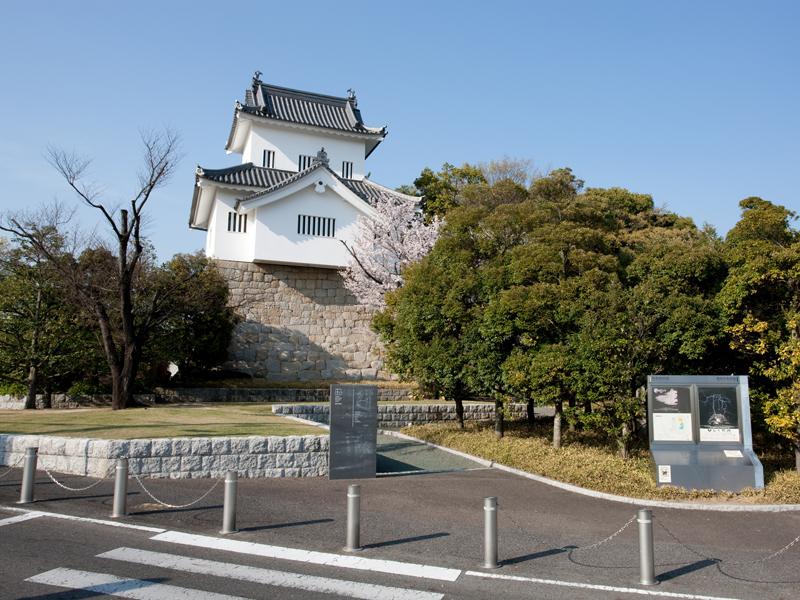
Shichishu Castle Site
Toyota-Area
-
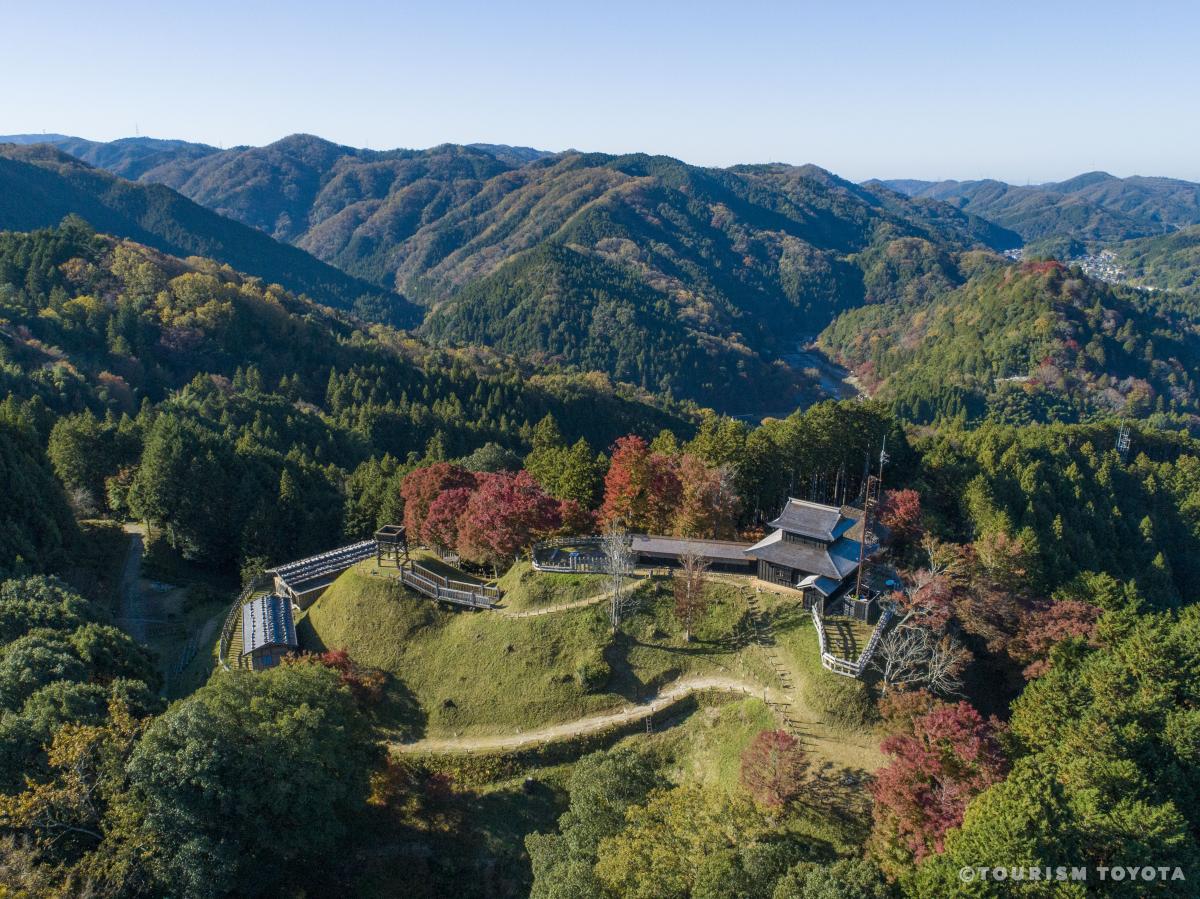
Asuke Castle
Asuke-Area
Located atop Mt. Mayumi-yama and at 301m above sea level, Asuke Castle offers a breathtak…
-
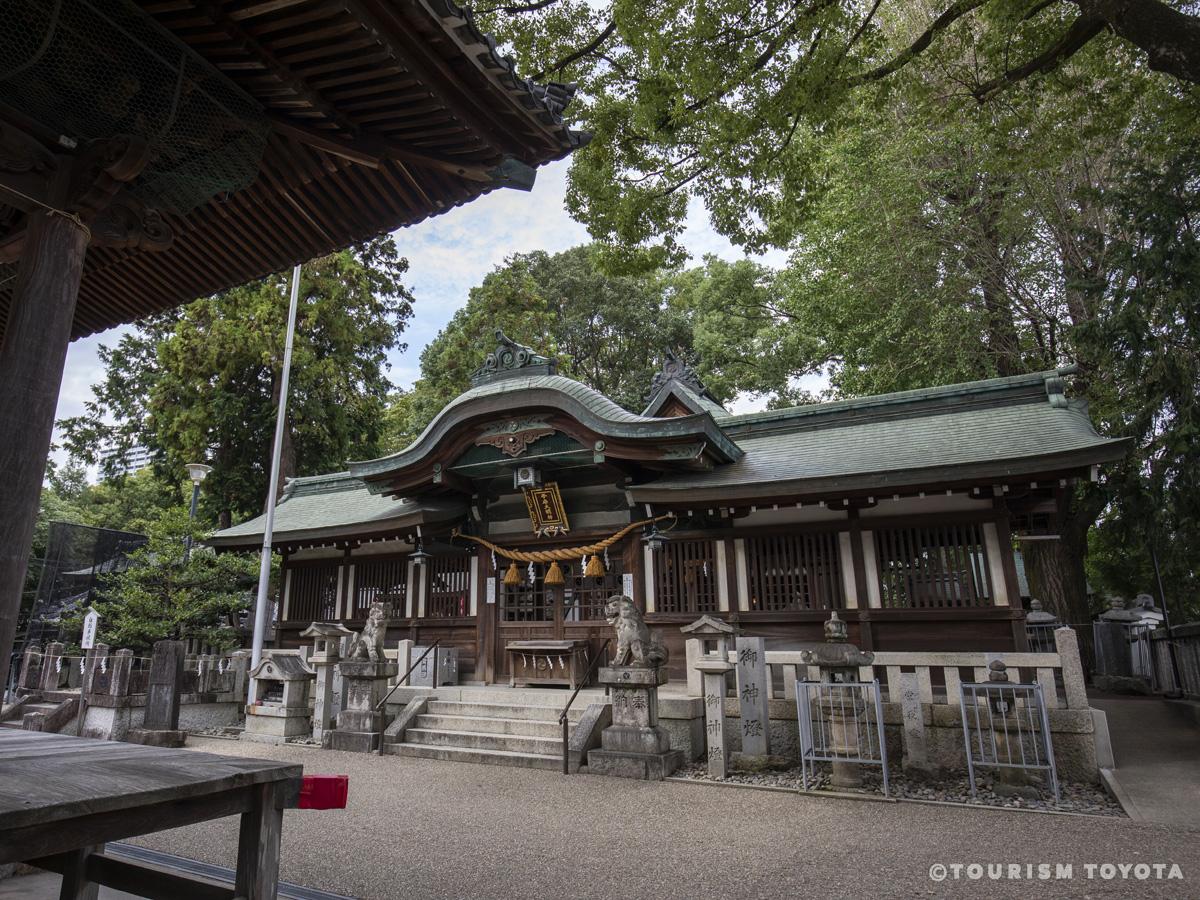
Koromo-jinja Shrine
Toyota-Area
-
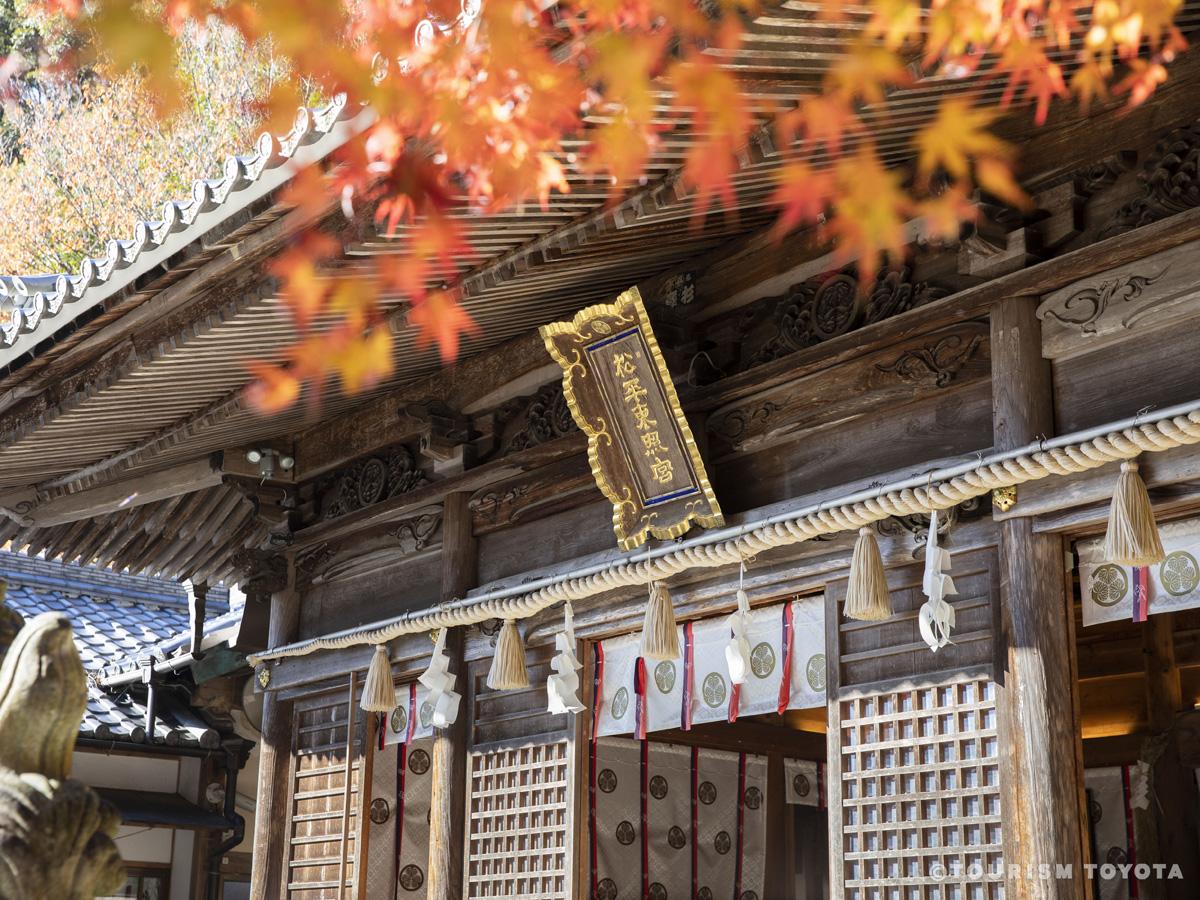
Matsudaira Toshogu Shrine
Matsudaira-Area
-
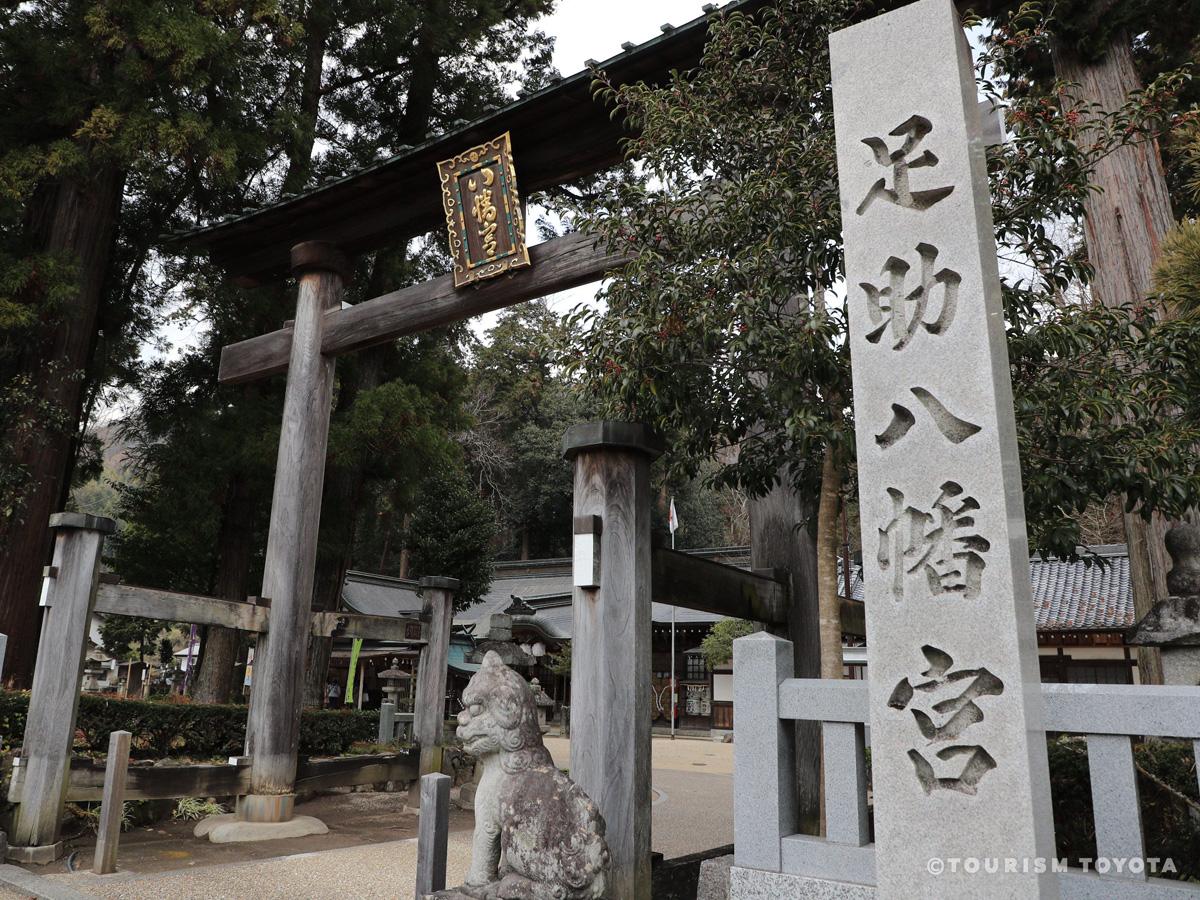
Asuke Hachimangu Shrine
Asuke-Area
It is said that the Asuke Hachimangu Shrine answers the prayers of people for healthier f…
-
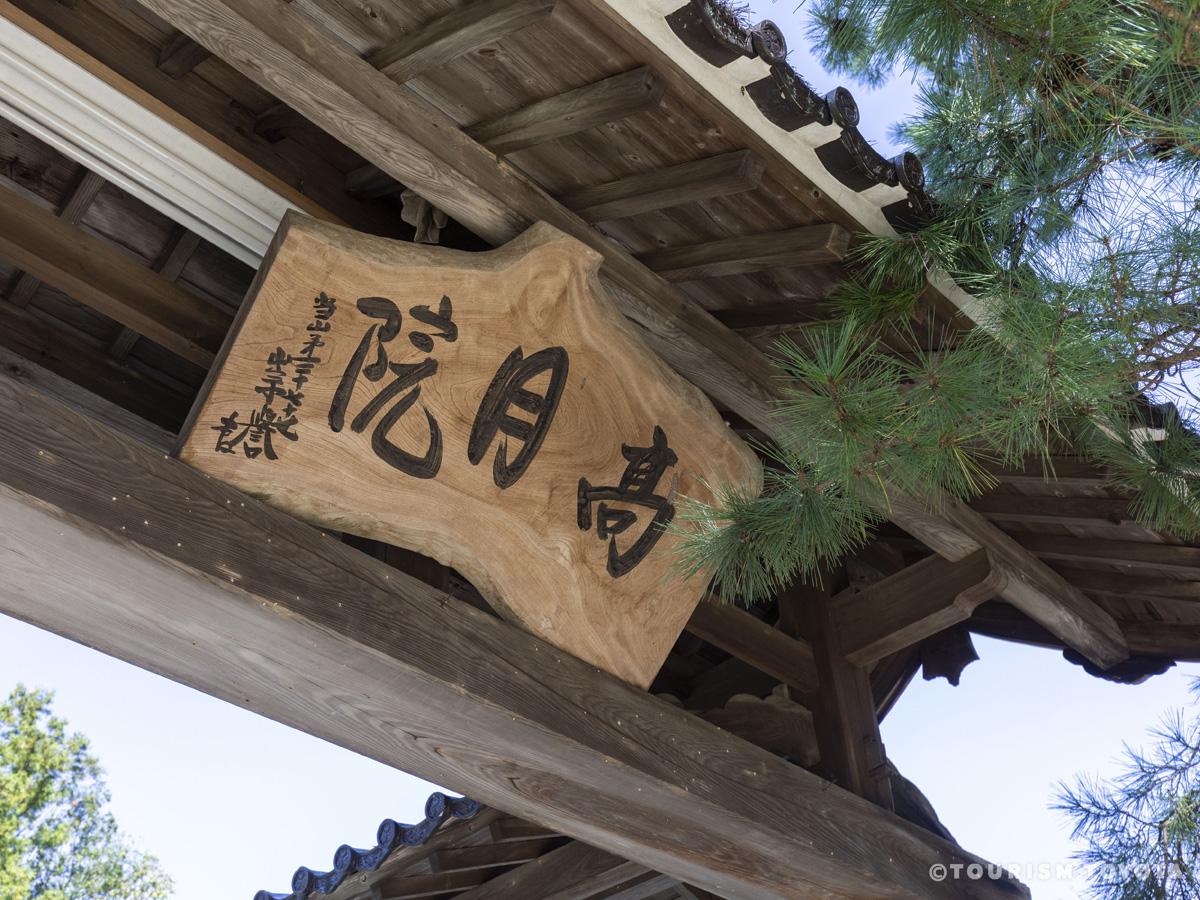
Kogetsuin Temple
Matsudaira-Area
-
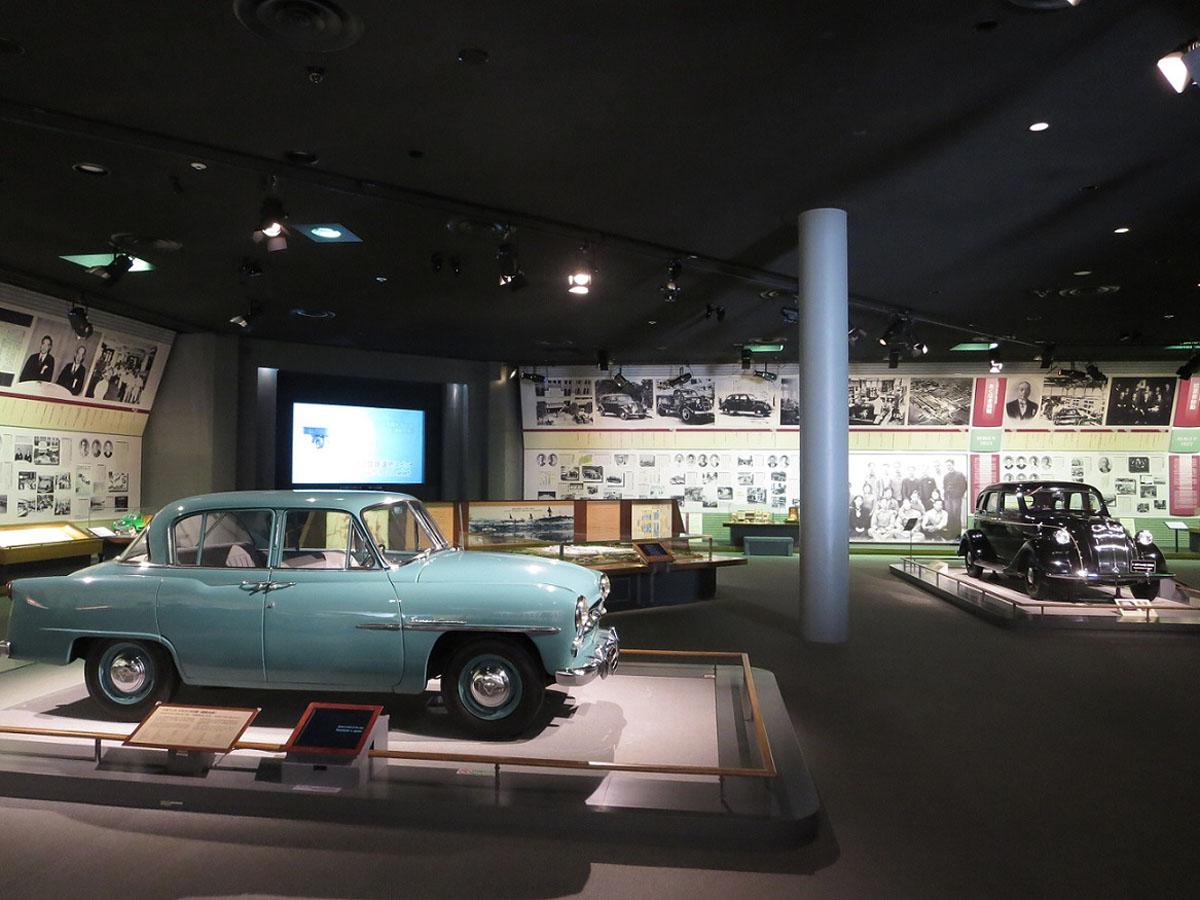
Toyota Kuragaike Commemorative Hall
Toyota-Area
-
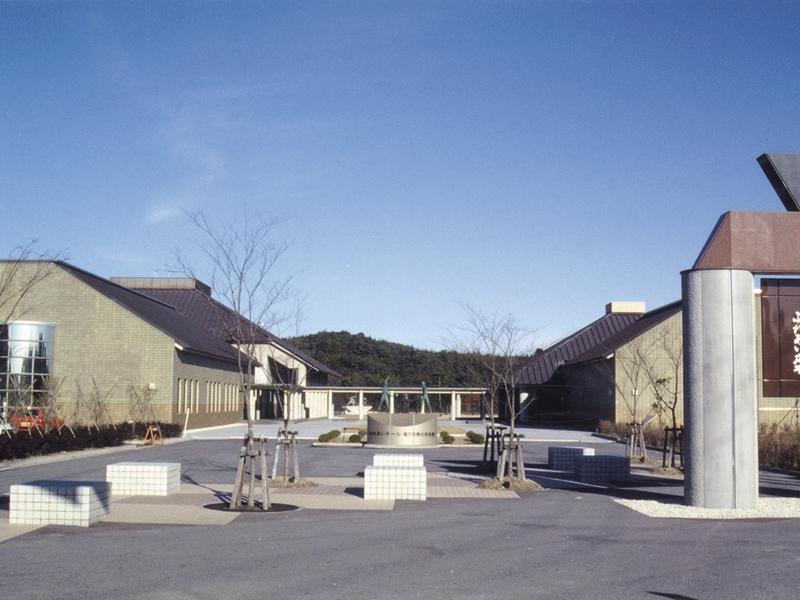
Toyota Bo-no-Te Kaikan Museum
Toyota-Area
An intangible folk cultural property designated by the prefecture, the bonote is a martia…
-
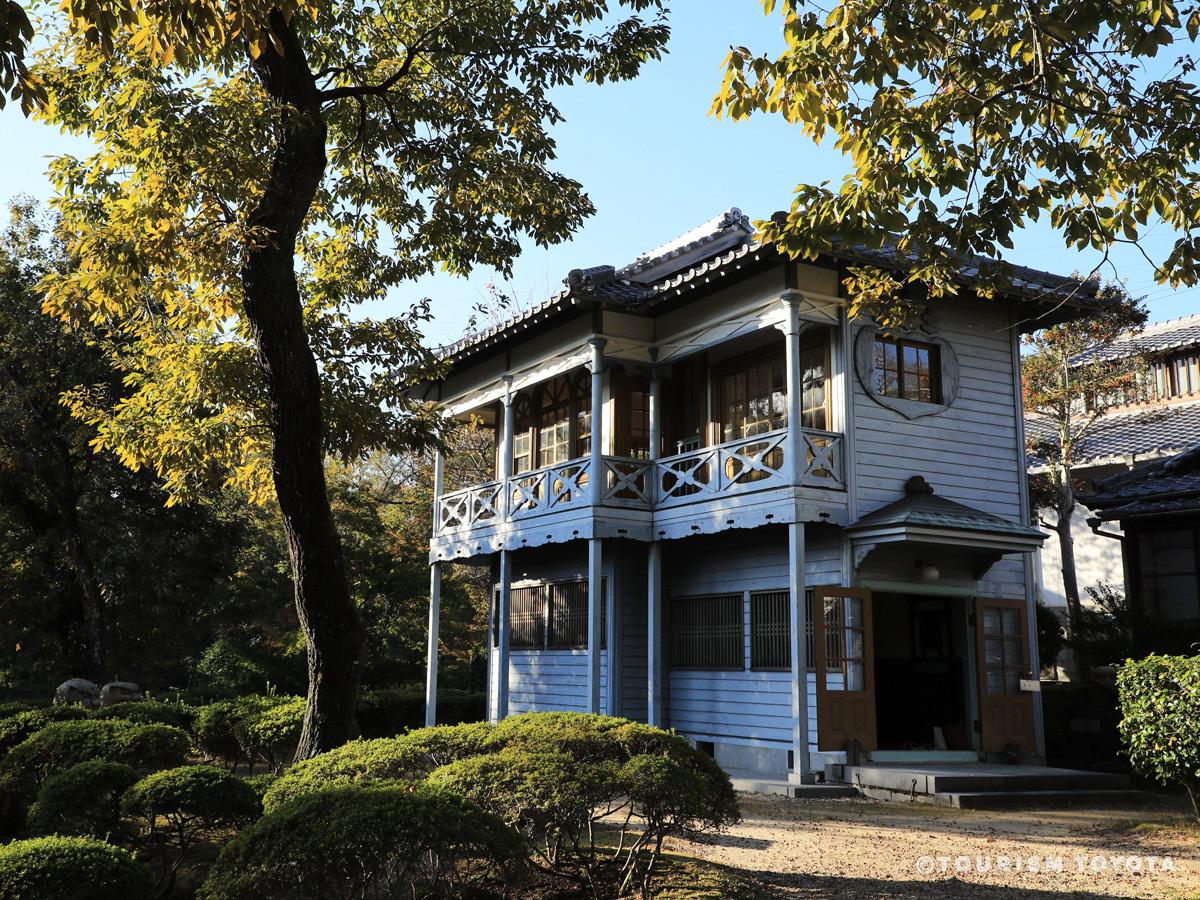
Toyota City Folk Craft Museum
Toyota-Area
Toyota City Folk Craft Museum is a facility that commemorates Shizuo Honda, a scholar of …
-
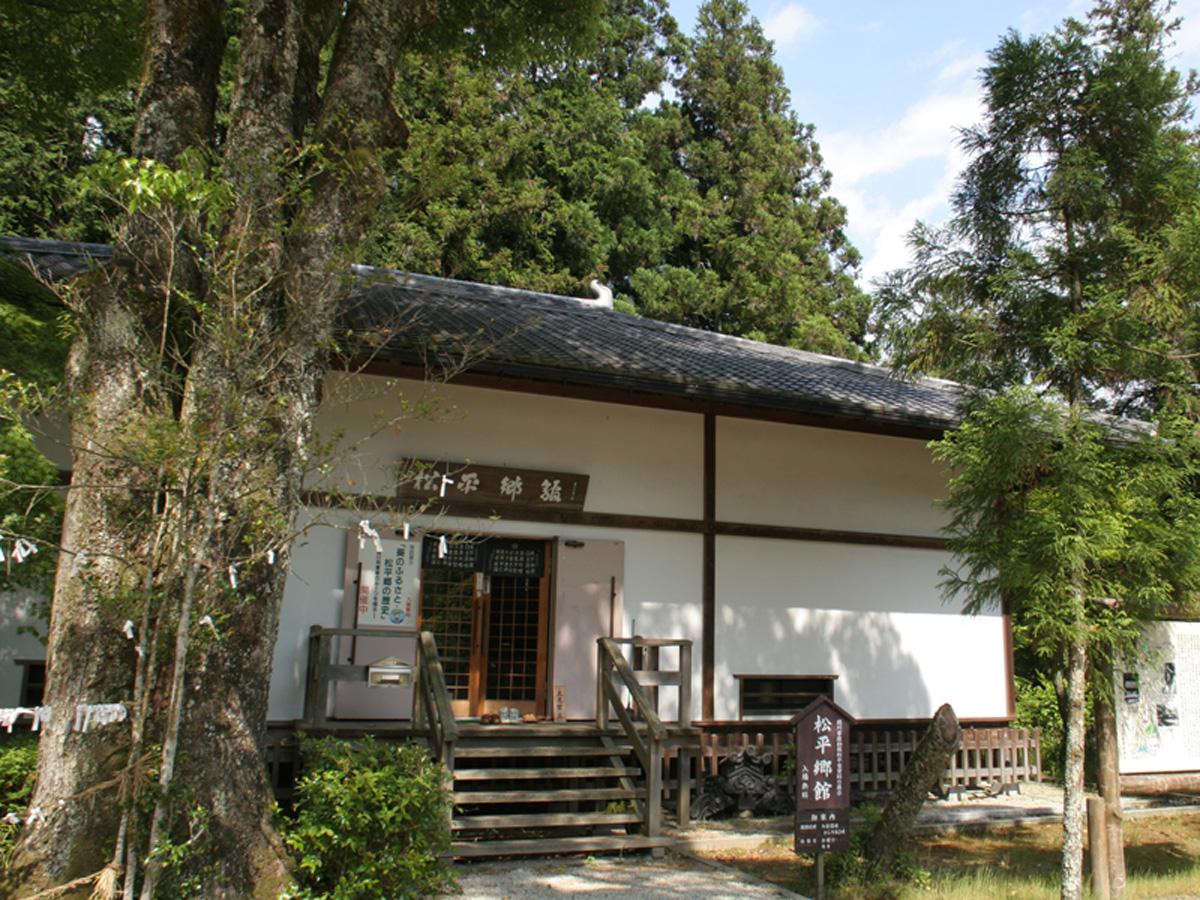
Matsudaira-go Museum of History and the Matsudaira Tarozaemon Family
Matsudaira-Area
-
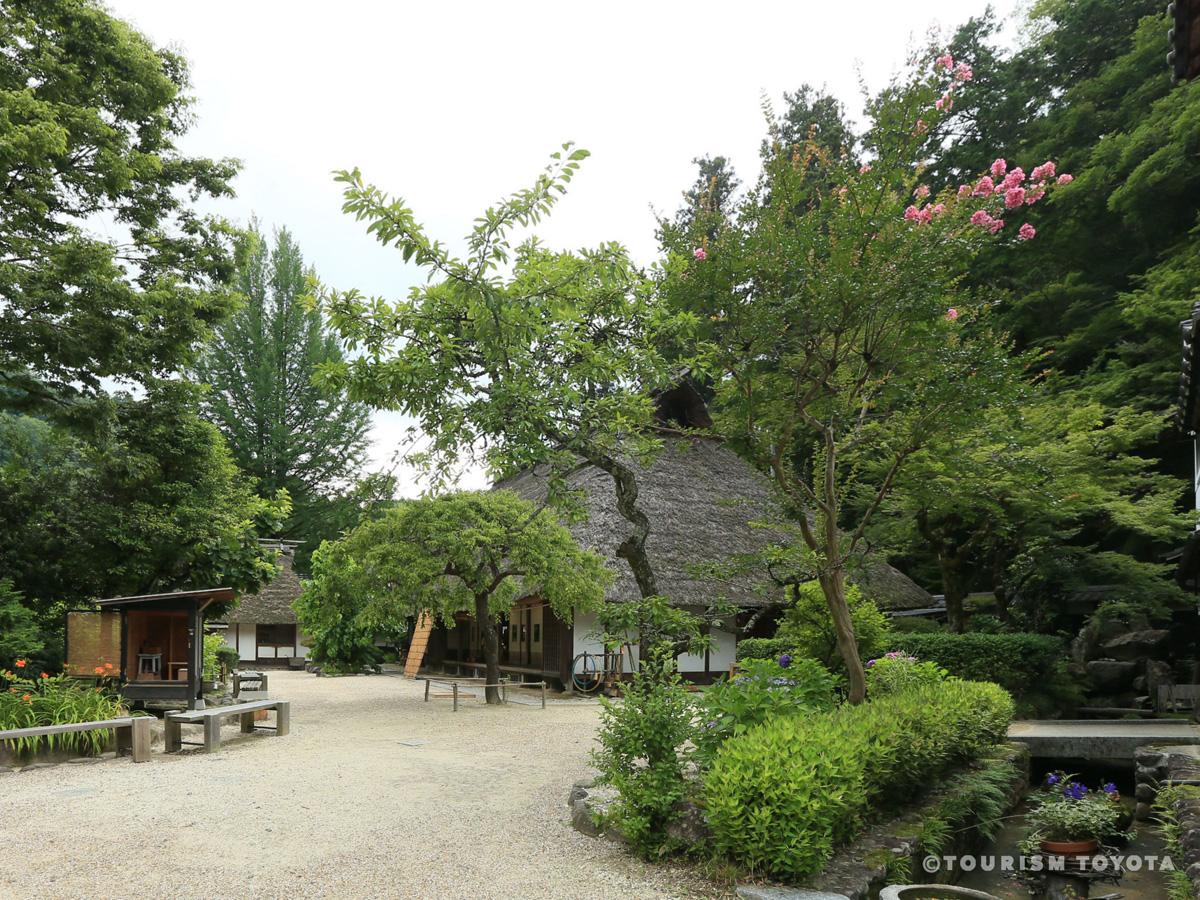
Sanshu Asuke Yashiki Museum
Asuke-Area
This living folk culture museum opened in 1980. The former villa of a wealthy farming fam…
-
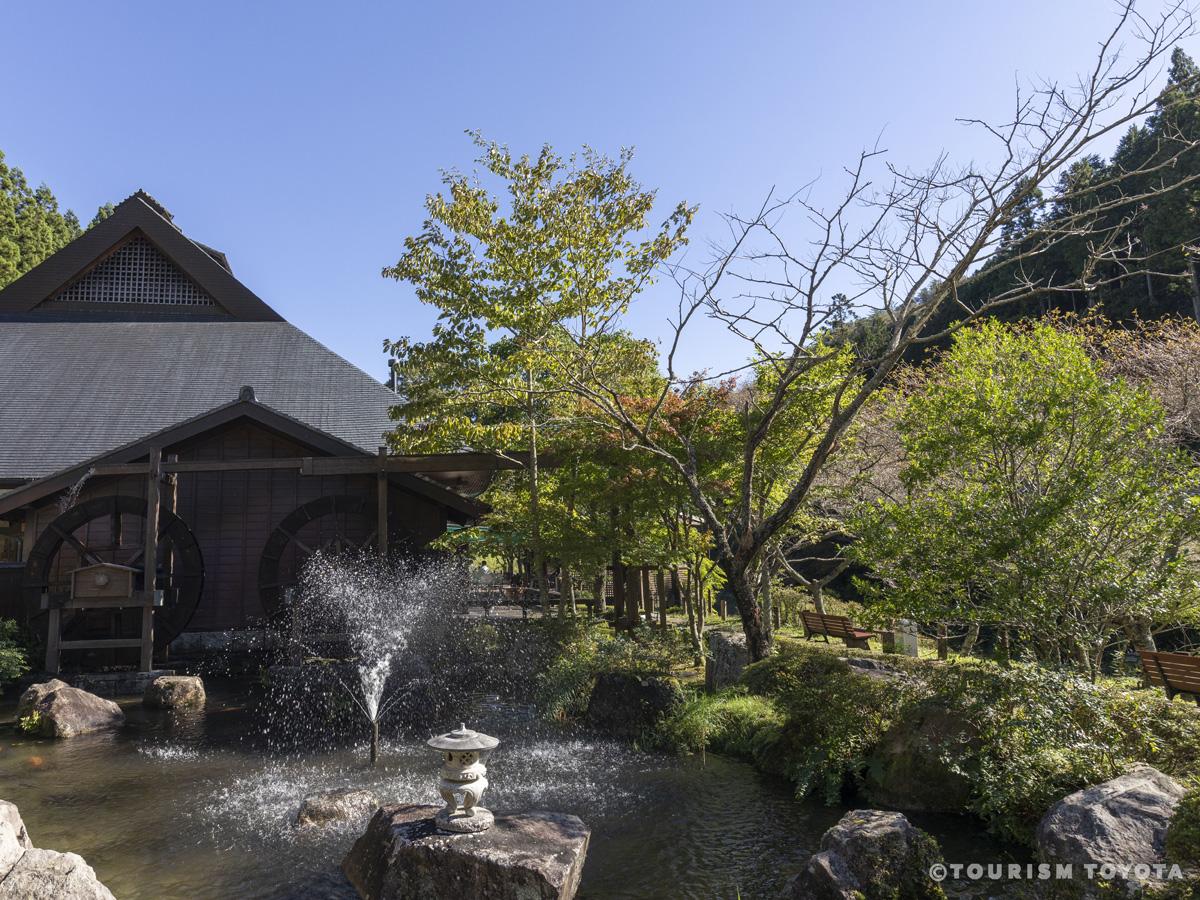
Karen no Yakata
Shimoyama-Area
On a path along the Tomoe River flowing from Lake Mikawa lies a picturesque building that…
-
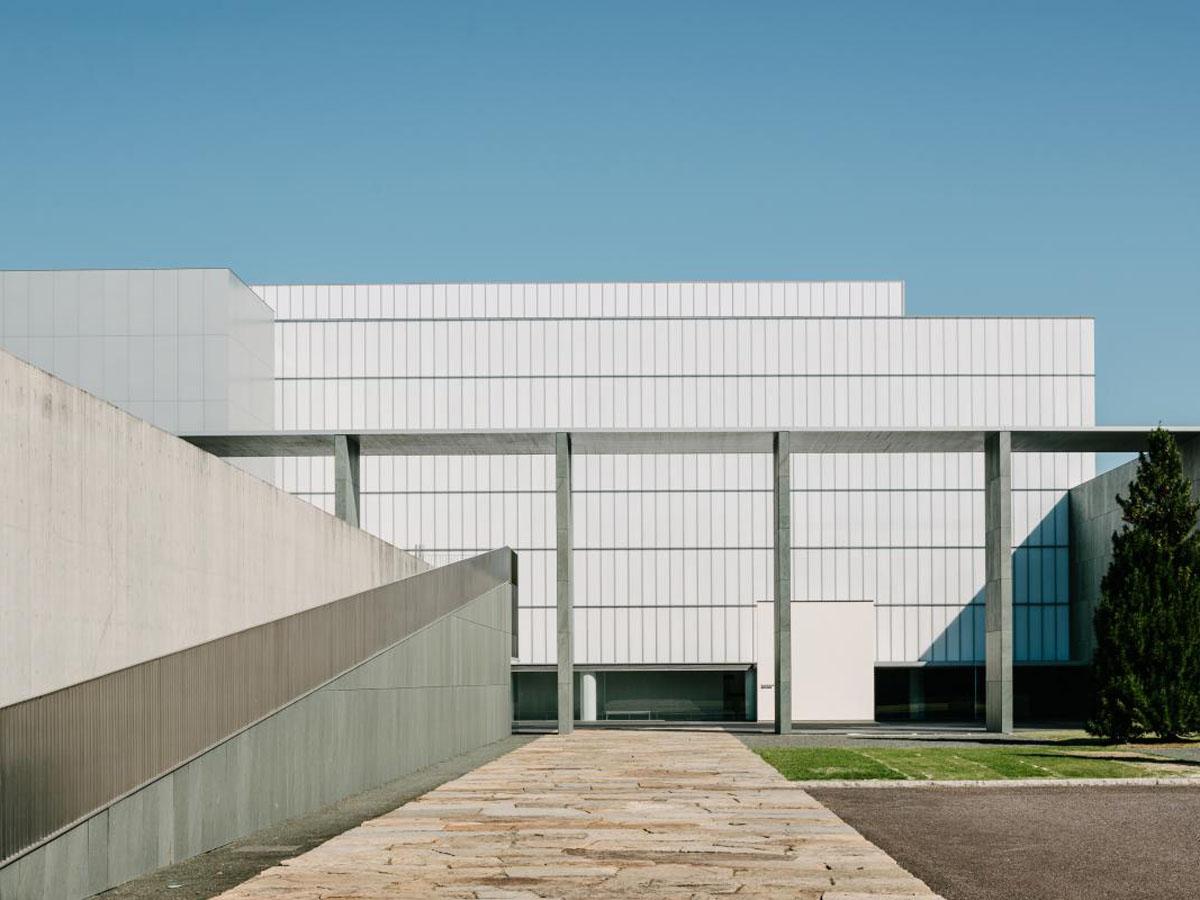
Toyota Municipal Museum of Art
Toyota-Area
-
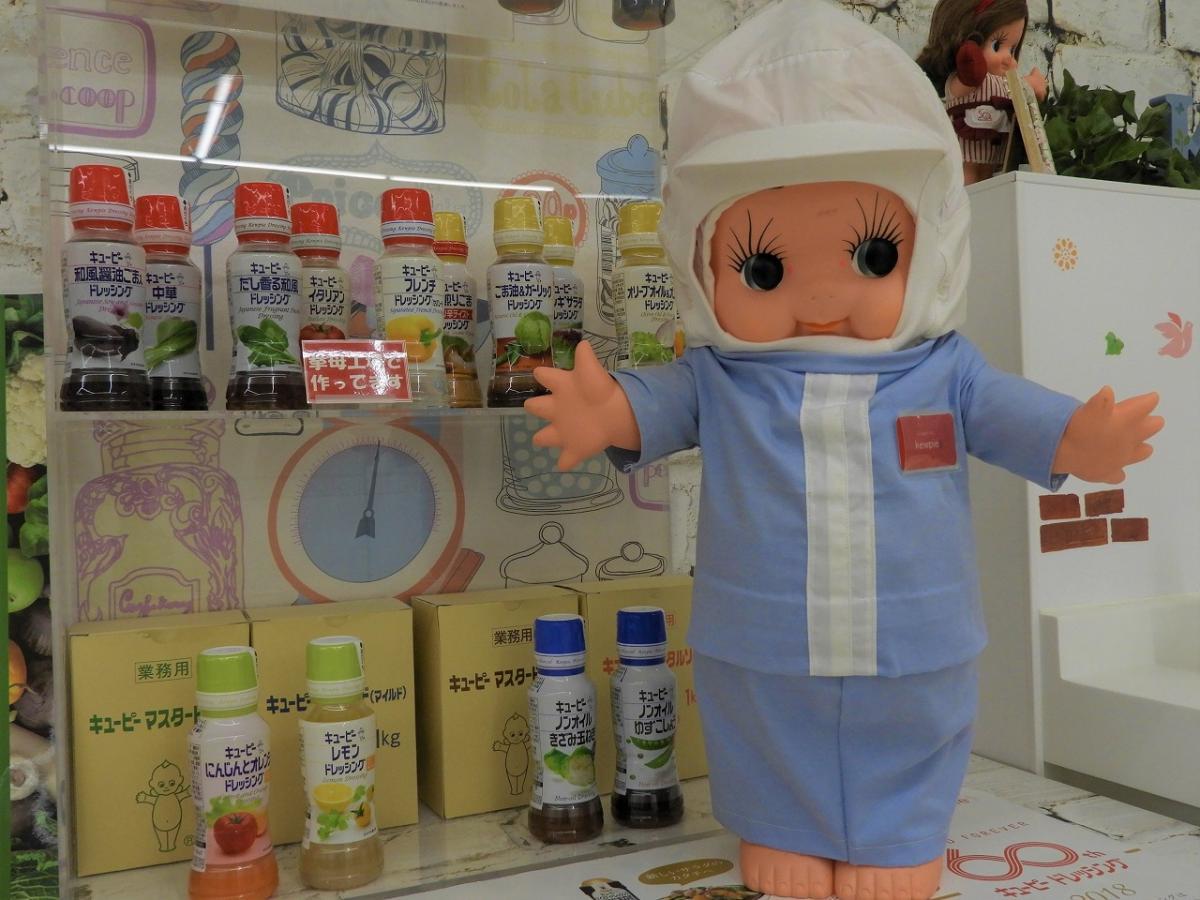
Kewpie Koromo Factory
Toyota-Area
Kewpie hosts tours of its factories to the public, styling them as a form of “open kitche…
-
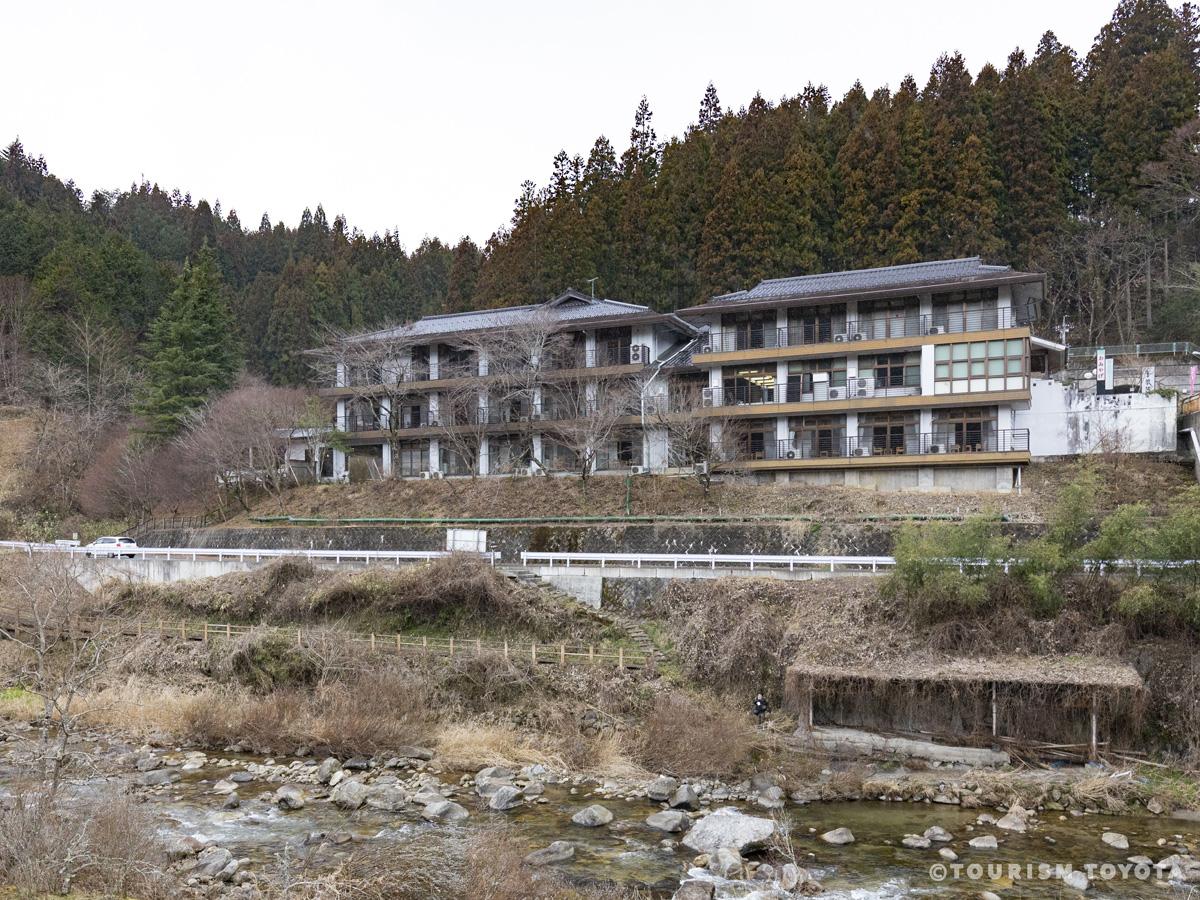
Natsuyake Onsen Resort
Inabu-Area
Nagura River runs through the center of the hot spring town. The river scenery is beautif…
-
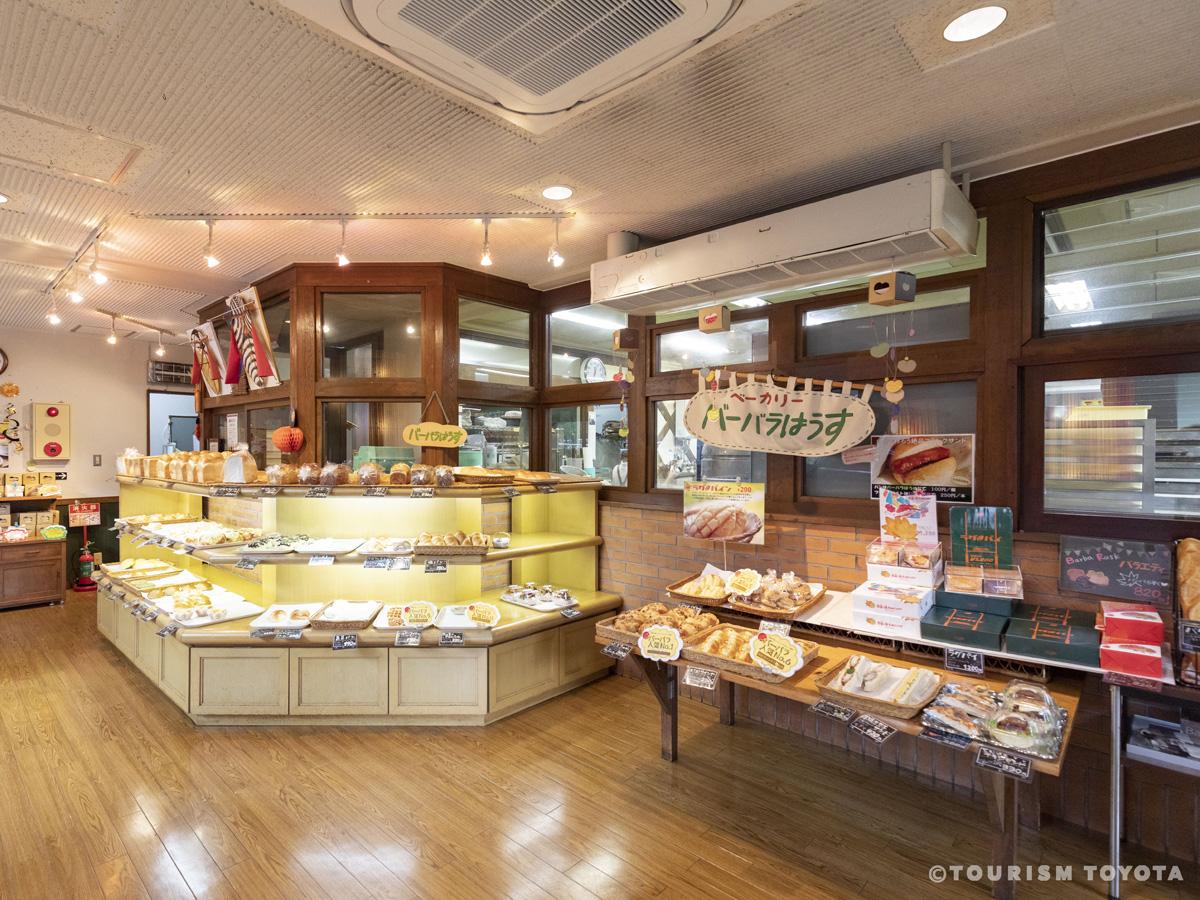
Barbara House Bakery
Asuke-Area
In the Asuke area, next to Asuke Ham ZiZi Studio, there’s a popular store that sells hand…
-
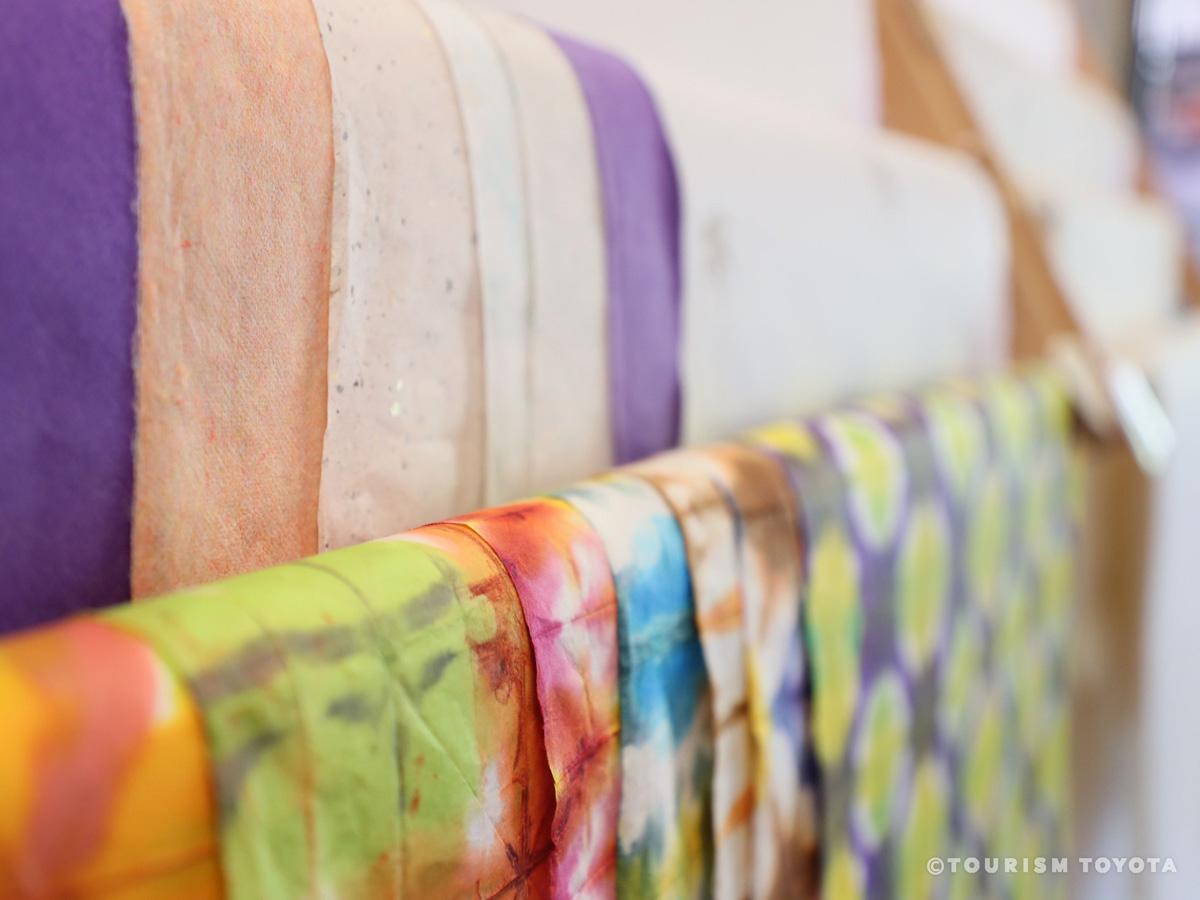
Toyotashi Obara Paper Art Museum Washi no Furusato - Art and Craft Center
Obara-Area
The Obara district is well-suited to growing the mulberry plant, so it has been known as …
-
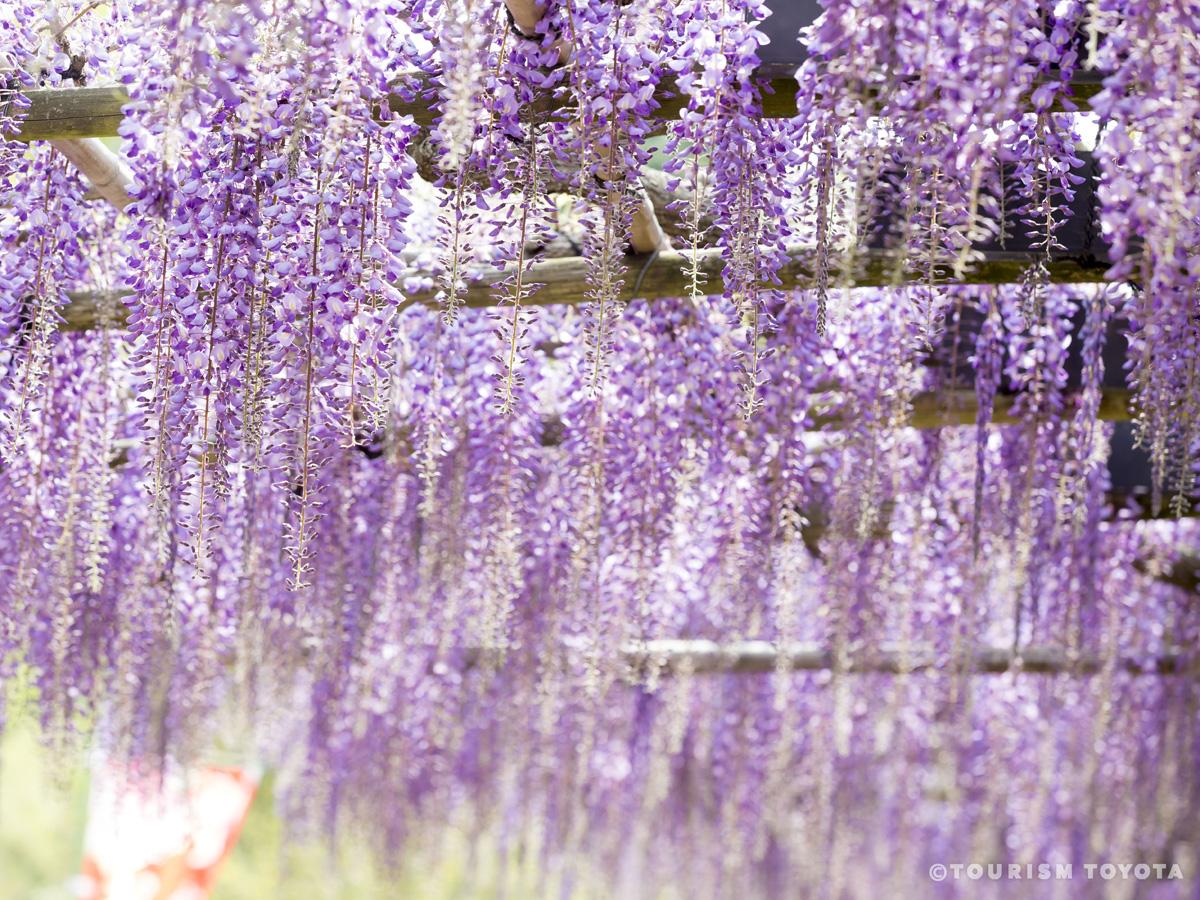
Fuji-no-Kairo Wisteria Alley
Fujioka-Area
Approximately 370 meters of walking paths lined by wisteria flowers, offering entrancing …
-
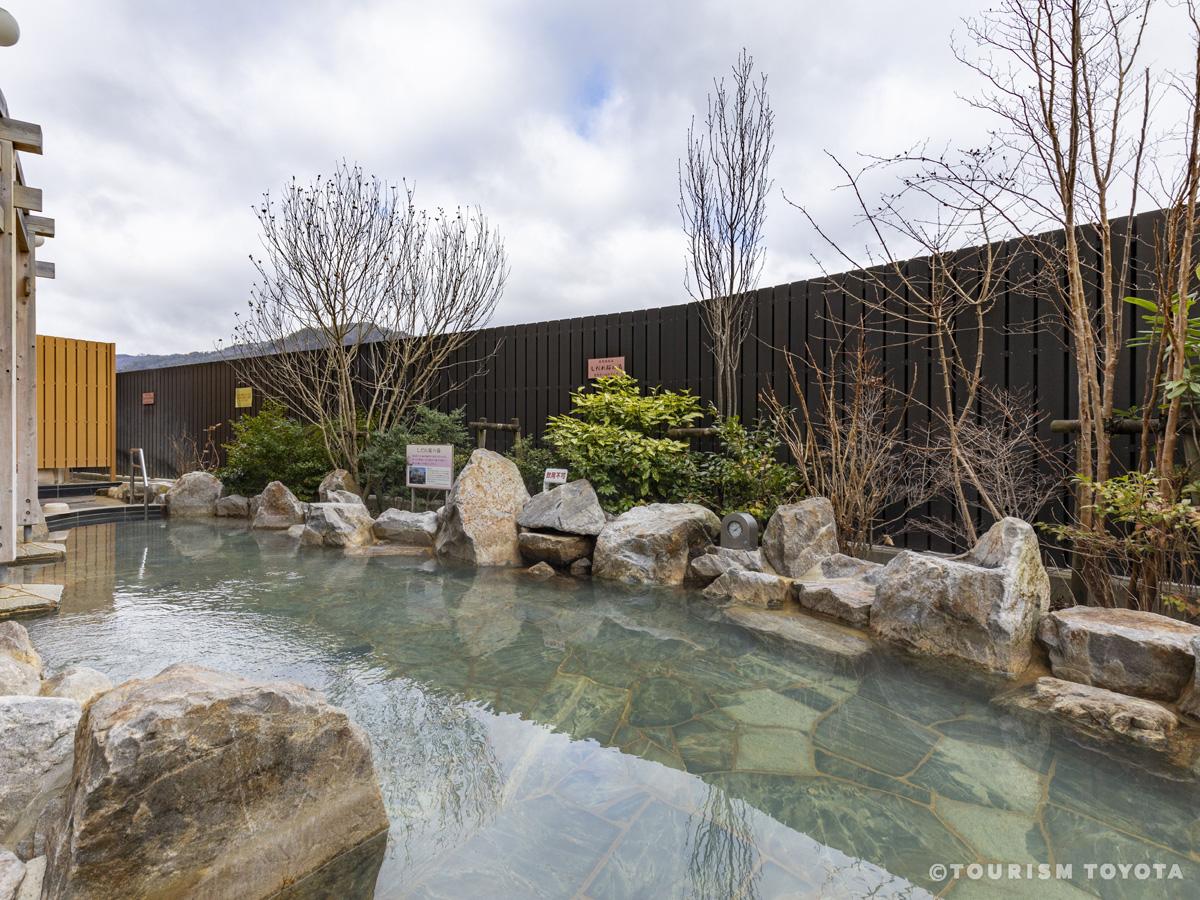
Inabu Onsen Donguri no Yu Hot Spring
Inabu-Area
Enjoy a variety of baths such as the outdoor bath surrounded by seasonal flowers and a wo…
-
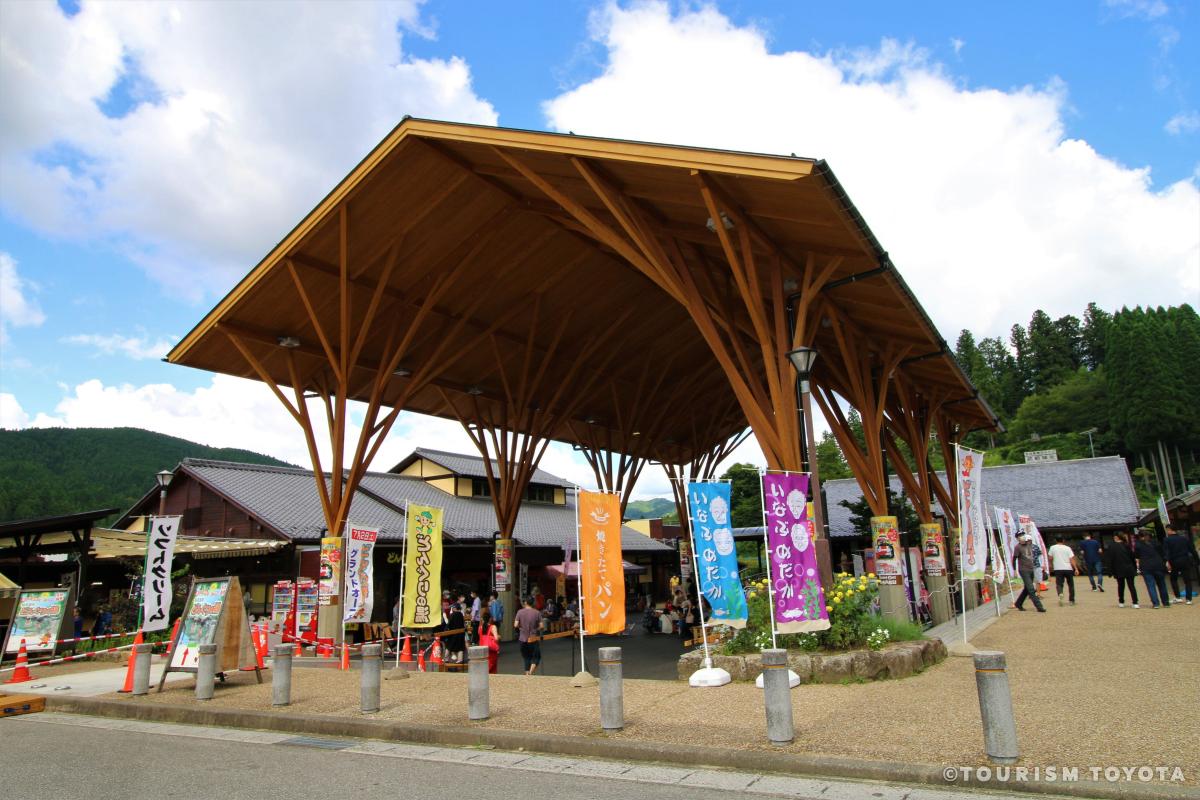
Donguri no Sato Inabu Roadside Station
Inabu-Area
Donguri no Sato Inabu Roadside Station is a shopping hub located in the Inabu Area of Toy…
-

Chunichi Paraglider
Inabu-Area
Choose from a variety of paragliding lessons including beginner lessons and pilot certifi…
-
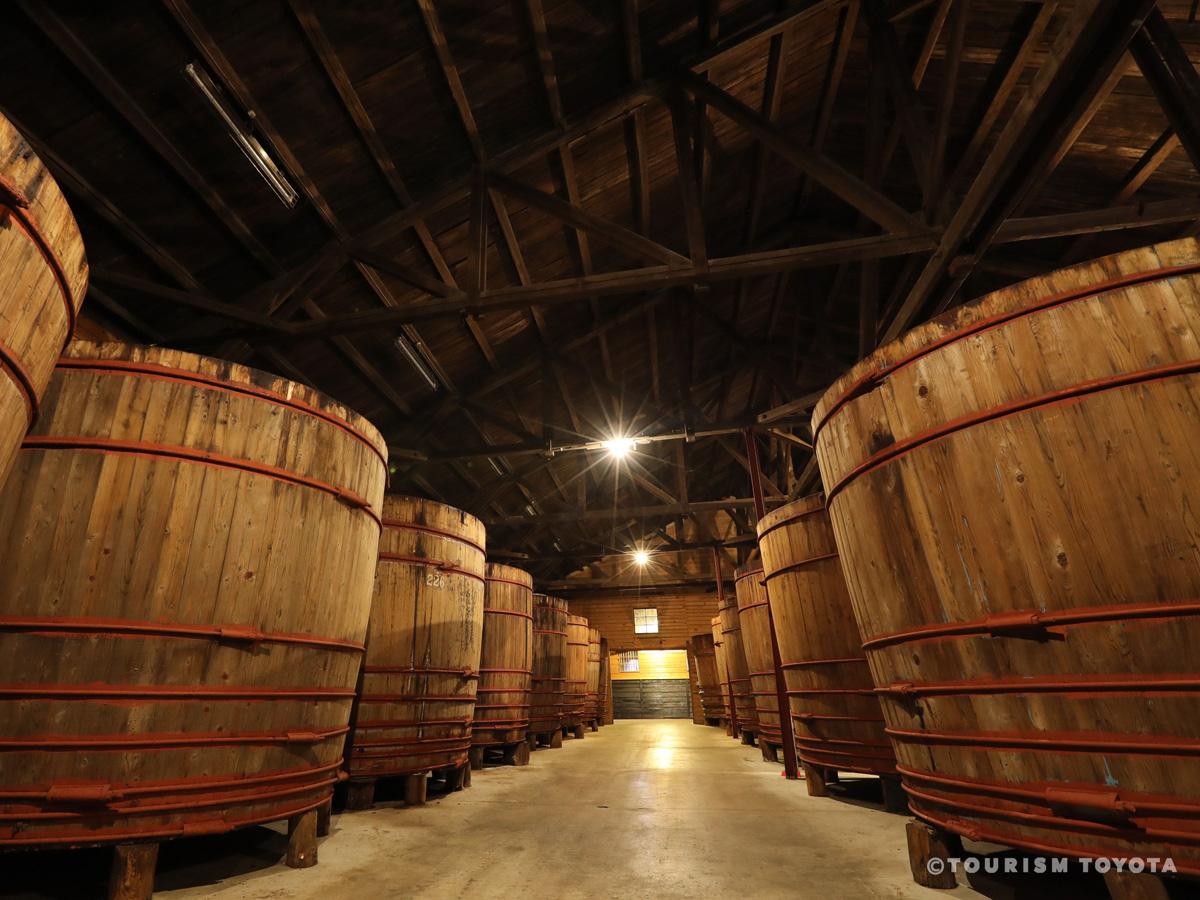
Masuzuka Miso of Noda Miso Co.
Toyota-Area
At this manufacturer of naturally fermented soybean miso, we protect the traditional meth…
-
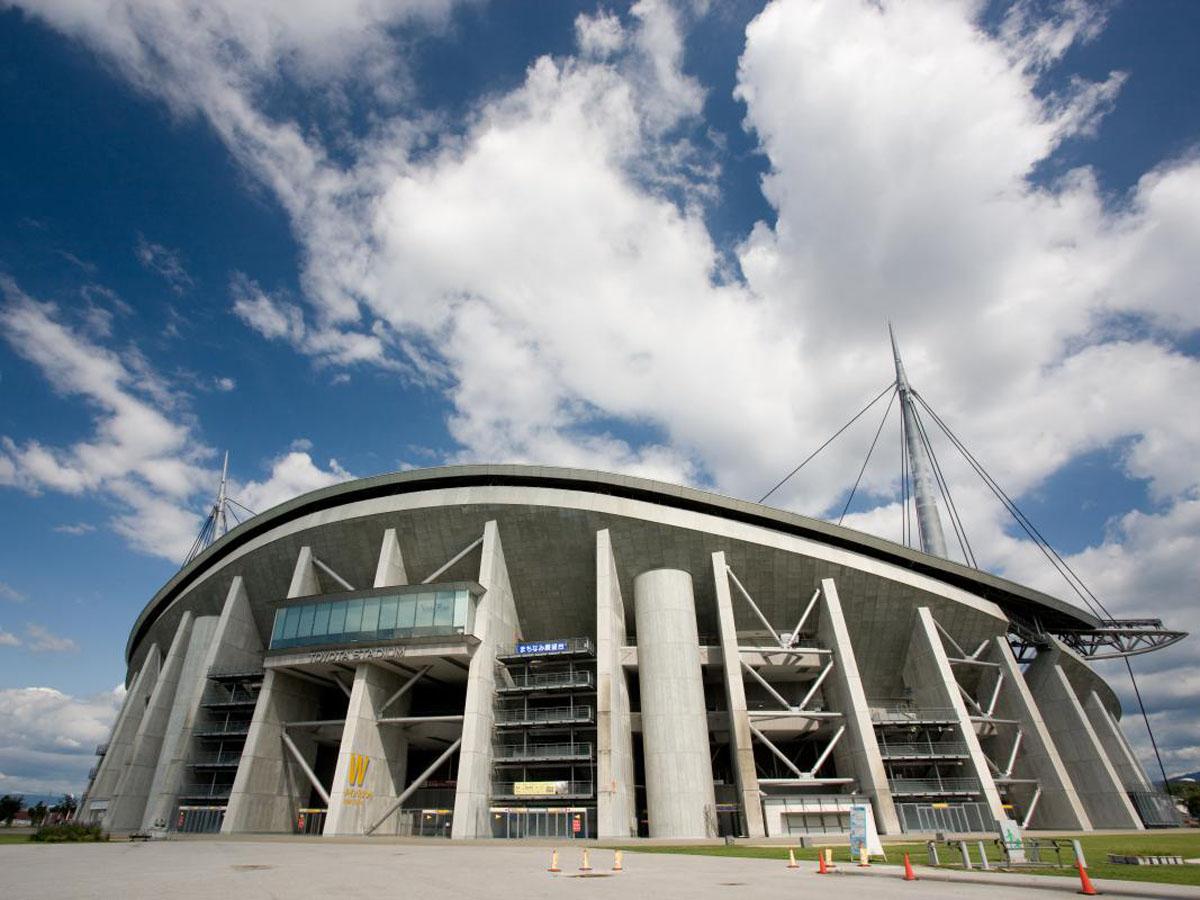
Toyota Stadium
Toyota-Area
-
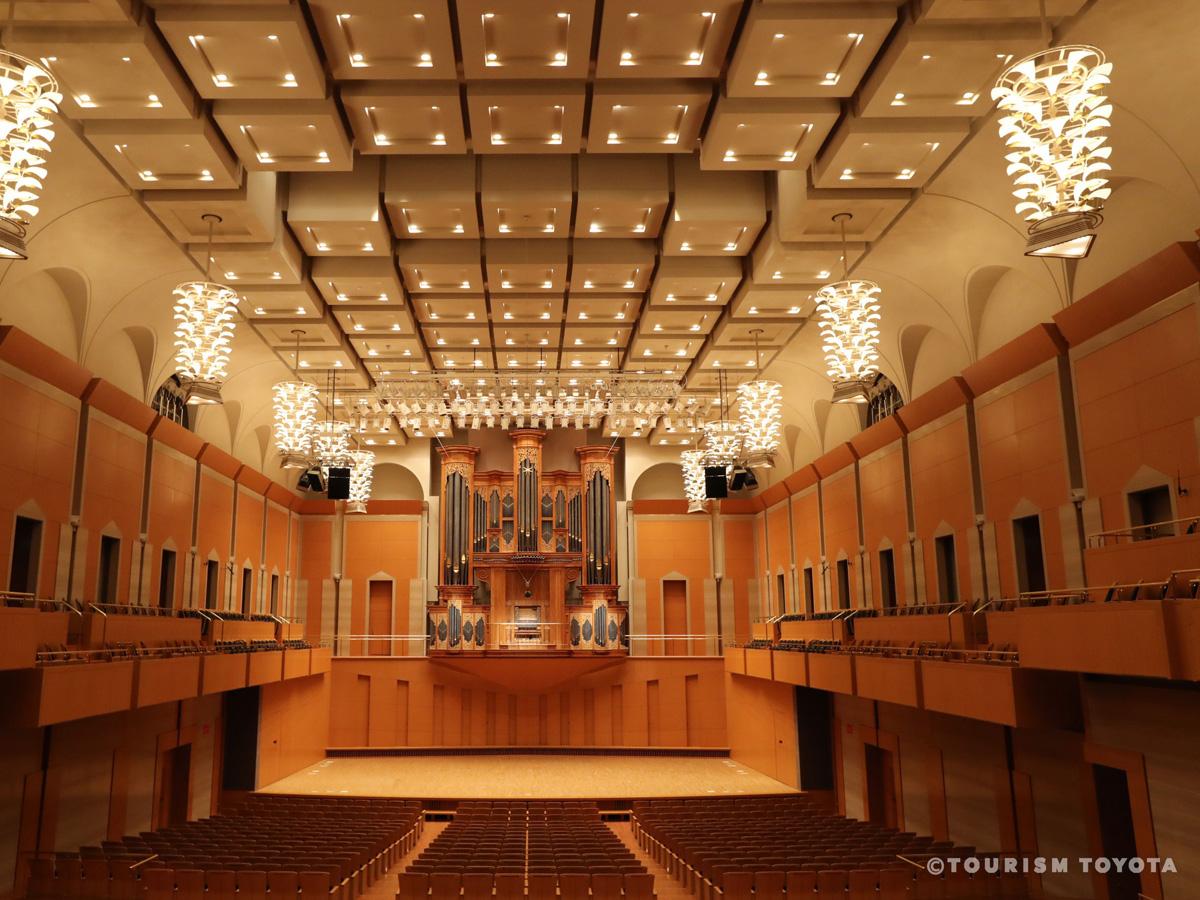
Toyota City Concert Hall
Toyota-Area
This concert hall is located in the Toyota Sangohkan, part of an urban redevelopment proj…
-
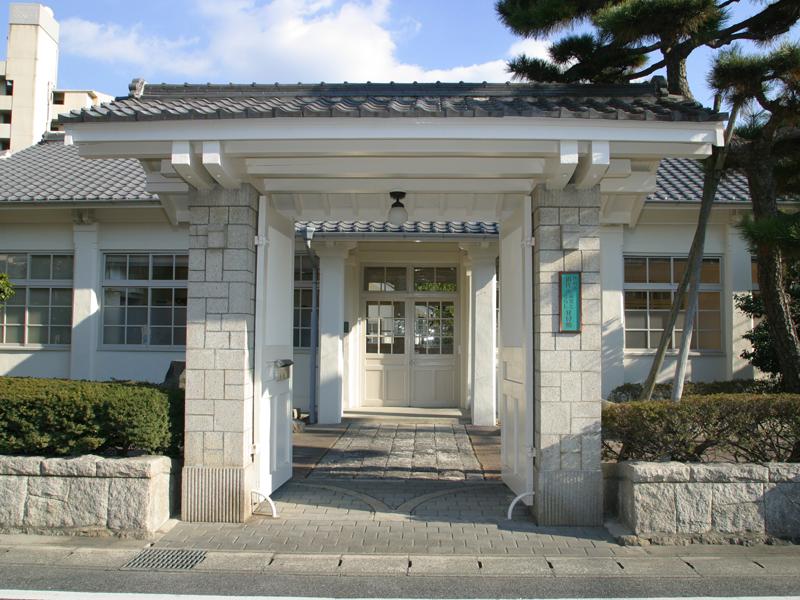
Toyota City Museum of Modern Industry and Living
Toyota-Area
Established in 2005, this museum and cultural property aims to promote culture, arts, and…
-
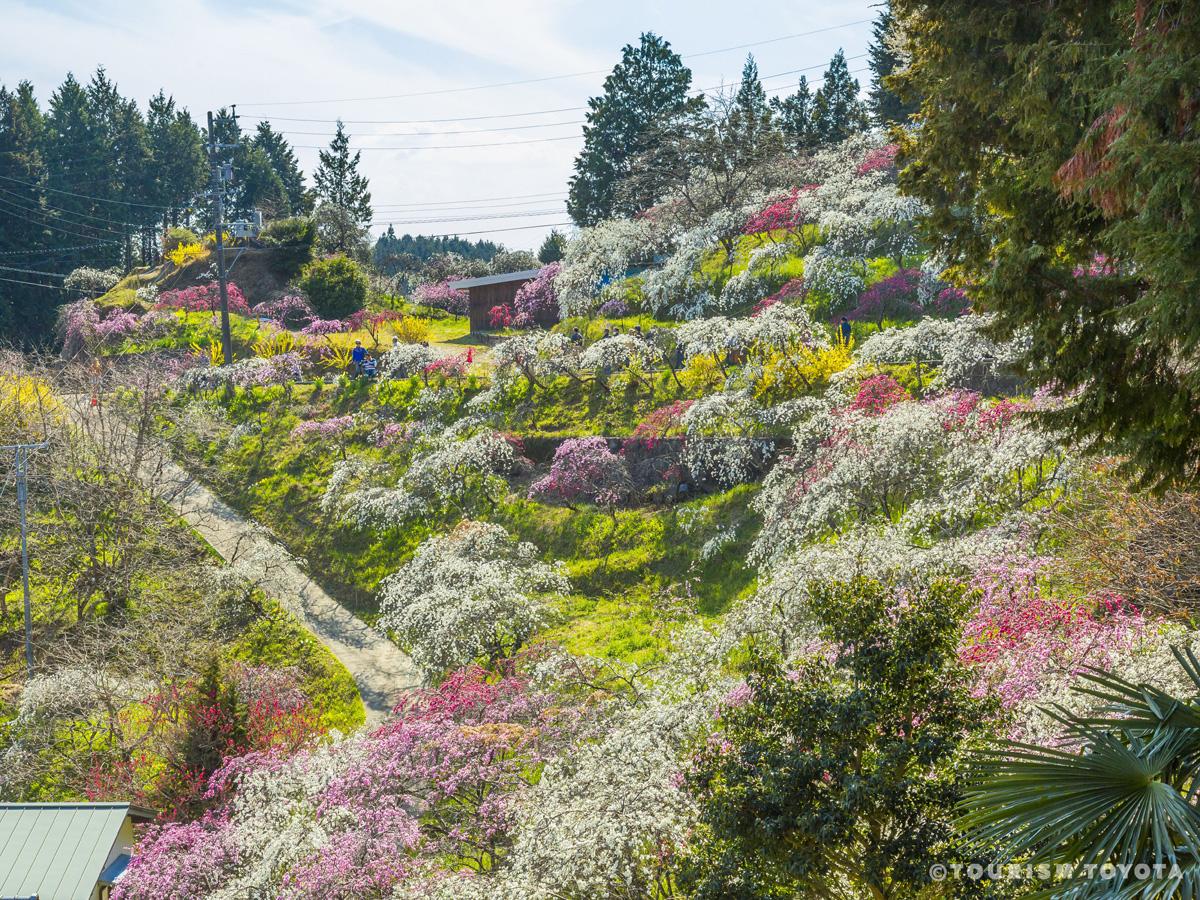
Kaminaka Weeping Peach Blossoms
Asahi-Area
-
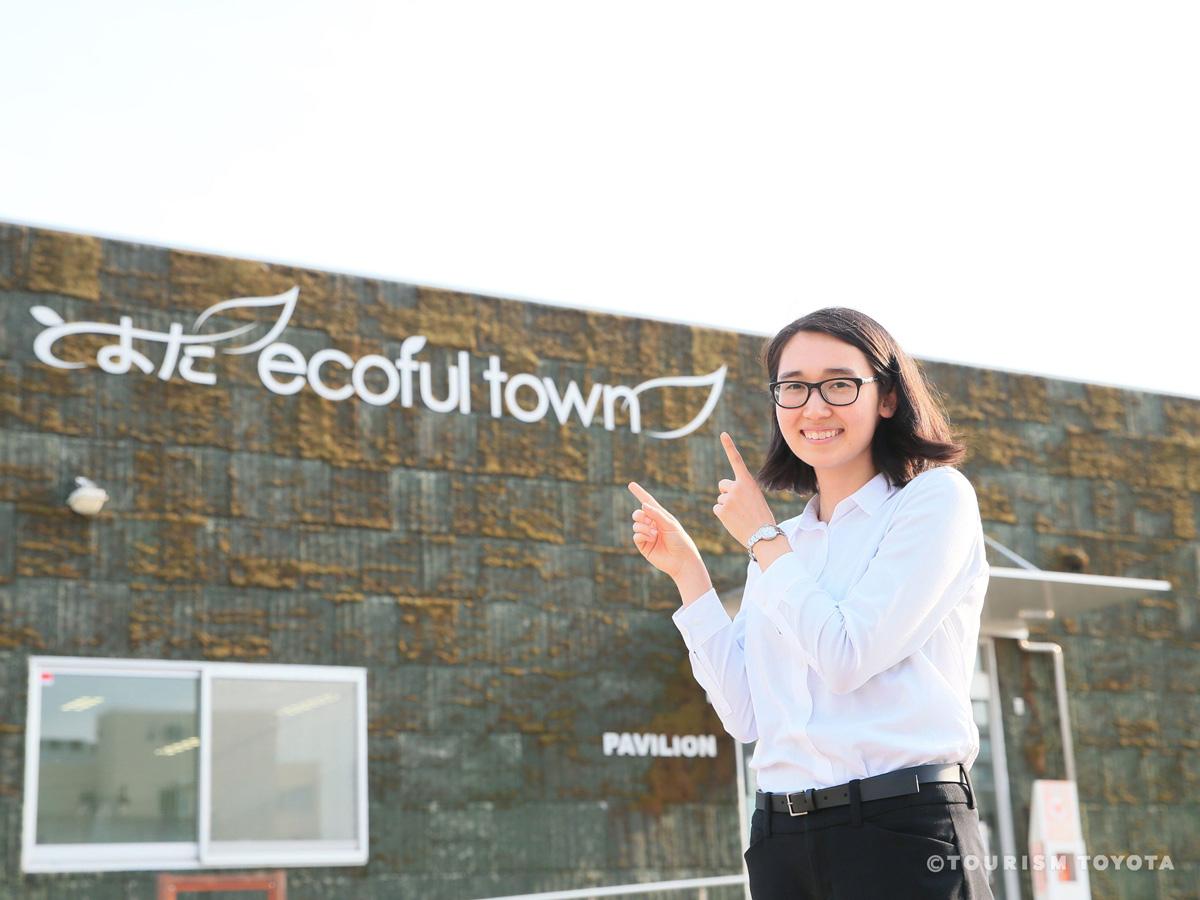
Toyota Ecoful Town
Toyota-Area
Toyota City, selected by the national government as an environmental model city, has gath…
-
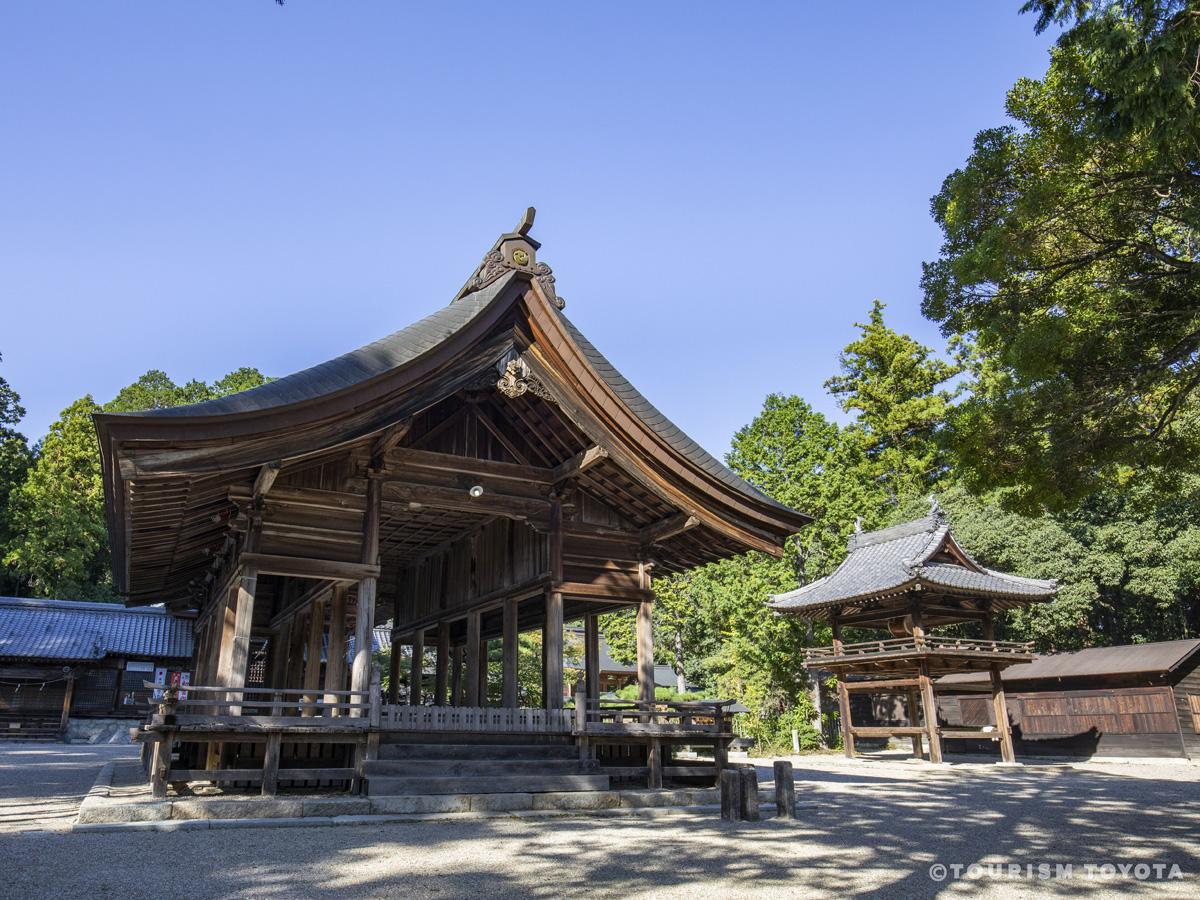
Sanage Shrine
Toyota-Area
-
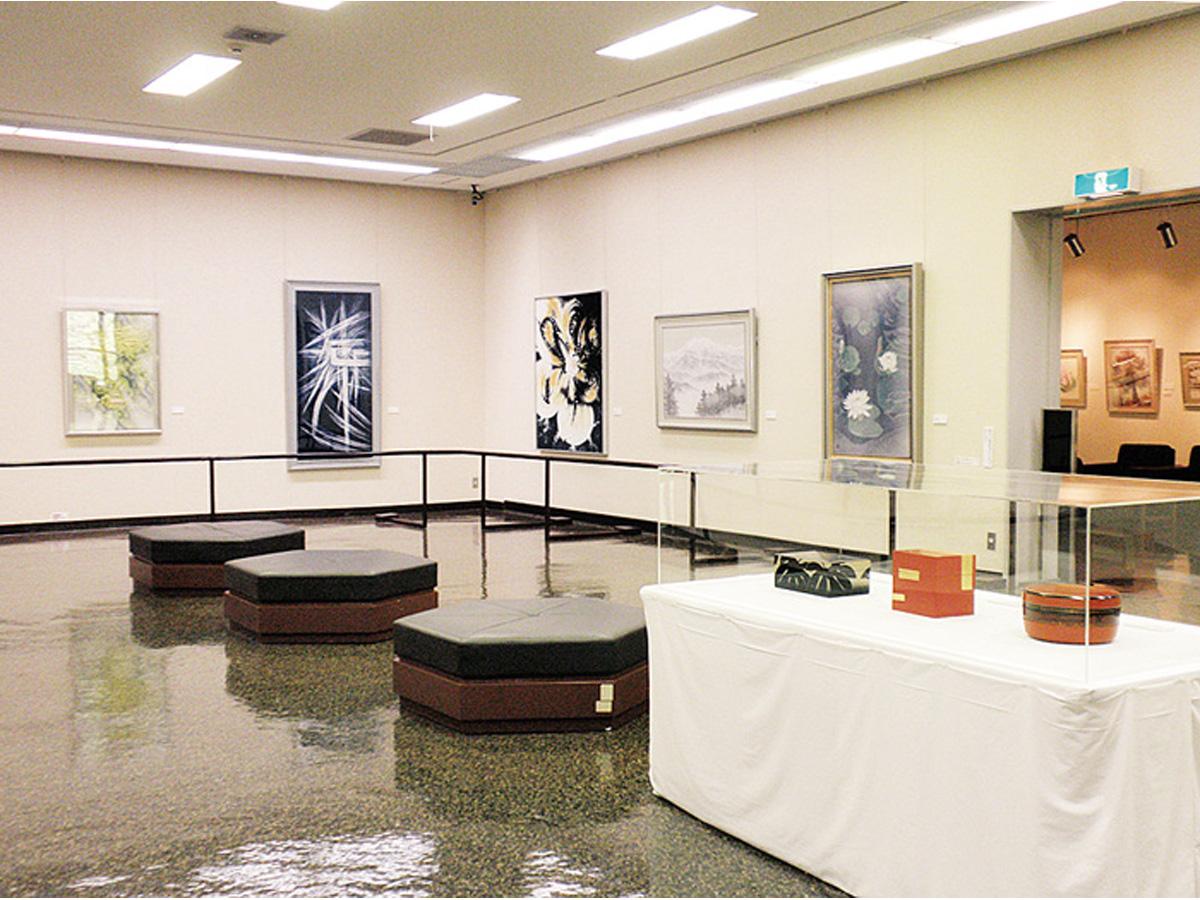
Obara Paper Art Museum Washi-no-Furusato - Washi Artwork Gallery
Obara-Area
Culture is spread through information, information is spread through communication, commu…
-

Toyota Kaikan Museum
Toyota-Area
The Toyota Kaikan Museum at the head office of Toyota Motor Corporation is one of the com…
-
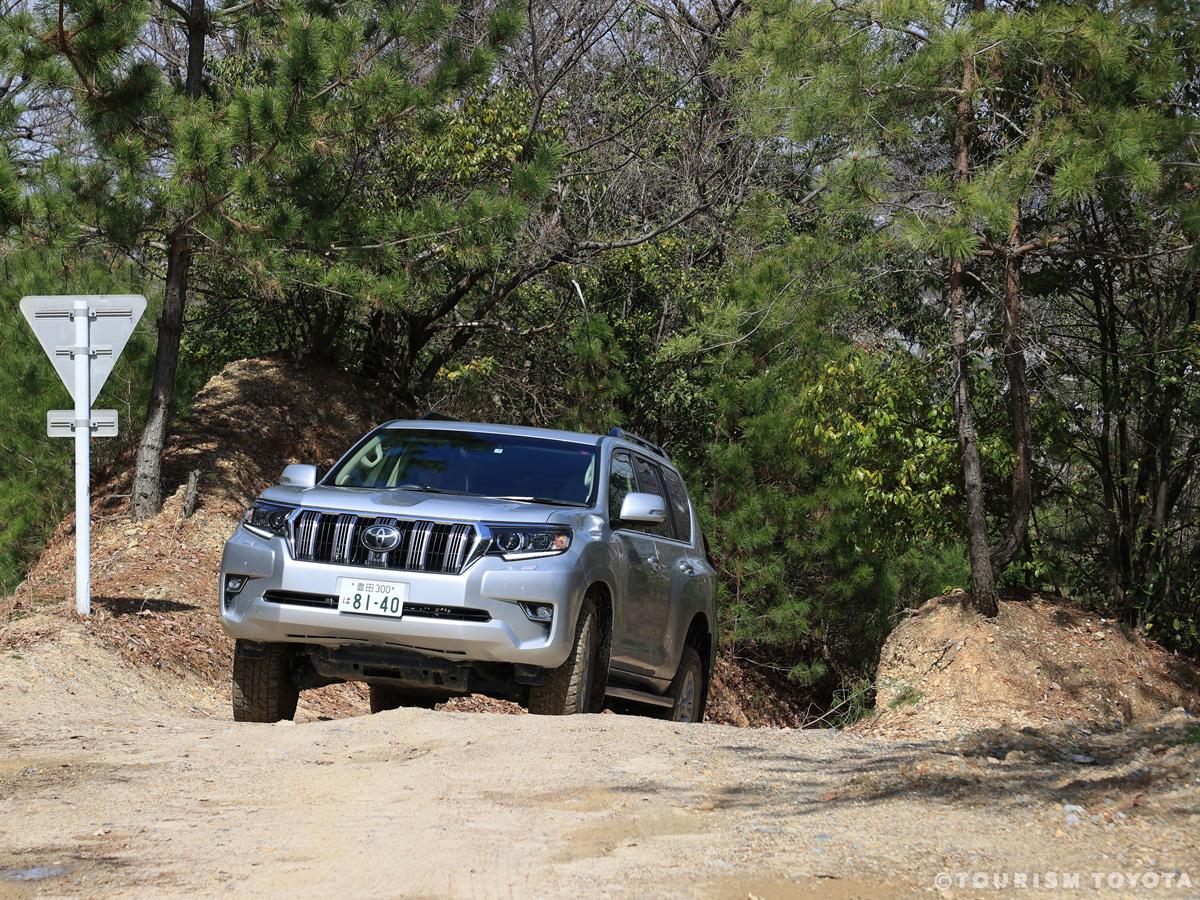
Sanage Adventure Field
Toyota-Area
Multipurpose outdoor attraction with off-road runs for four-wheel drive vehicles, barbecu…
-
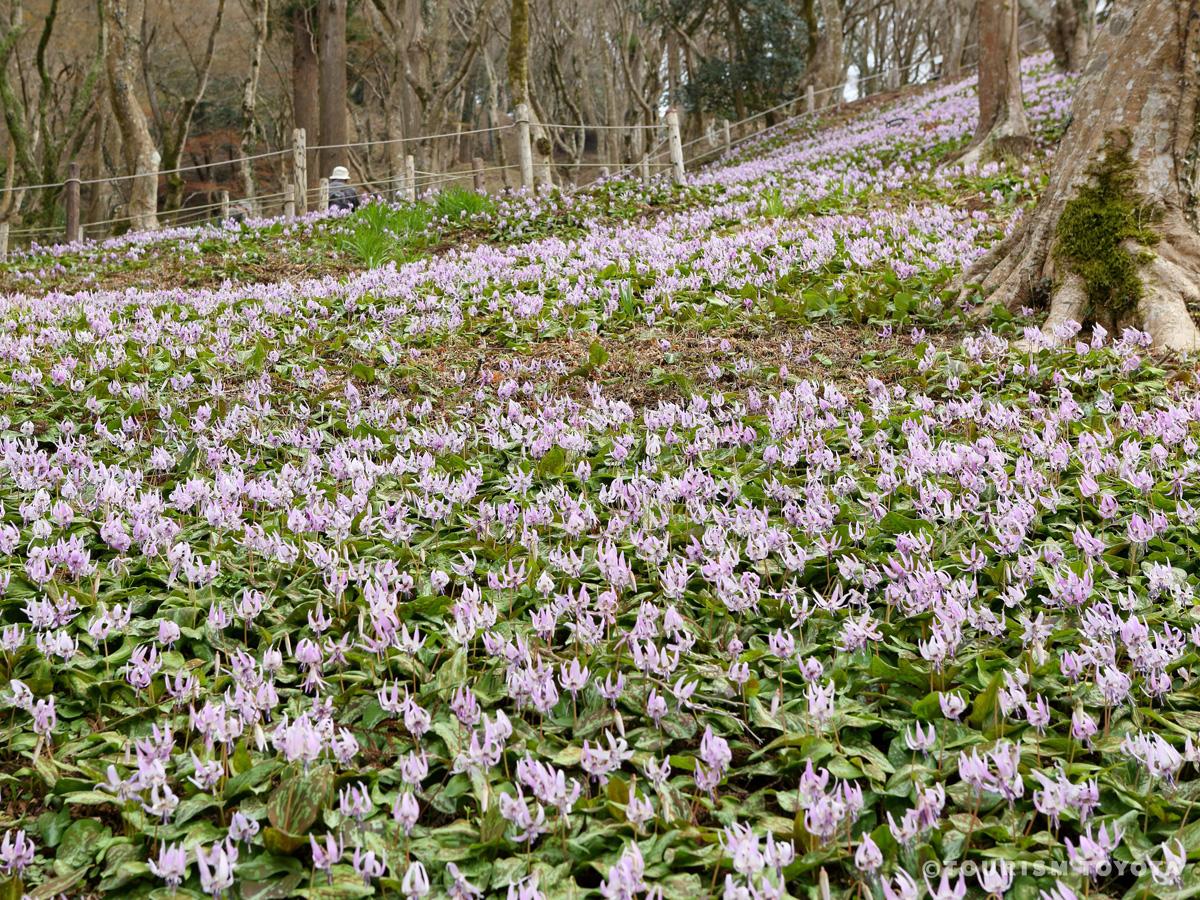
Katakuri Asian Fawnlily Colony of Asuke
Asuke-Area
The Asian Fawnlilies of Asuke are located on slopes of Mt. Iimori facing northwestwards a…
-
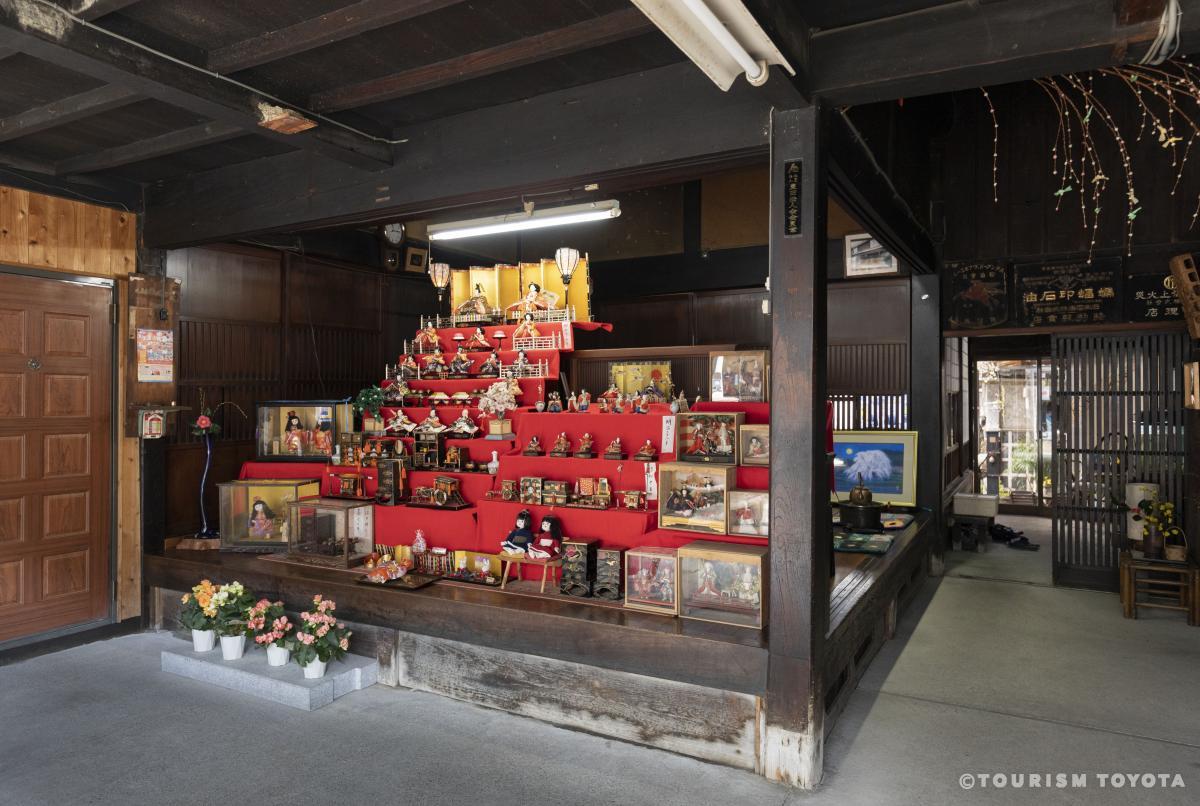
Hina Dolls of Chuma in Asuke
Asuke-Area
The homes and shops lining the old streets of Asuke decorate their foyers and interiors w…
-
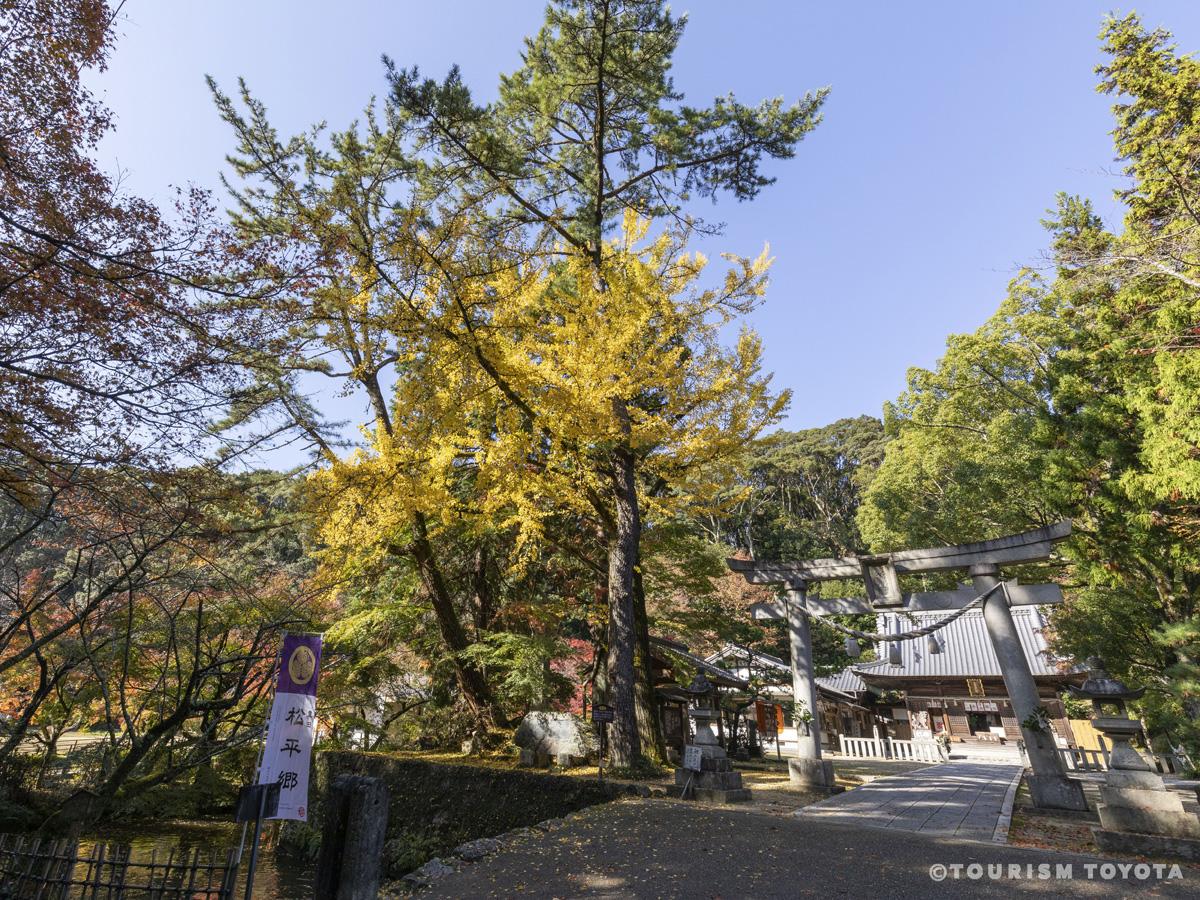
Matsudaira-Go
Matsudaira-Area
-
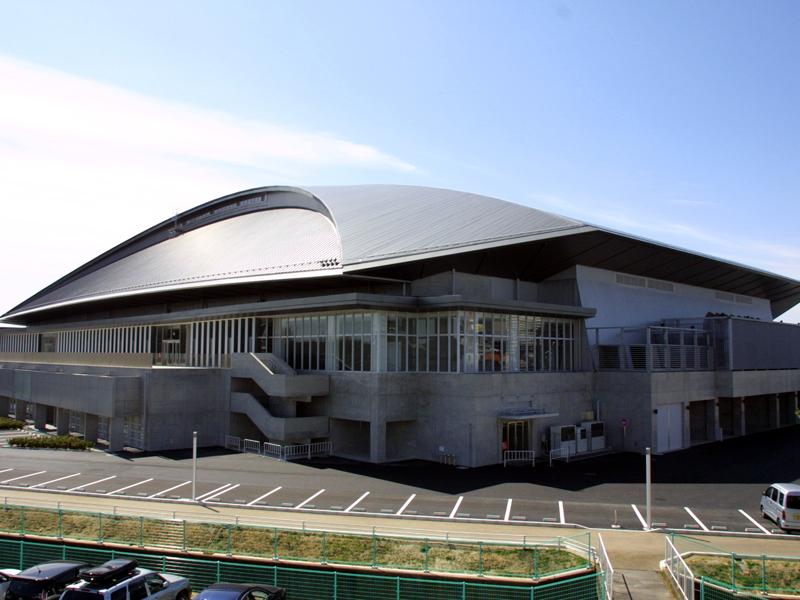
Sky Hall Toyota
Toyota-Area
Sky Hall Toyota is a base facility for indoor sports with a main hall, a sub hall and a b…
-
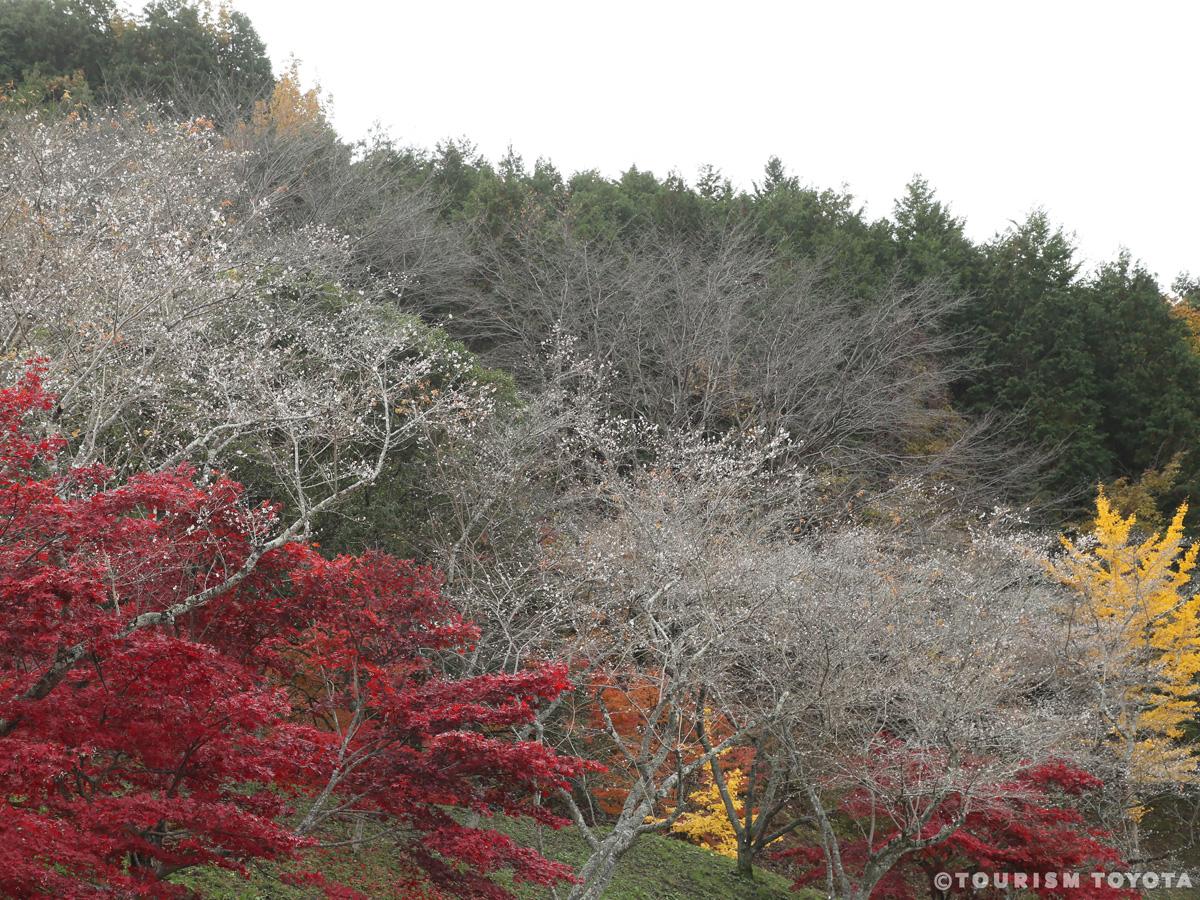
Shikizakura Four-Season Cherry Blossoms of Obara Fureai Park
Obara-Area
The Obara Fureai Park acts as a place of recreation and respite for local residents. The …
-

Kura-no-Naka Gallery Manrin Bookshop & Café
Asuke-Area
Along the Old Road of Asuke, a once busy Shio-no-Michi route - as vital backbone trading …
-
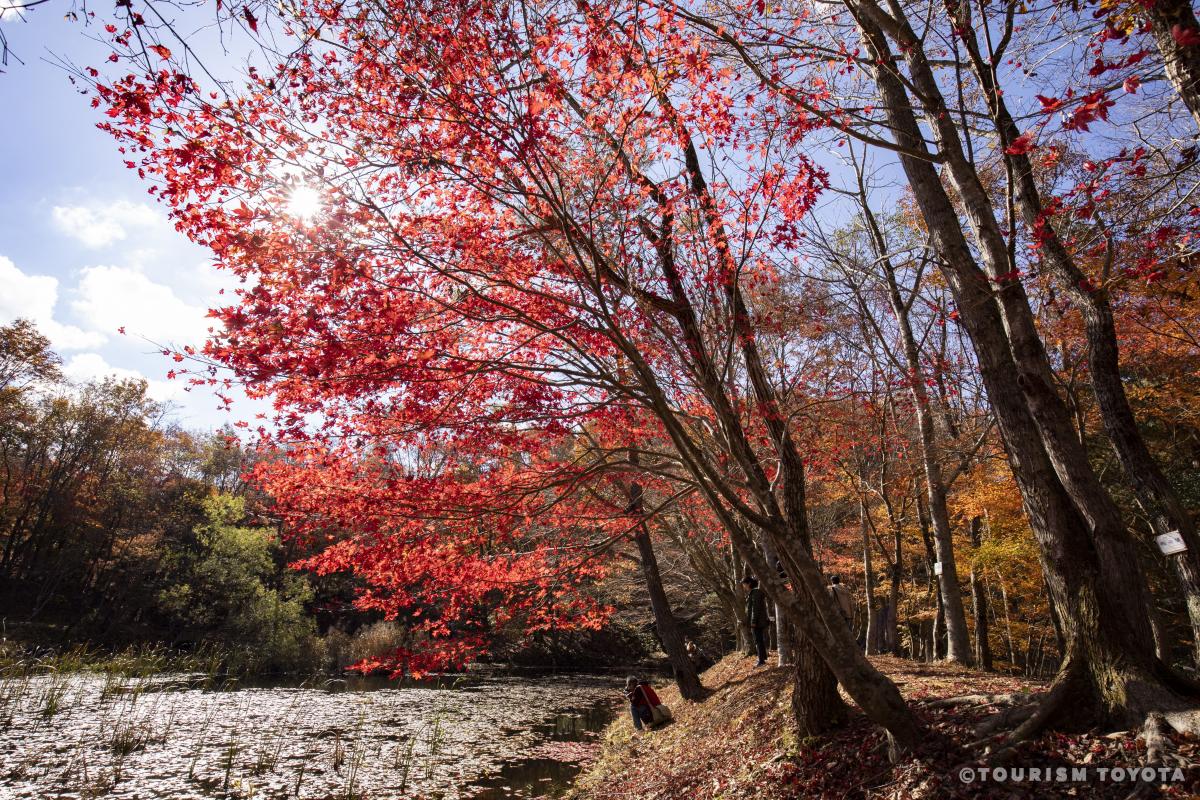
Takadoya Wetland
Inabu-Area
The Takadoya Wetland area offers visitors a level walking course equipped with boardwalks…
-
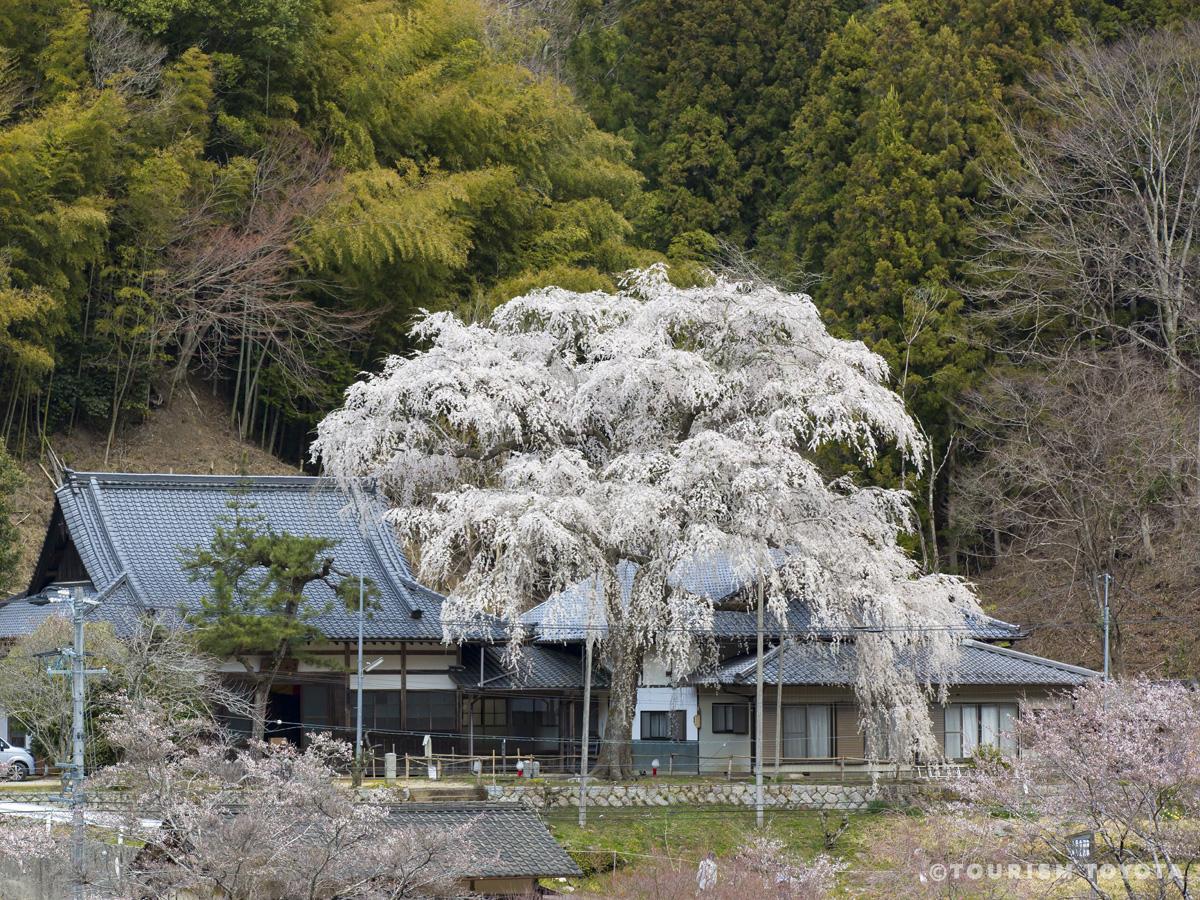
Daianji Temple
Inabu-Area
Daianji Temple belongs to the Soto school of Zen Buddhism and was established in the year…
-
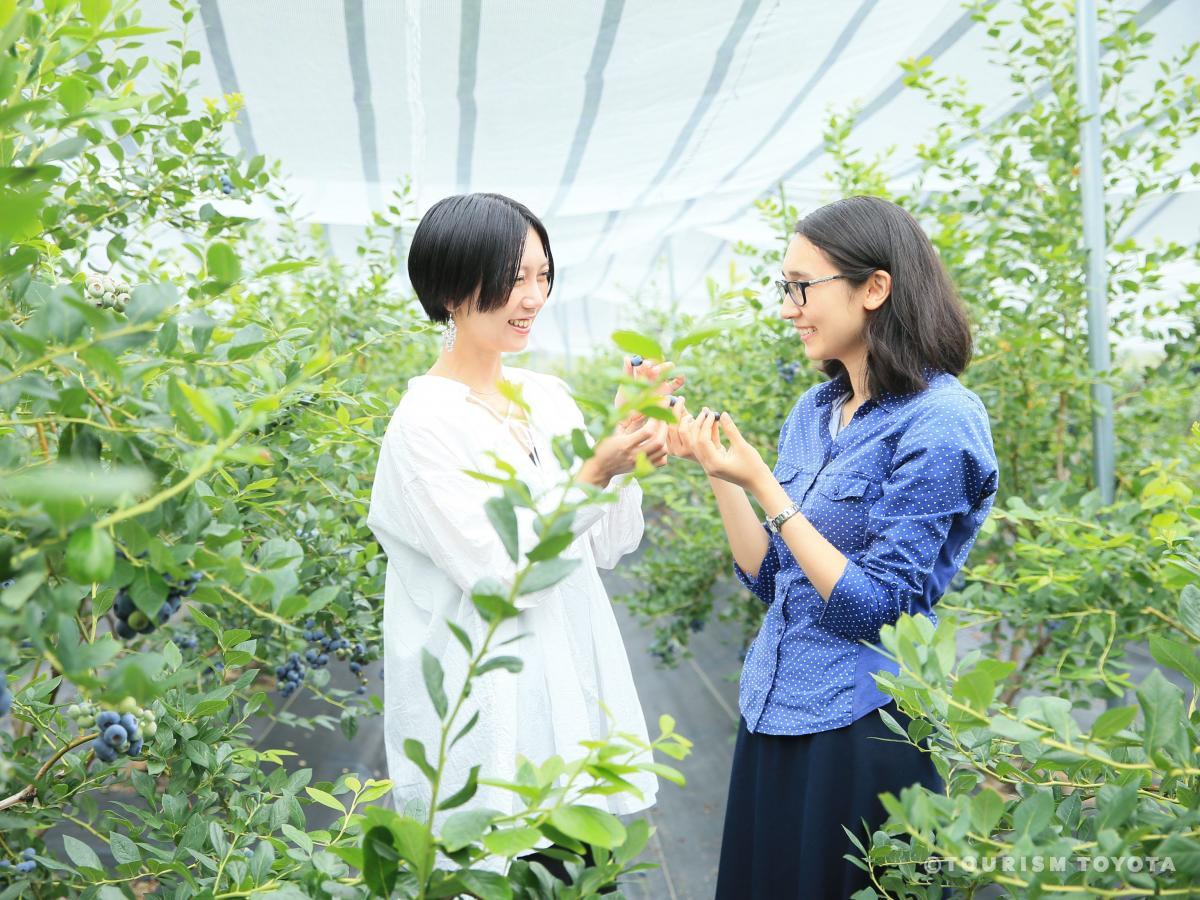
Blueberry-no-Komichi
Inabu-Area
Blueberry-no-Komichi has been in operation in the Inabu region since July 2008. Spend a l…
-
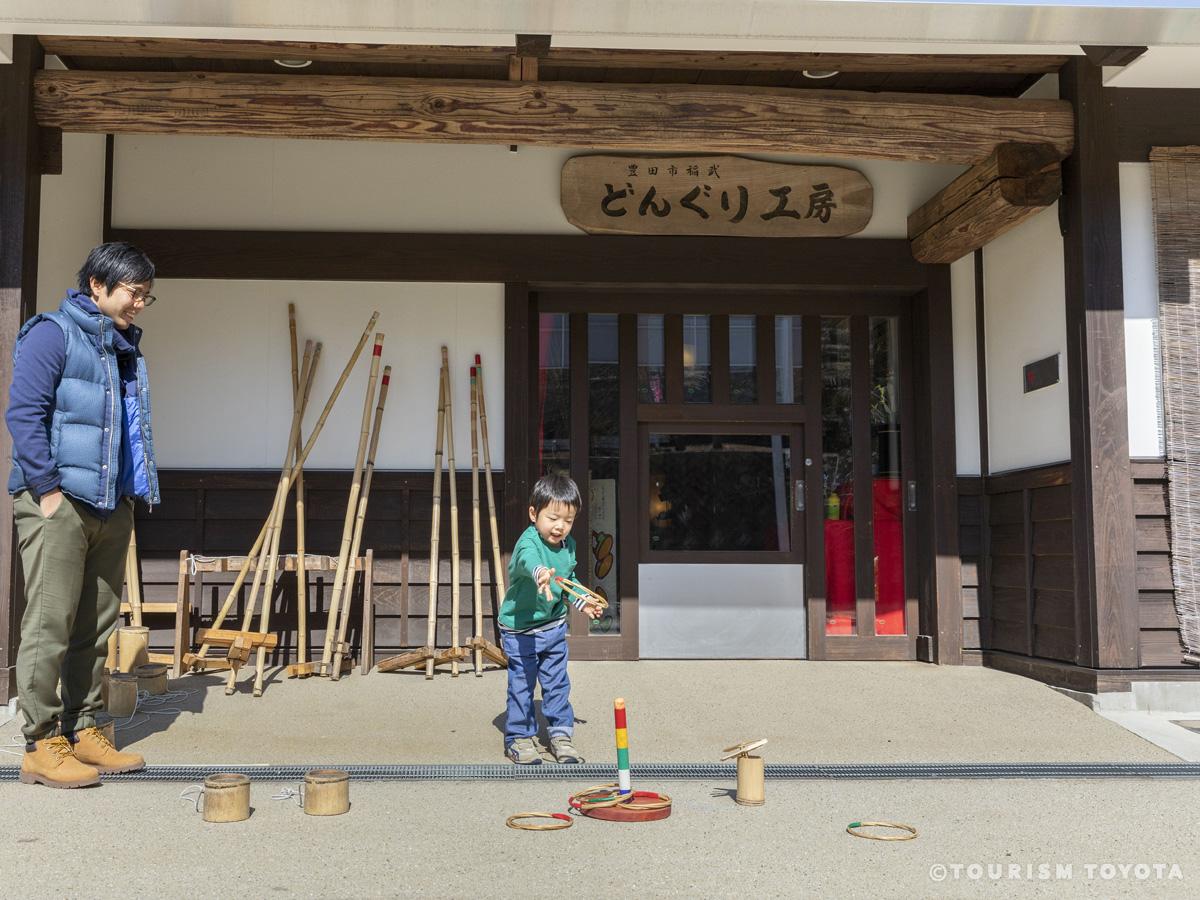
Donguri Workshop
Inabu-Area
Donguri Workshop is a facility set within a natural area in the mountains with a rich his…
-
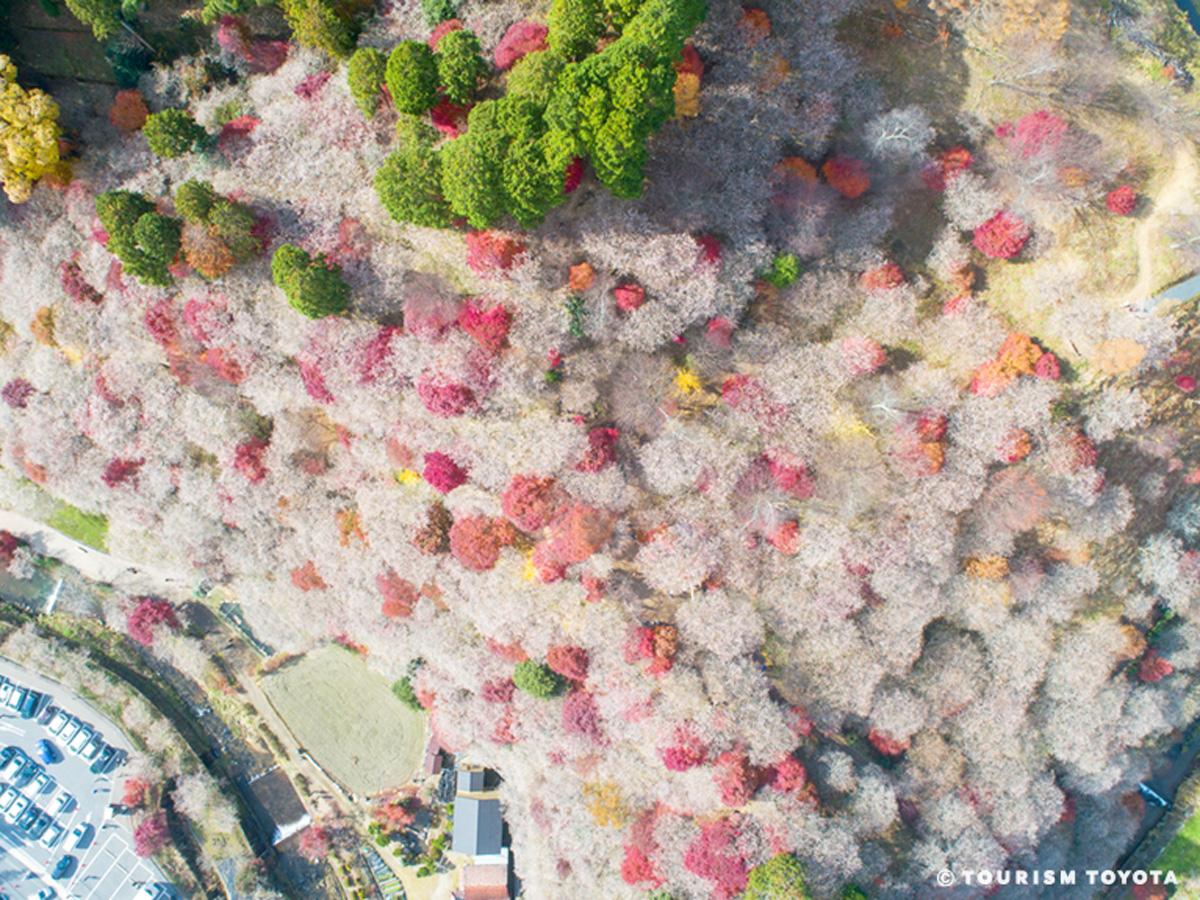
Semmi Shikizakura no Sato Park
Obara-Area
Take in a breathtaking view of 1,200 shikizakura cherry trees as their flowers contrast w…
-
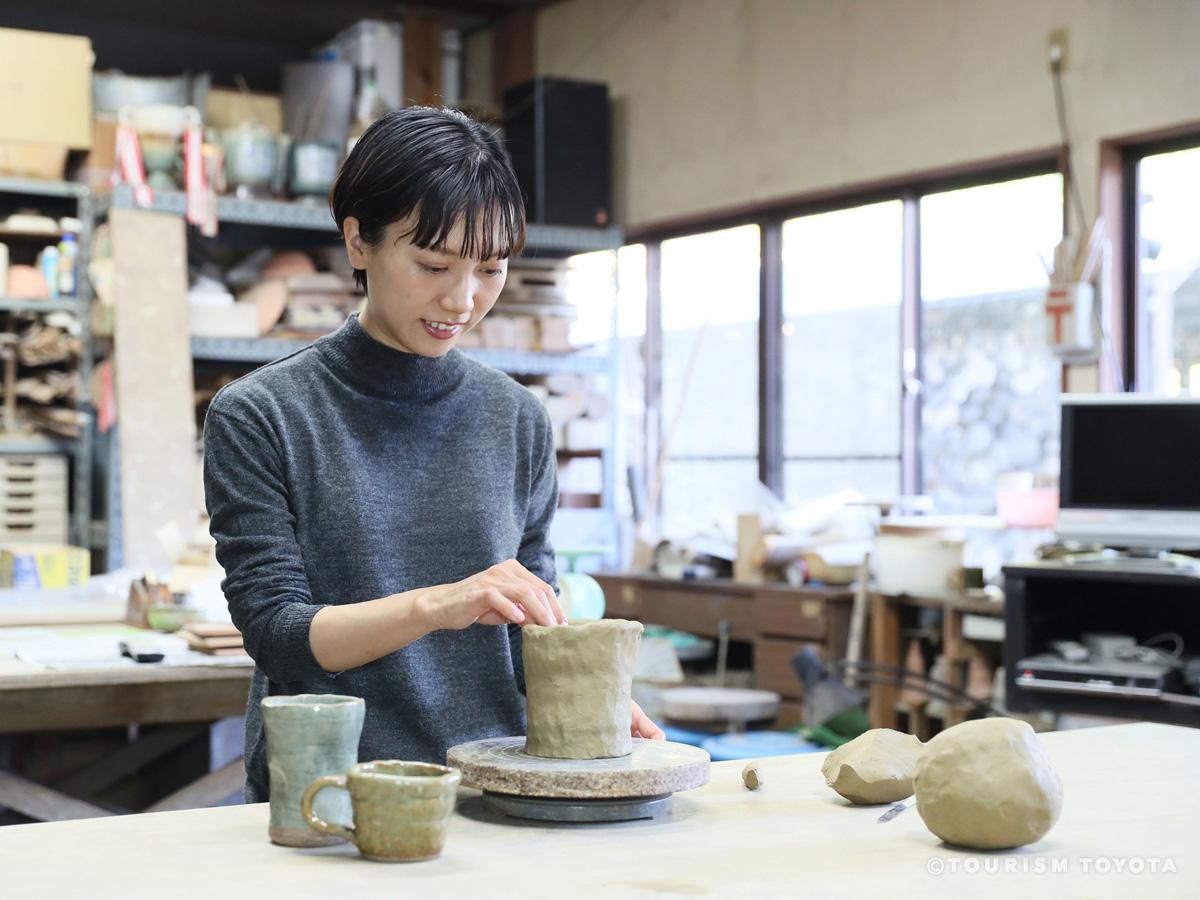
Obara Kama (Pottery Workshop)
Obara-Area
You can try your hand at pottery in the workshop. The shop also exhibits and sells a rang…
-
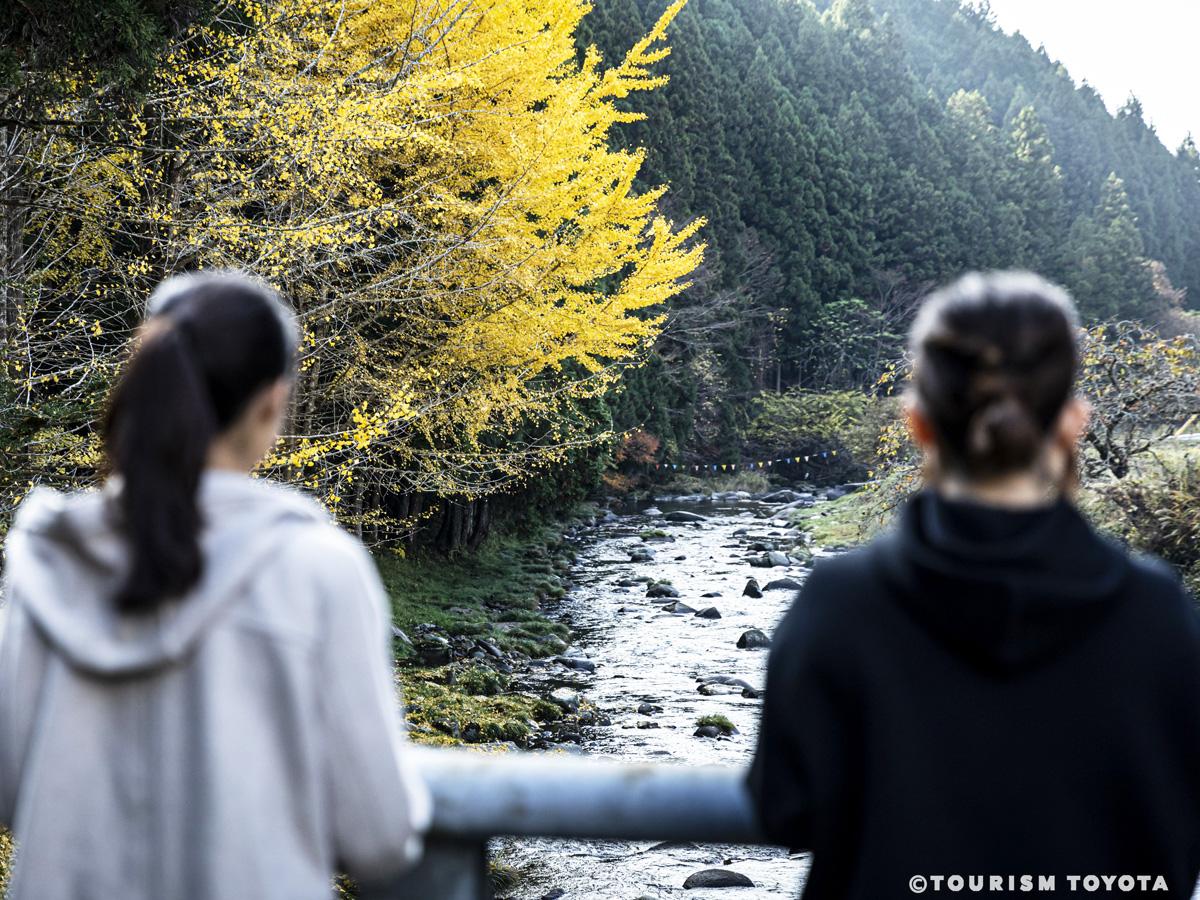
Noharagawa Tourism Center
Shimoyama-Area
Enjoy nature to the fullest from season to season with refreshing breezes along the clear…
-
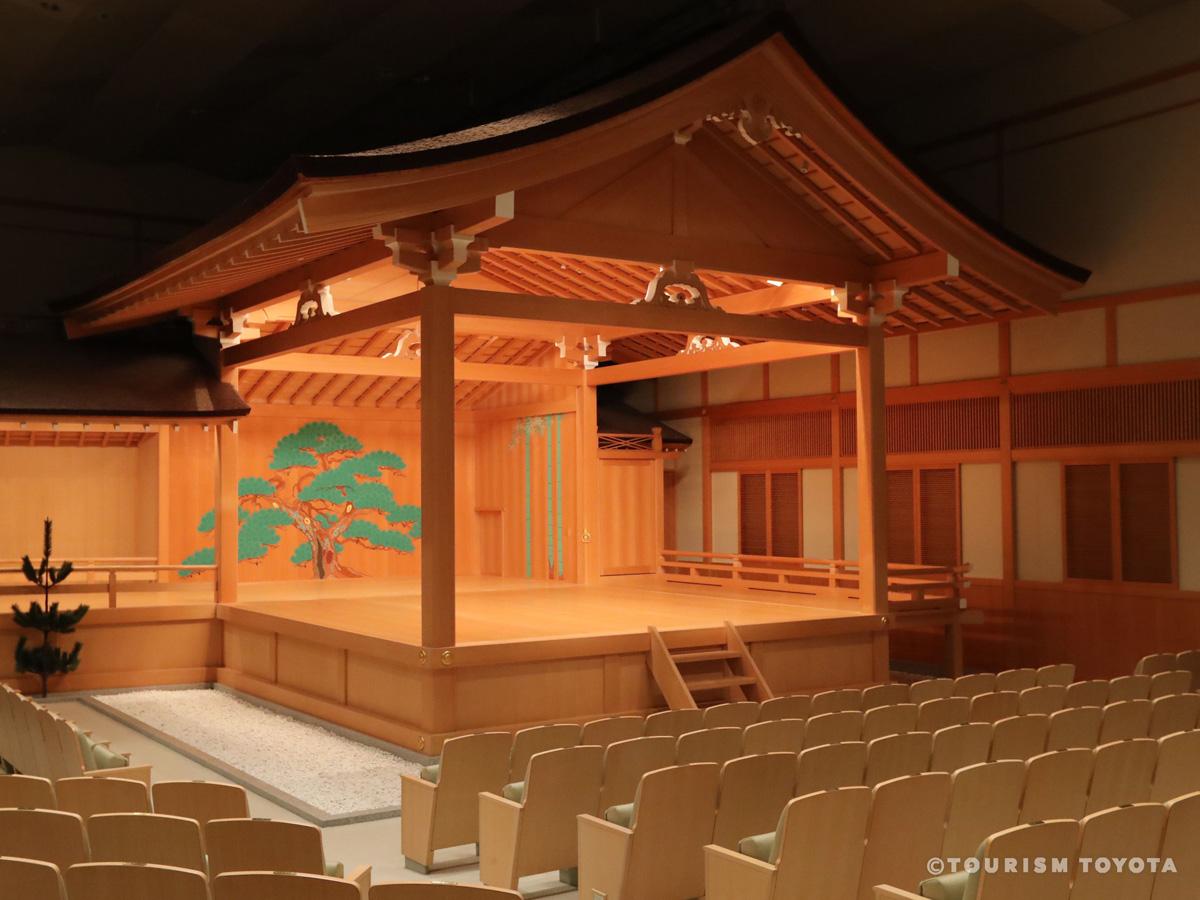
Toyota City Concert Hall - Nohgakudo
Toyota-Area
A Noh theater in the Toyota Sangohkan urban redevelopment building. Featuring a Kirizuma-…
-
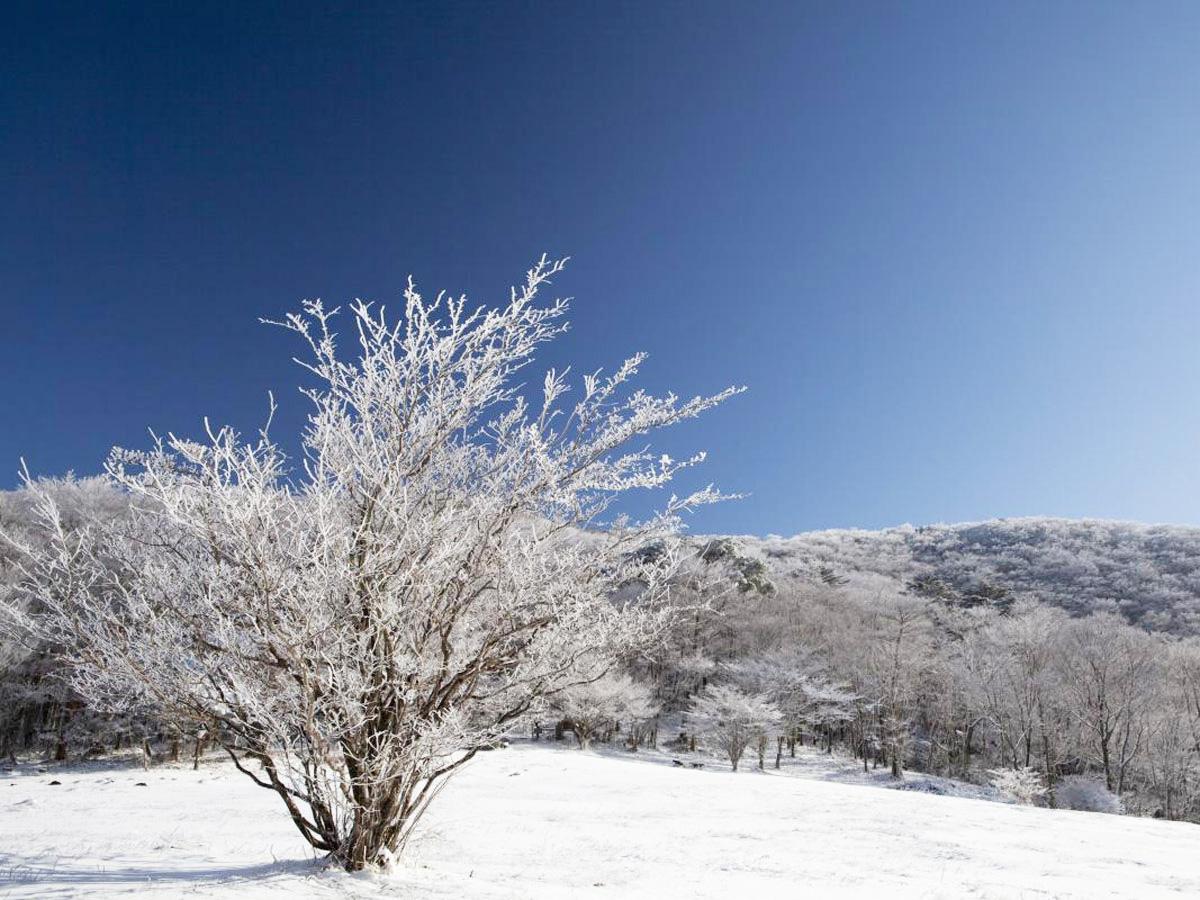
Mennoki Soft Rime Virgin Forest
Inabu-Area
The virgin forest of Mennoki, filled with beech trees over 300 years old, is designated a…
-
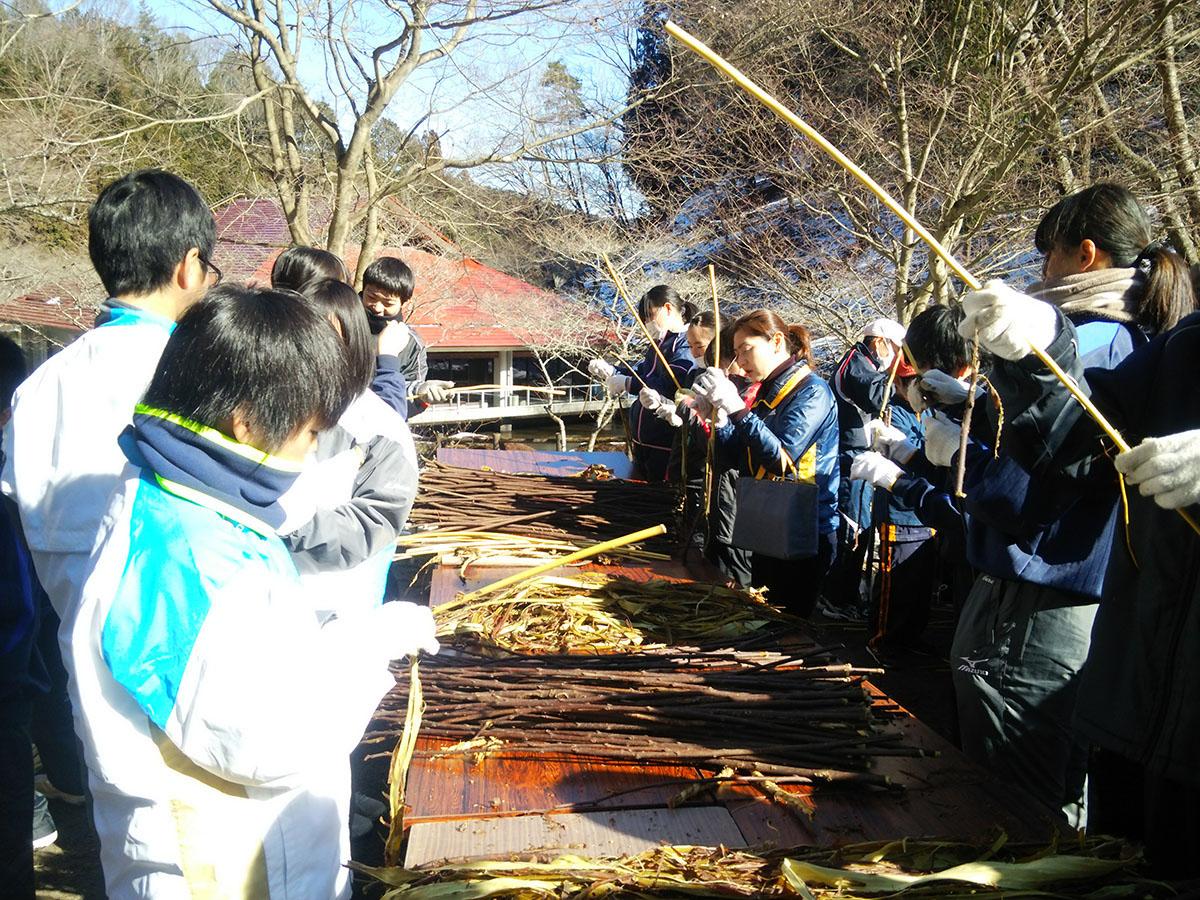
Kanzokashiki Washi Japanese Paper Making Experience
Obara-Area
Toyotashi Obara Paper Art Museum (Toyotashi Washi-no-Furusato) annually hosts the Kanzoka…
-
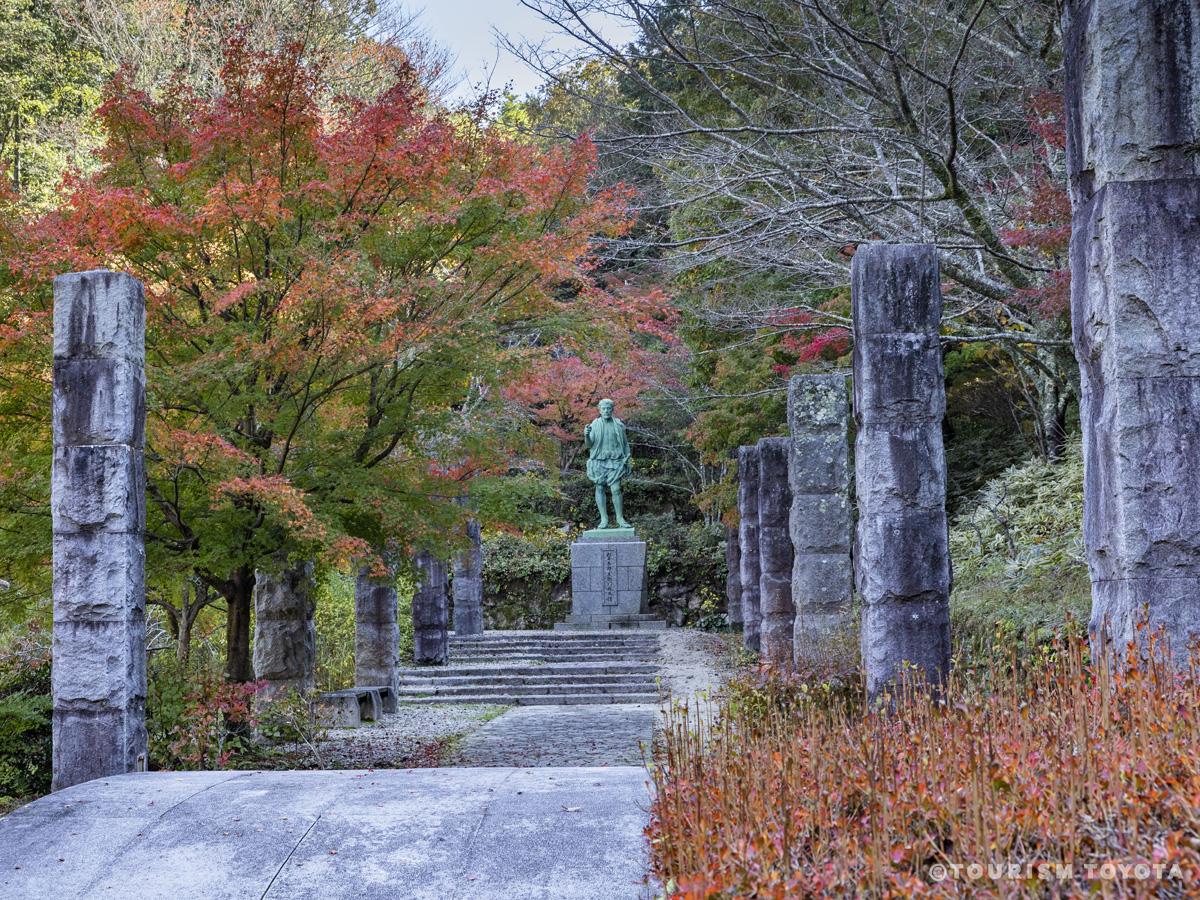
Matsudaira-go Enchi Park
Matsudaira-Area
Matsudaira-go Enchi Park is a five-acre expanse of greenery next to the main road in the …
-
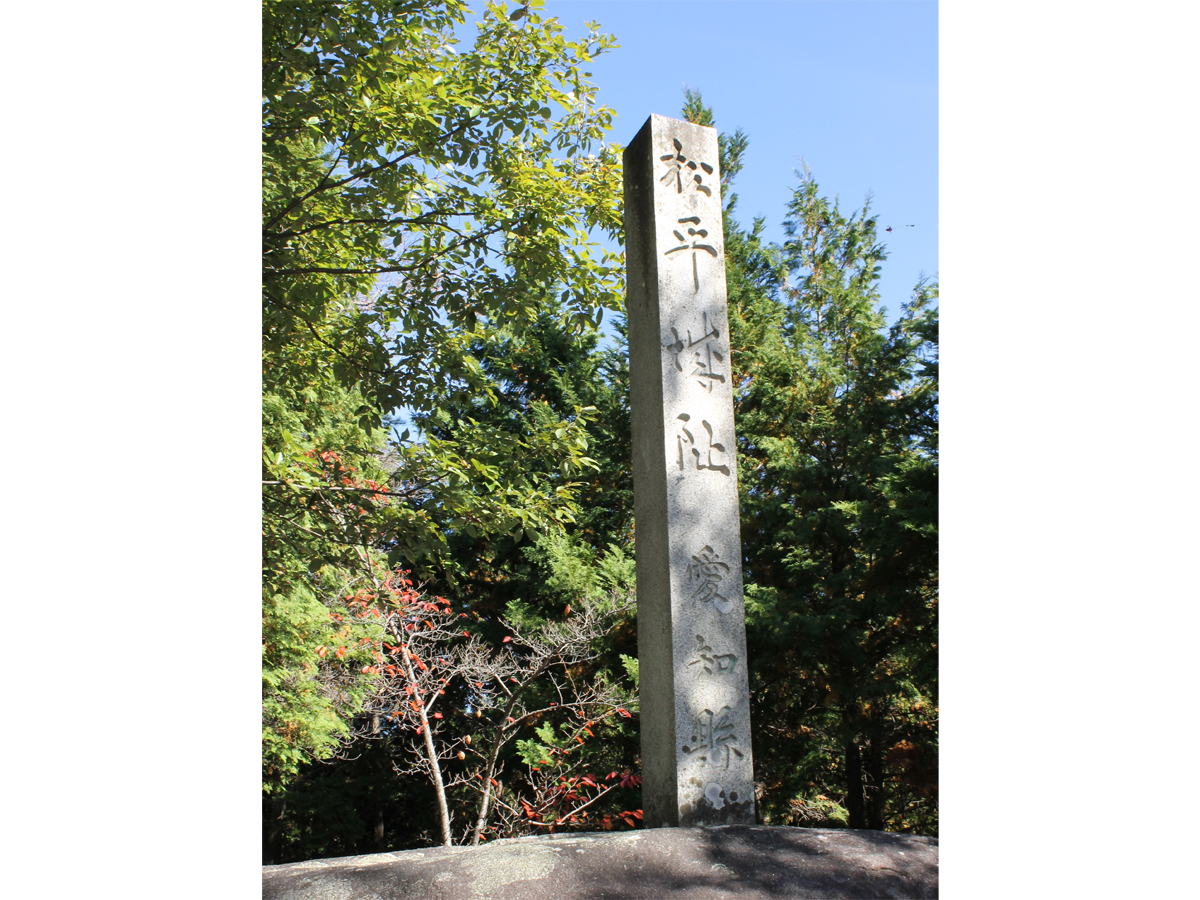
Matsudaira Castle Site
Matsudaira-Area
On a now heavily forested hill overlooking the road into the village of Matsudaira is the…
-
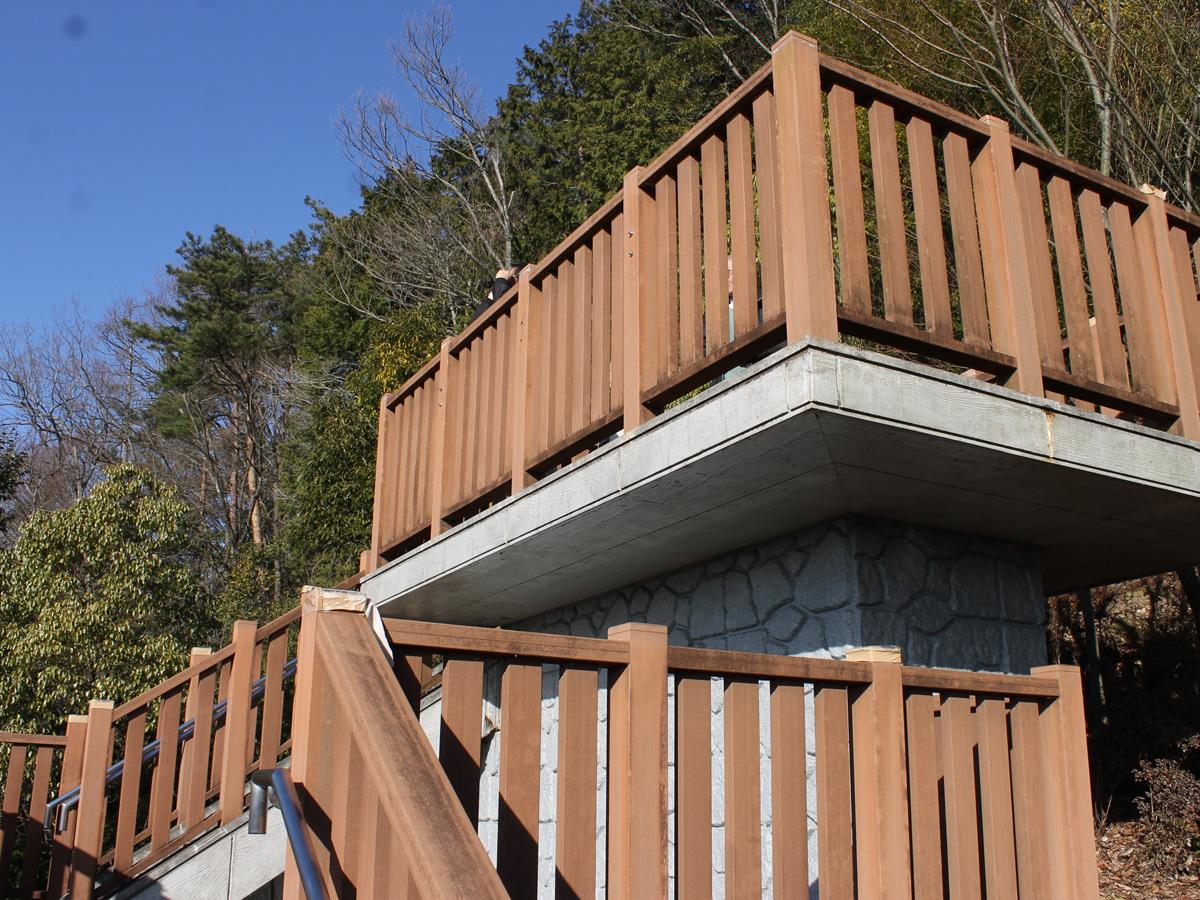
Matsudaira-go Lookout Terrace
Matsudaira-Area
-
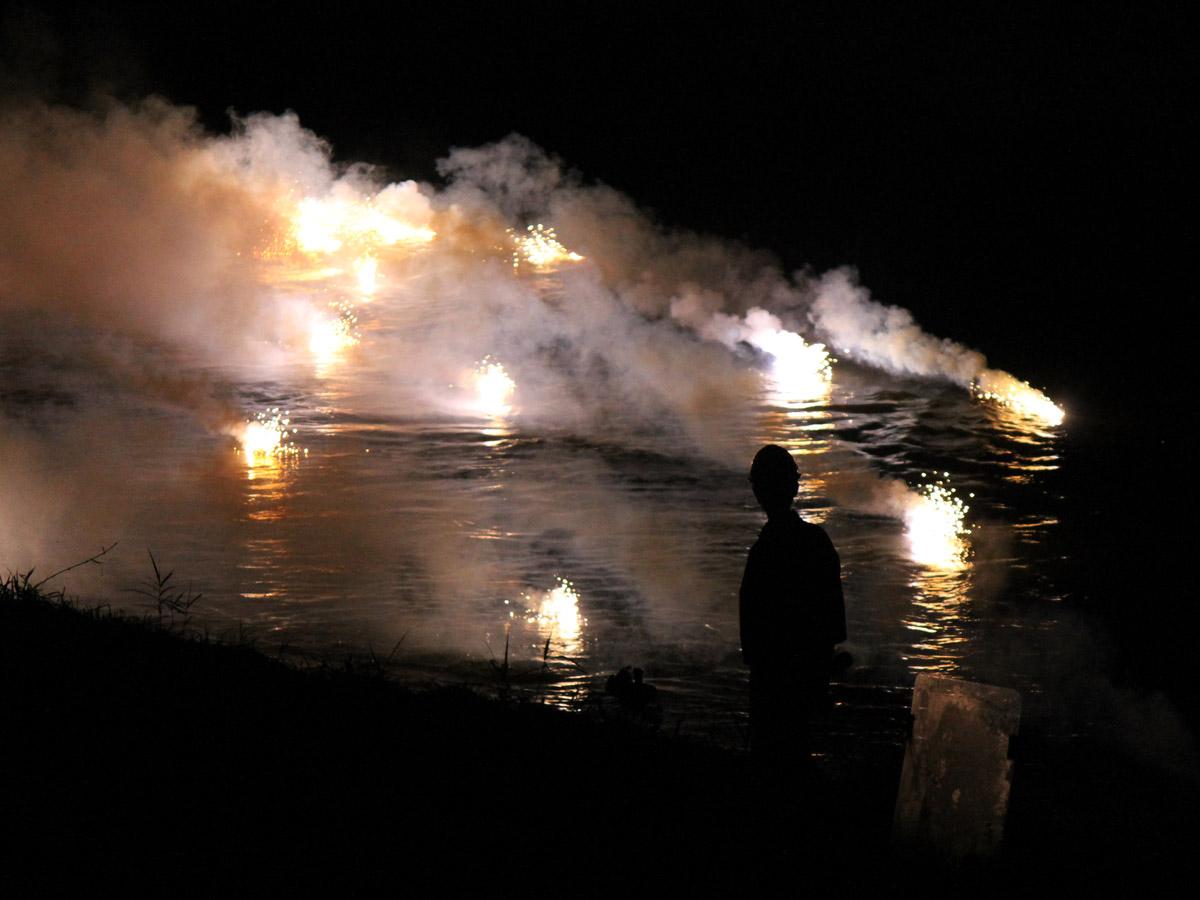
Tomoegawa Kingyo Fireworks
Matsudaira-Area
Tomoegawa Kingyo Fireworks is held annually and features an impressive display of firewor…
-
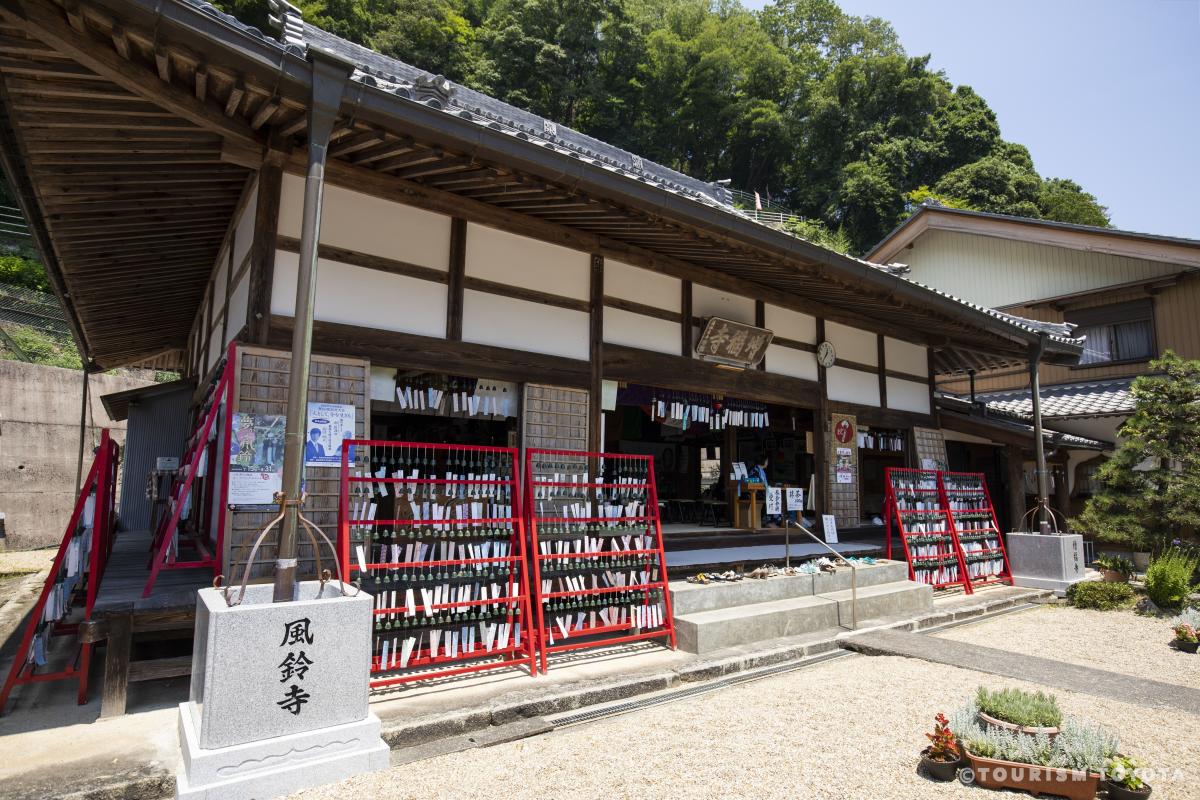
Zofukuji Temple (Furindera Temple)
Asahi-Area
Zofukuji Temple—otherwise known as “Furindera Temple”, meaning the “Wind Chime Temple”—is…
-
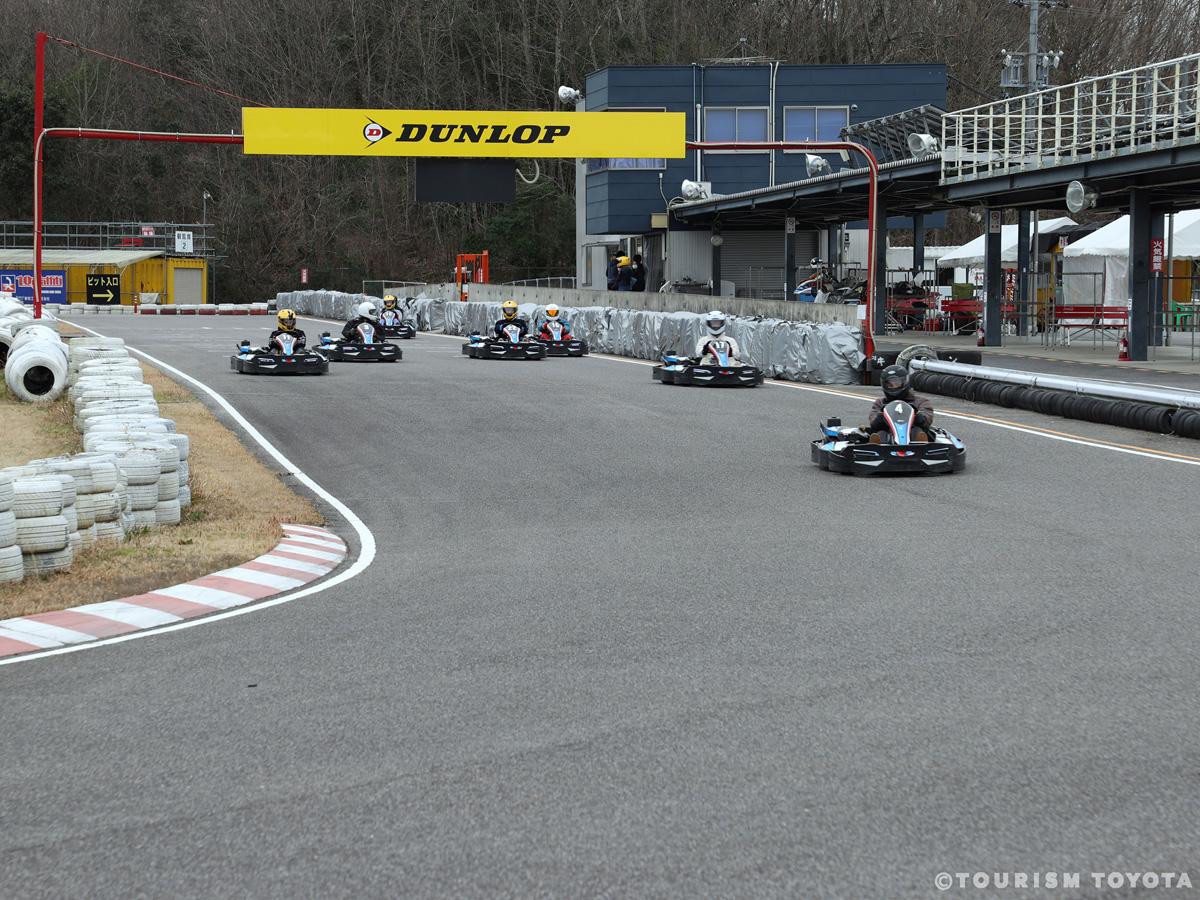
Ishino Circuit
Toyota-Area
From the rental go-kart to the helmet and gloves, everything you need for racing can be r…
-

26ism Asagiri Trail
Shimoyama-Area
Experience mountain cycling at Mikawakougen Camp Village! Intended for beginner through i…
-
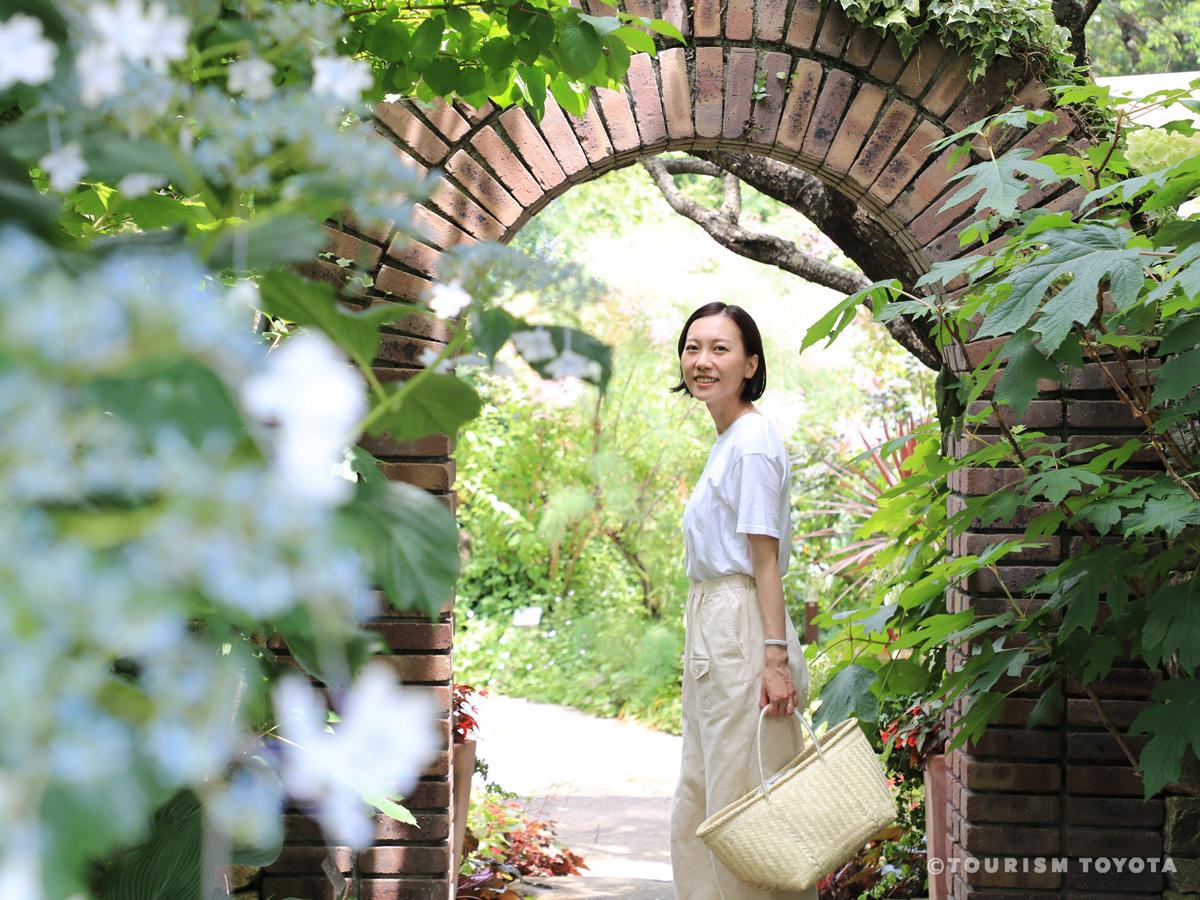
Gardening Museum Kayutei
Toyota-Area
Stroll through 28 different themed gardens, including a natural garden, a Japanese garden…
-
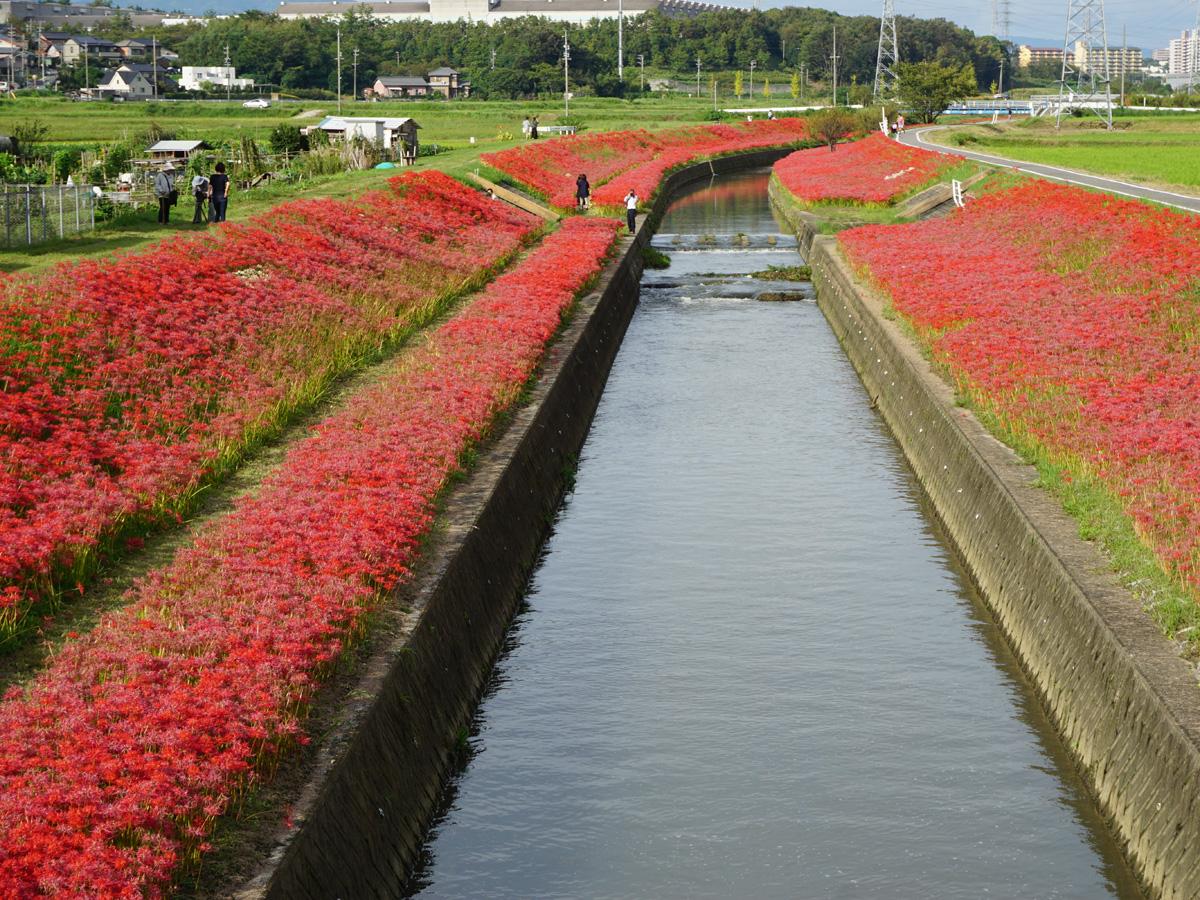
Red Spider Lilies of the Aizumame River
Toyota-Area
Approximately 450 meters of red spider lilies bloom on both banks of the Aizumame River i…
-
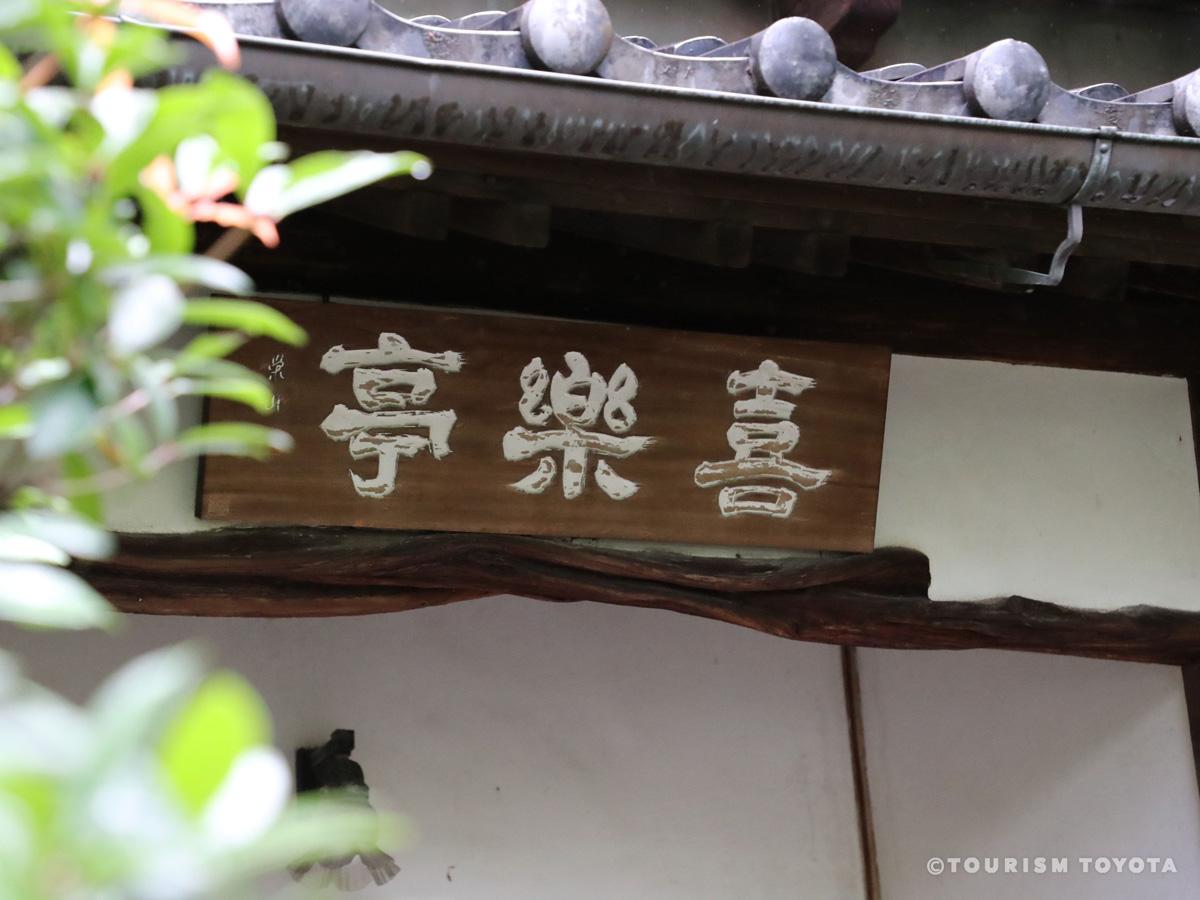
Kirakutei
Toyota-Area
Located inside the grounds of the Toyota Sangyo Bunka Center, Kirakutei is a modern Japan…
-

Matsuzakaya Toyota
Toyota-Area
Only a one-minute walk from Meitetsu Toyotashi Station, the Matsuzakaya Toyota department…
-

Sasahira Workshop
Obara-Area
Sasahira Workshop holds classes on making artistic handicrafts with lacquer or Japanese w…
-

WOODEALER Toyota
Toyota-Area
At WOODEALER Toyota, Japanese cypress, Japanese cedar, and spicebush foliage from woods i…
-
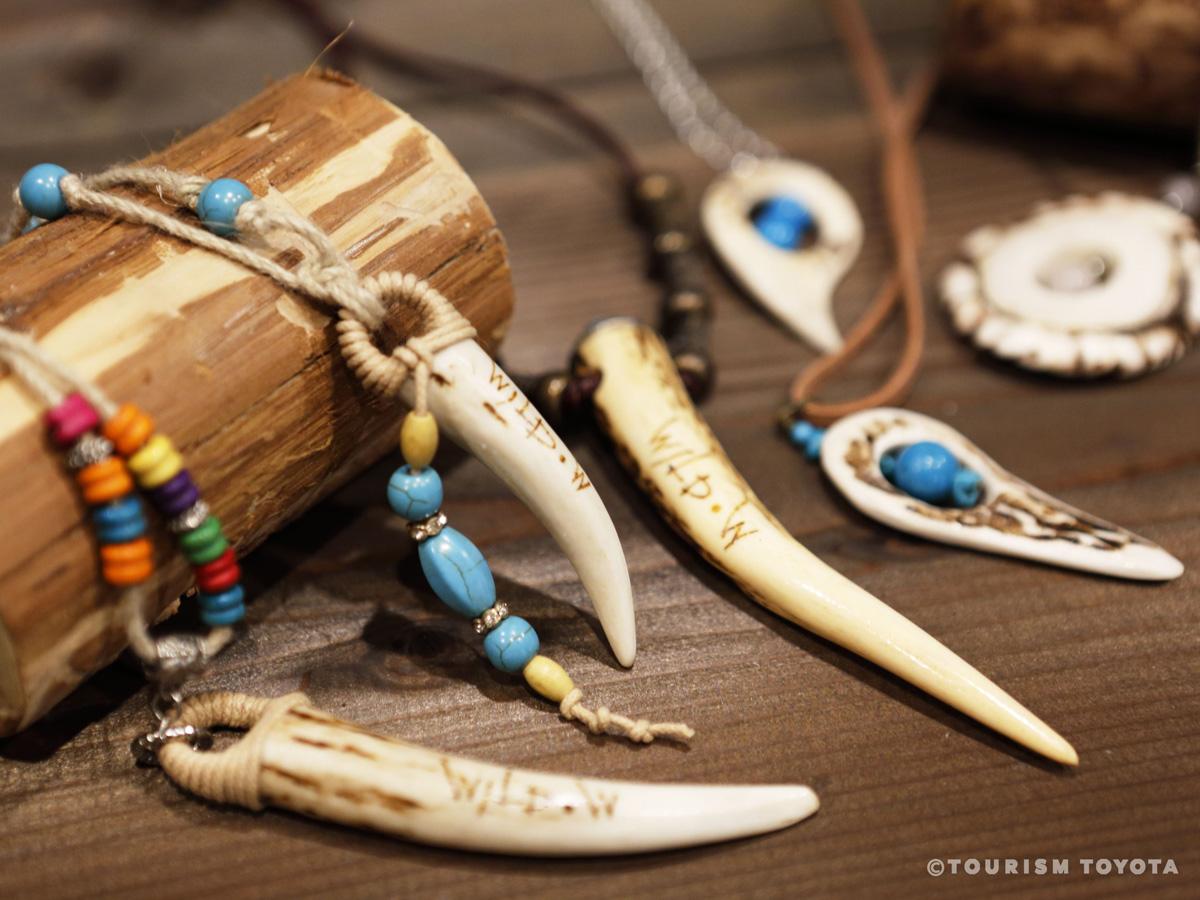
Sanshu Shishi Mori Shachu
Asuke-Area
Sanshu Shishi Mori Shachu is a workshop and gallery offering a range of accessory and cra…
-
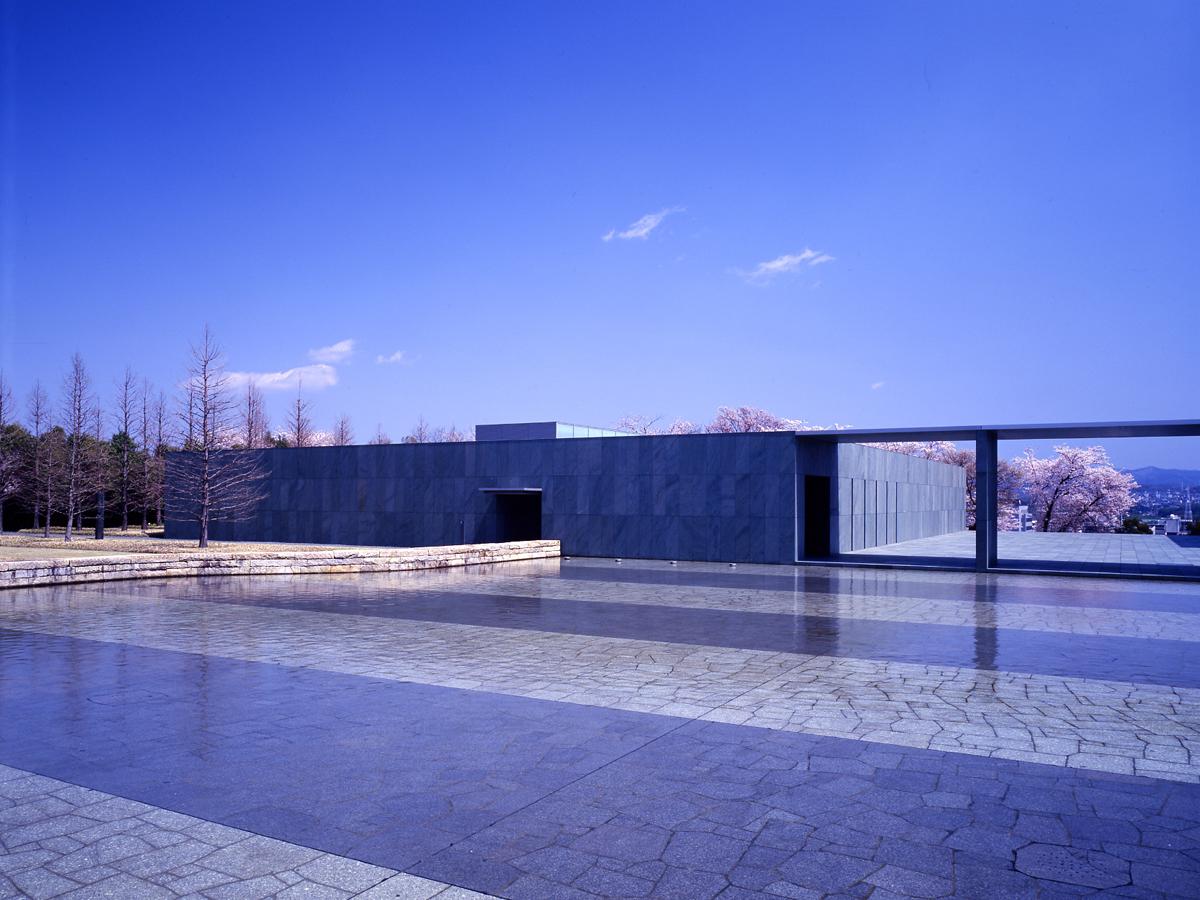
Toyota Municipal Museum of Art: Takahashi Setsuro Gallery
Toyota-Area
-

Gustav Klimt: Vienna - Japan 1900
Toyota-Area
The Gustav Klimt: Vienna – Japan 1900 exhibition takes place at the Toyota Municipal Muse…
-

Karen-no-Yakata Newly Reopened
Shimoyama-Area
-
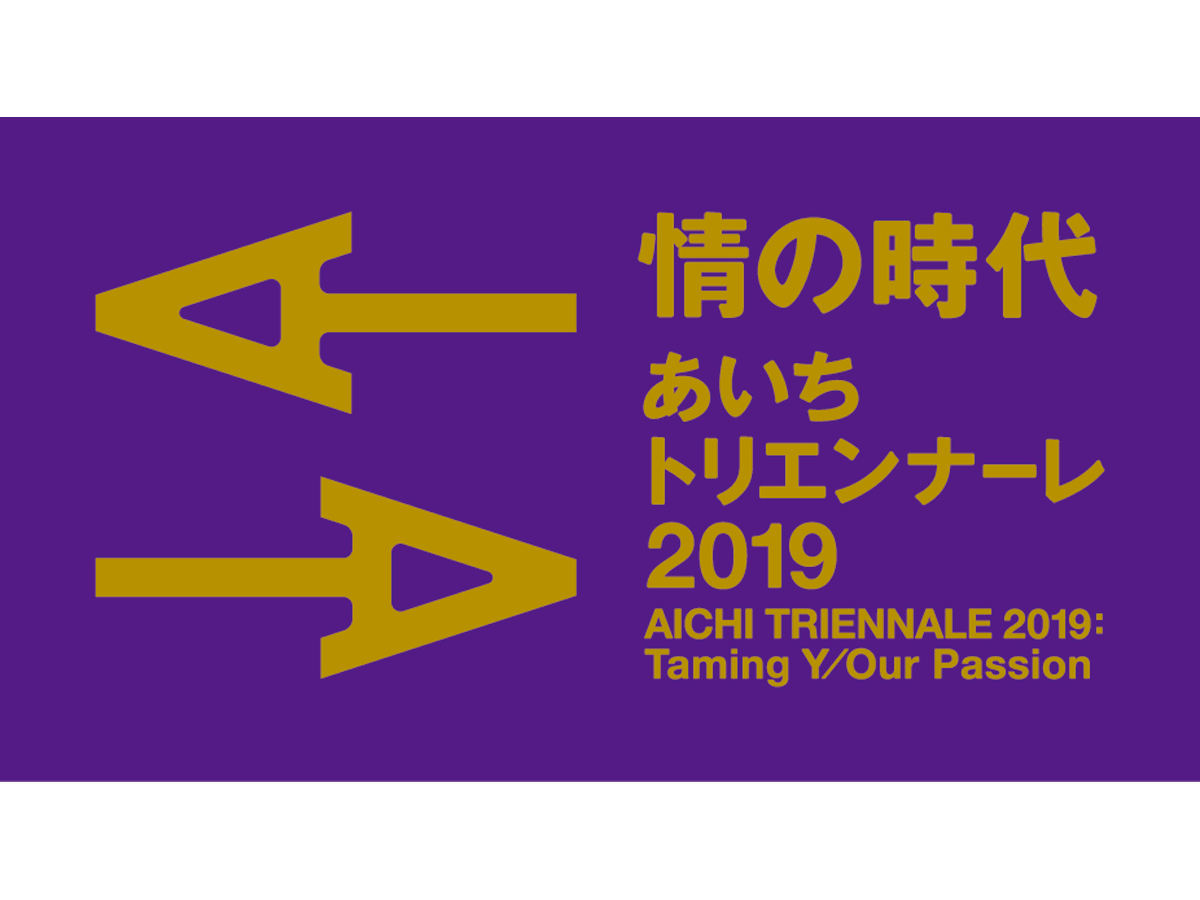
Aichi Triennale 2019
Toyota-Area
One of the largest international contemporary art festivals in Japan, the Aichi Triennale…
-
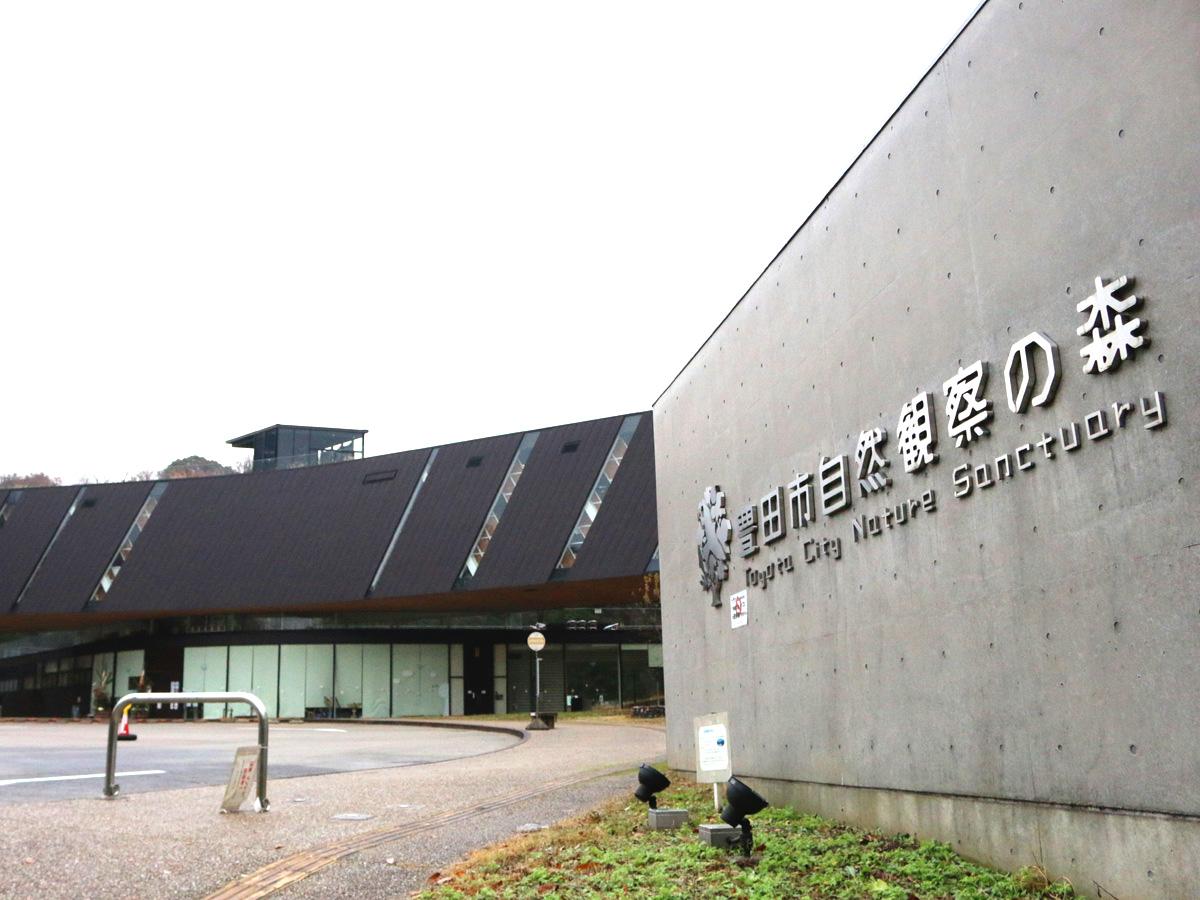
Toyota City Nature Sanctuary
Toyota-Area
At Toyota Nature Sanctuary you can get close to nature, learn about the natural world, an…
-

Grand Opening of "Kawa-no-Ne" within Country Restaurant Keiryuusou!
Asahi-Area
-

World Rally Championships Japan Round "Rally Japan 2020"
Wide-Area
The World Rally Championship (WRC) run by the Federation Internationale de l’Automobile (…
-
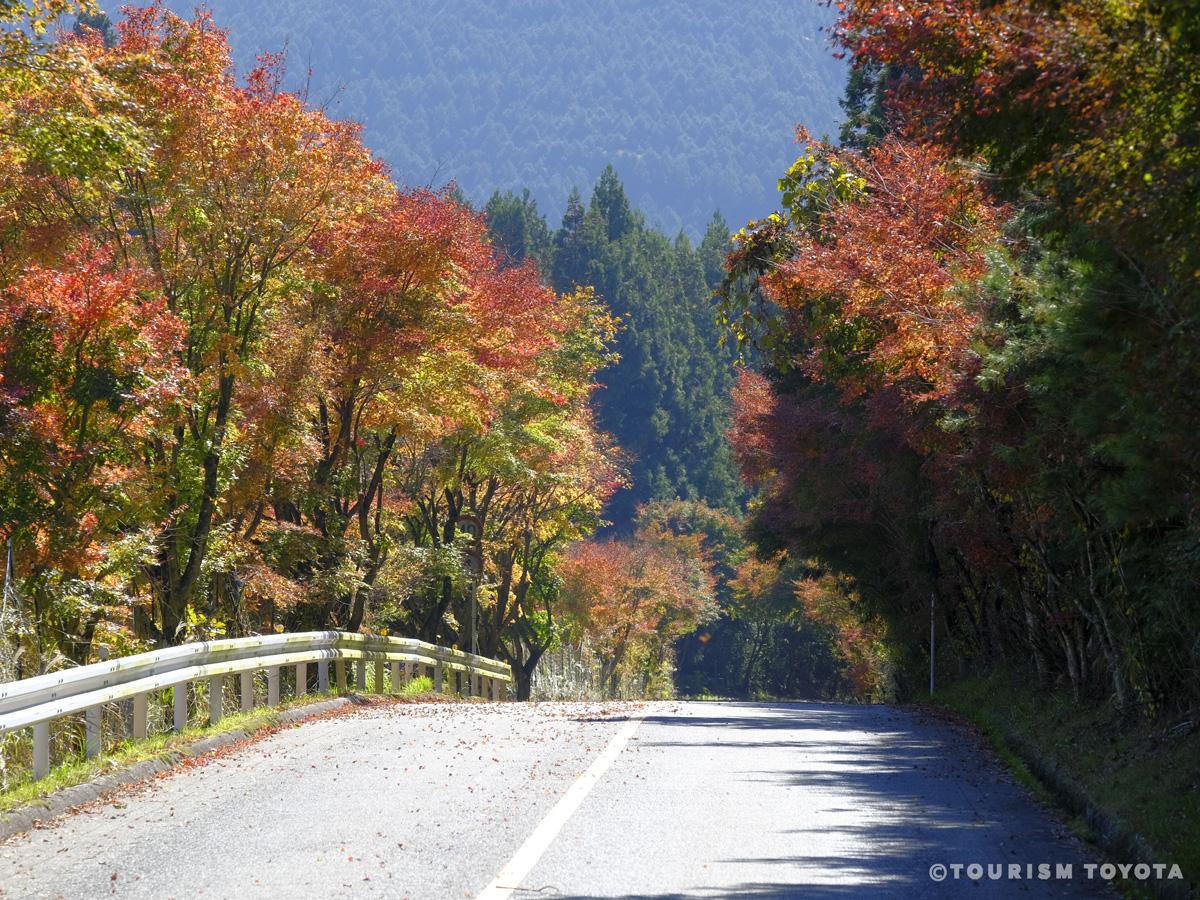
Maple Leaves Road (Momiji Kaido)
Shimoyama-Area
Located in the Shimoyama area of Toyota City, Maple Leaves Road (Momiji Kaido), is a stre…
-
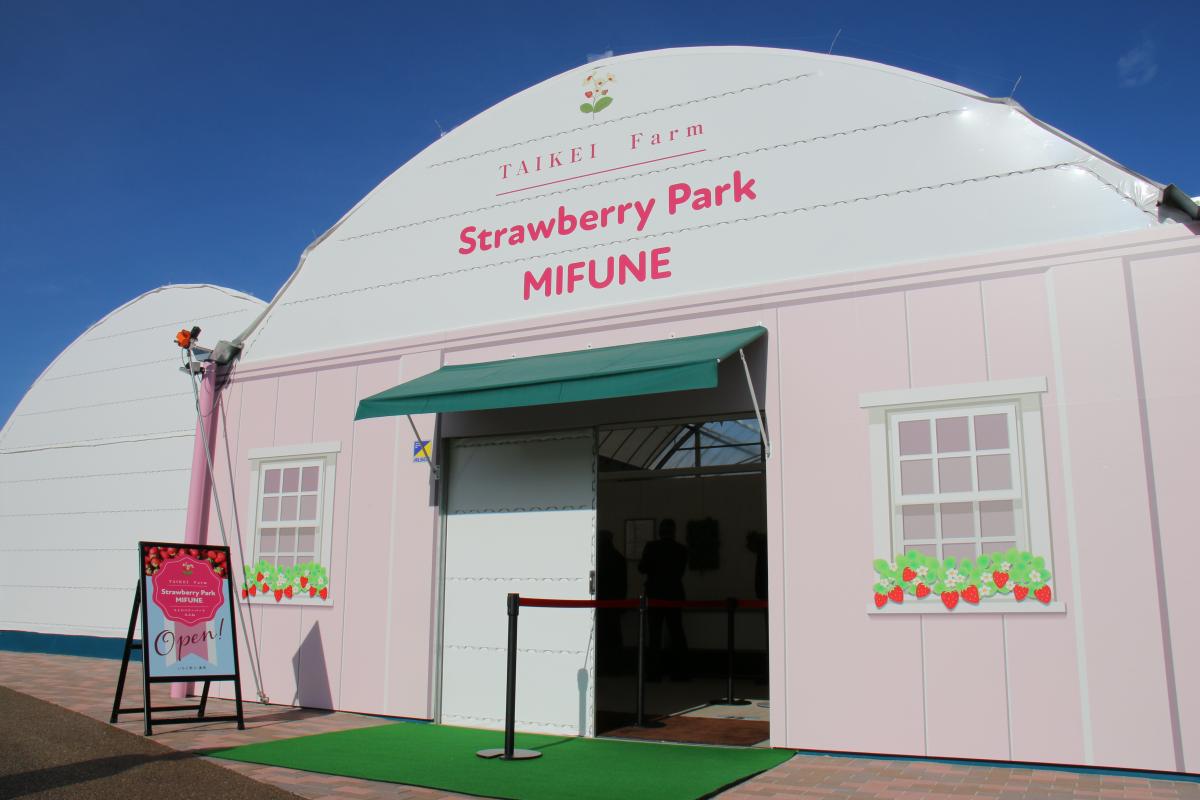
Strawberry Park MIFUNE
Toyota-Area
Strawberry Park MIFUNE offers simple strawberry picking from elevated beds on concrete fl…
-
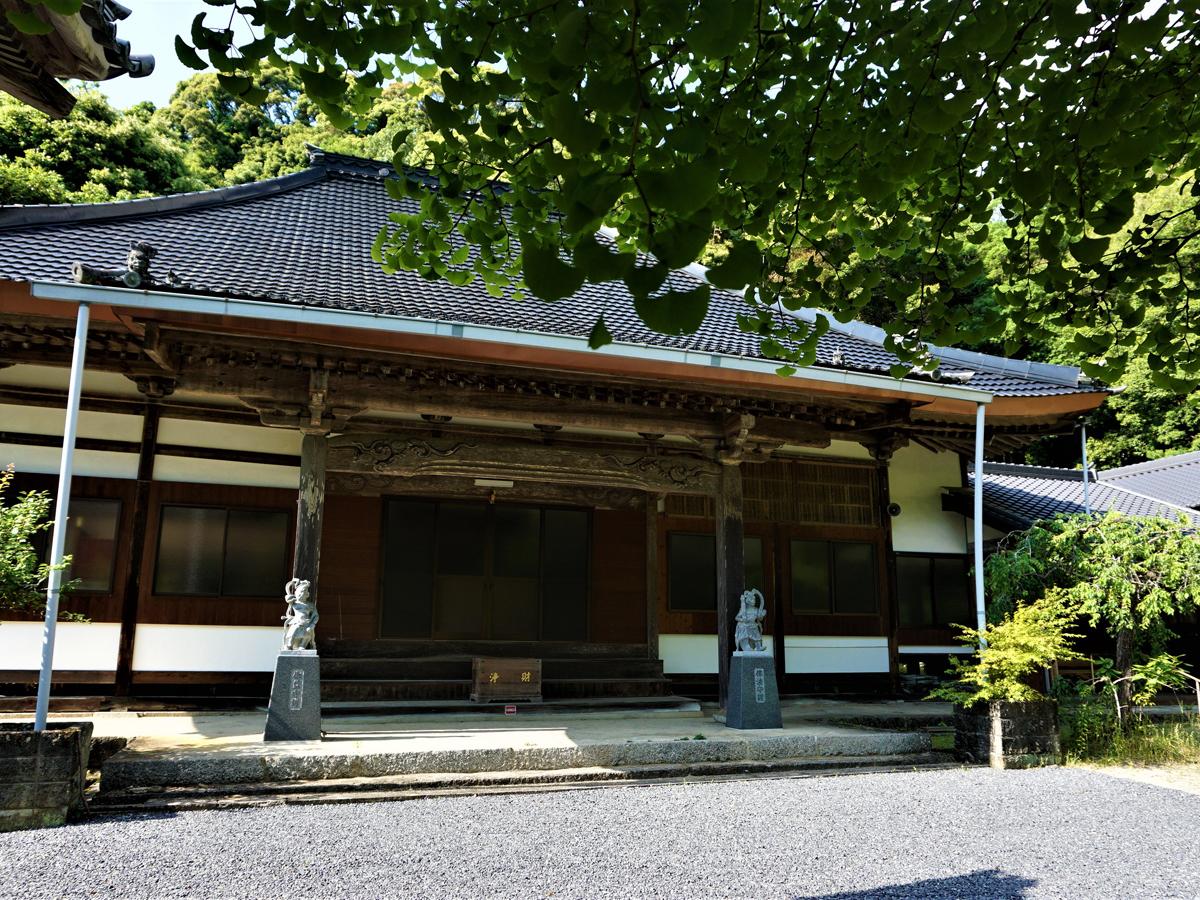
Myoshoji Temple
Matsudaira-Area
Myoshoji is a small Soto Zen temple with deep ties to the Matsudaira samurai family that …
-
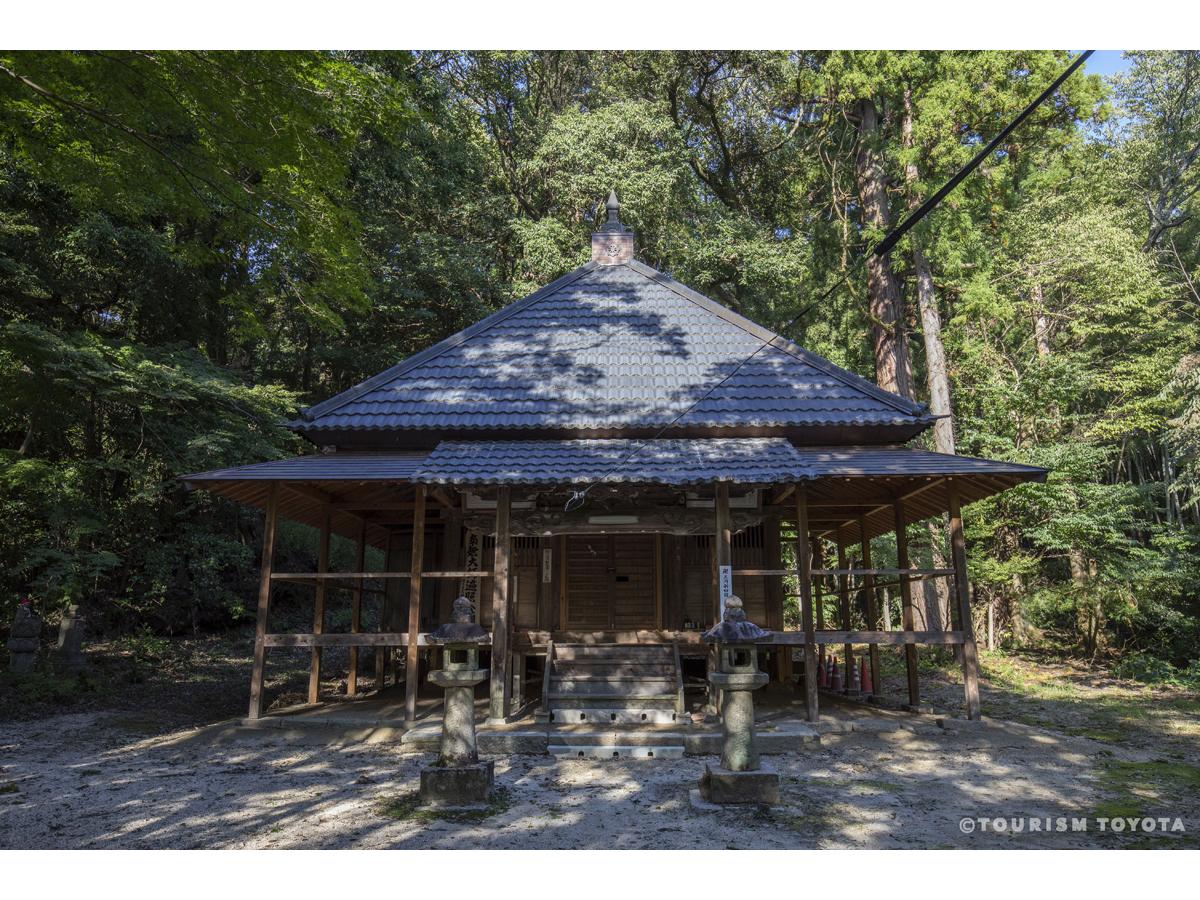
Yamanaka Kannondo Hall
Toyota-Area
Yamanaka Kannondo Hall at Sanage Shrine serves as a quiet reminder of how Shinto and Budd…
-
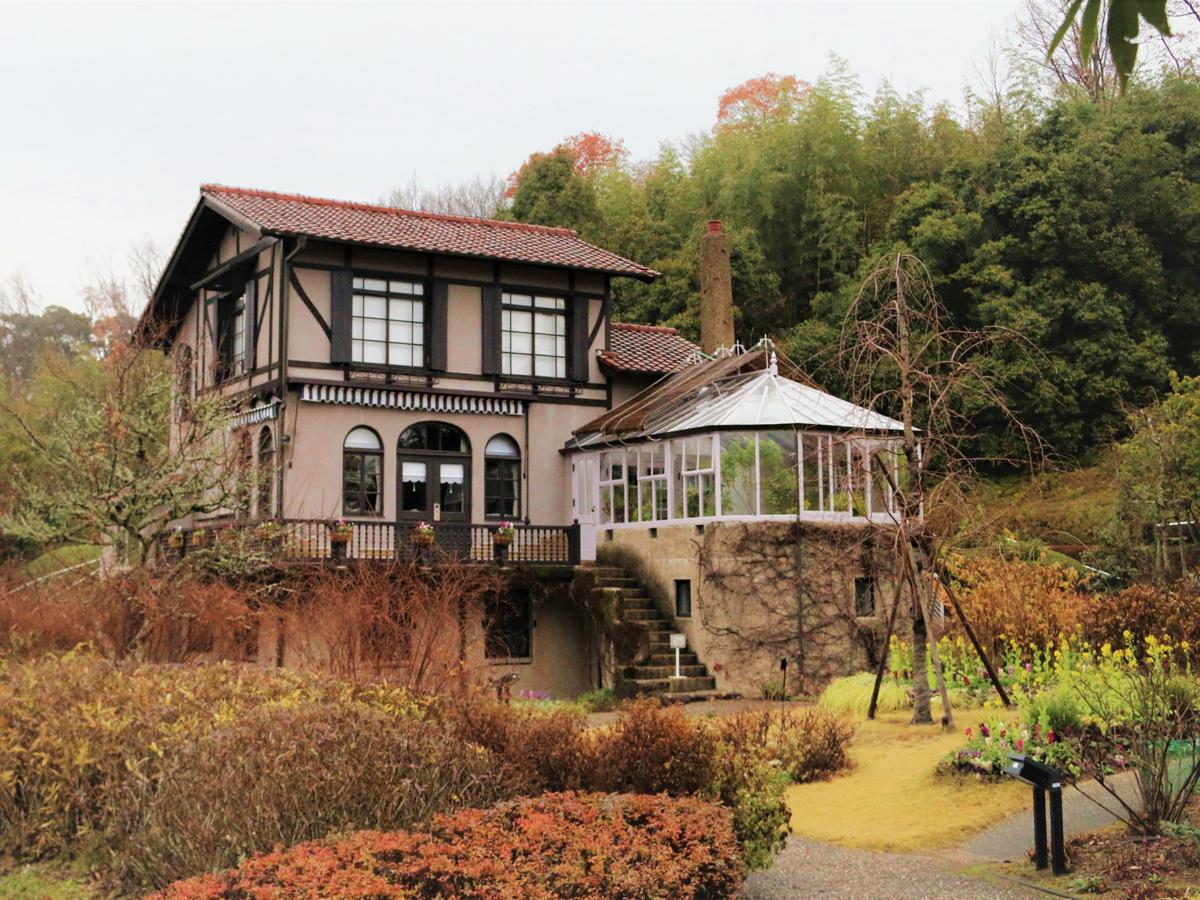
Toyoda Kiichiro’s Former Residence
Toyota-Area
-
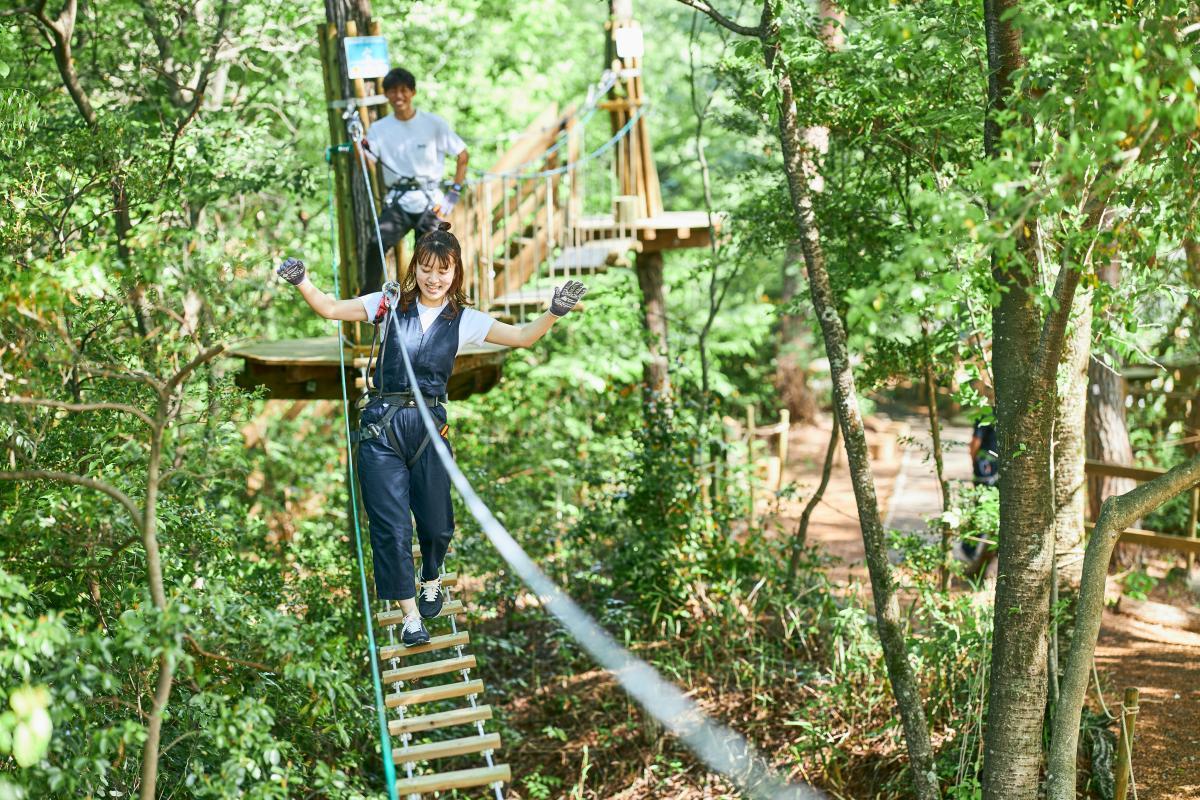
Forest Adventure TOYOTA KURAGAIKE
Toyota-Area
This adventure park allows you to walk among the forest canopy of Kuragaike Park through …
-
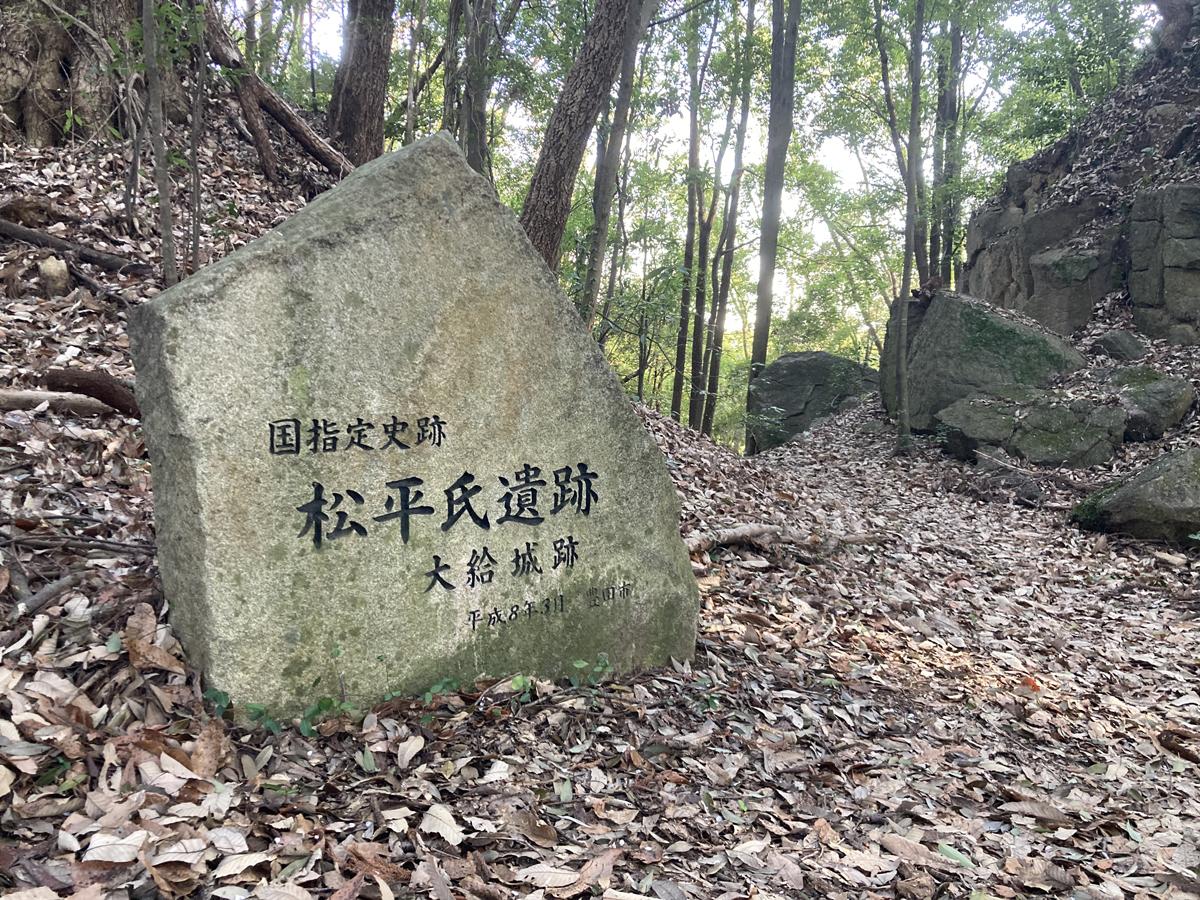
Ogyu Castle Site
Toyota-Area
Ogyu Castle was a large mountain fortress that played a significant role in local armed c…
-
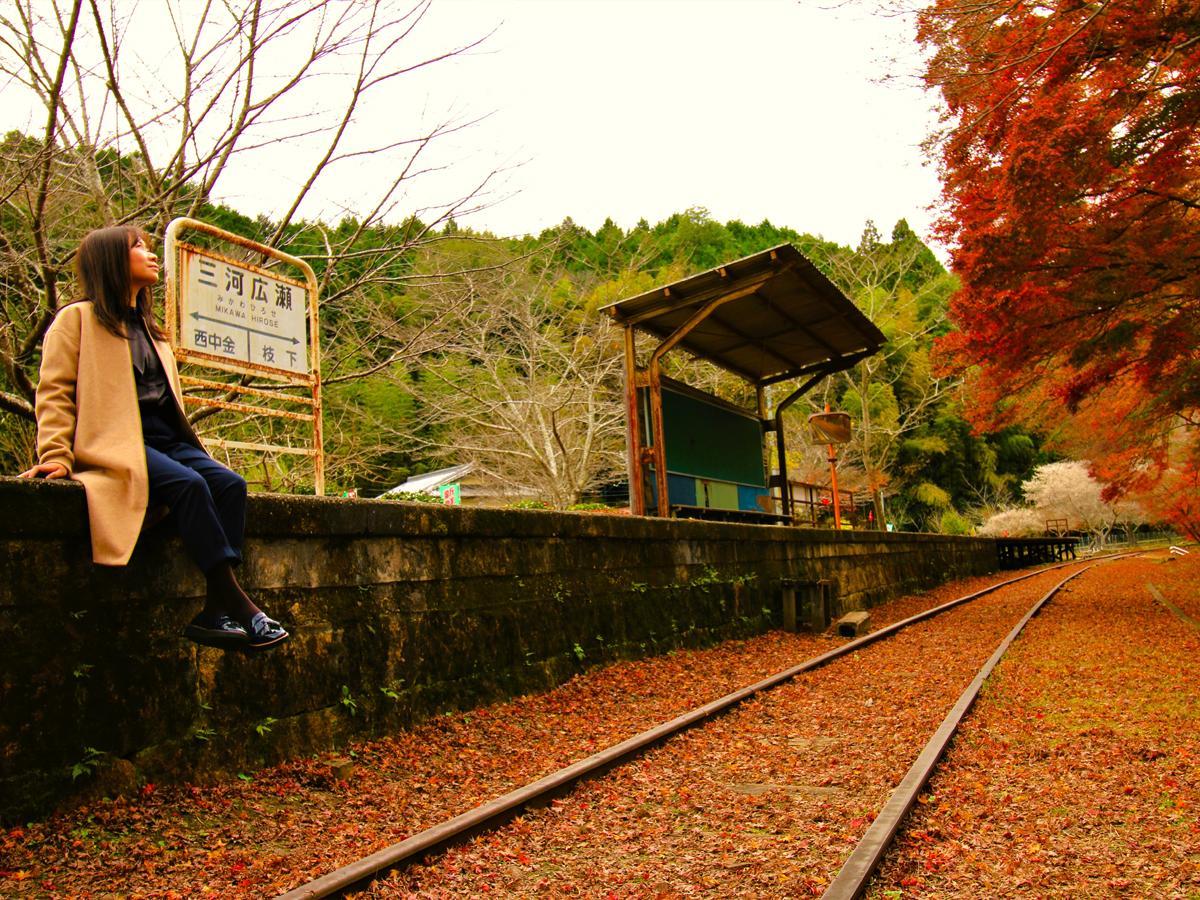
Abandoned stations along the Meitetsu Mikawa Line (Sanage Station–Nishi Nakagane Station)
Toyota-Area
Old train stations lie along the old Mikawa Line (Sanage Station–Nishi Nakagane Station) …



















